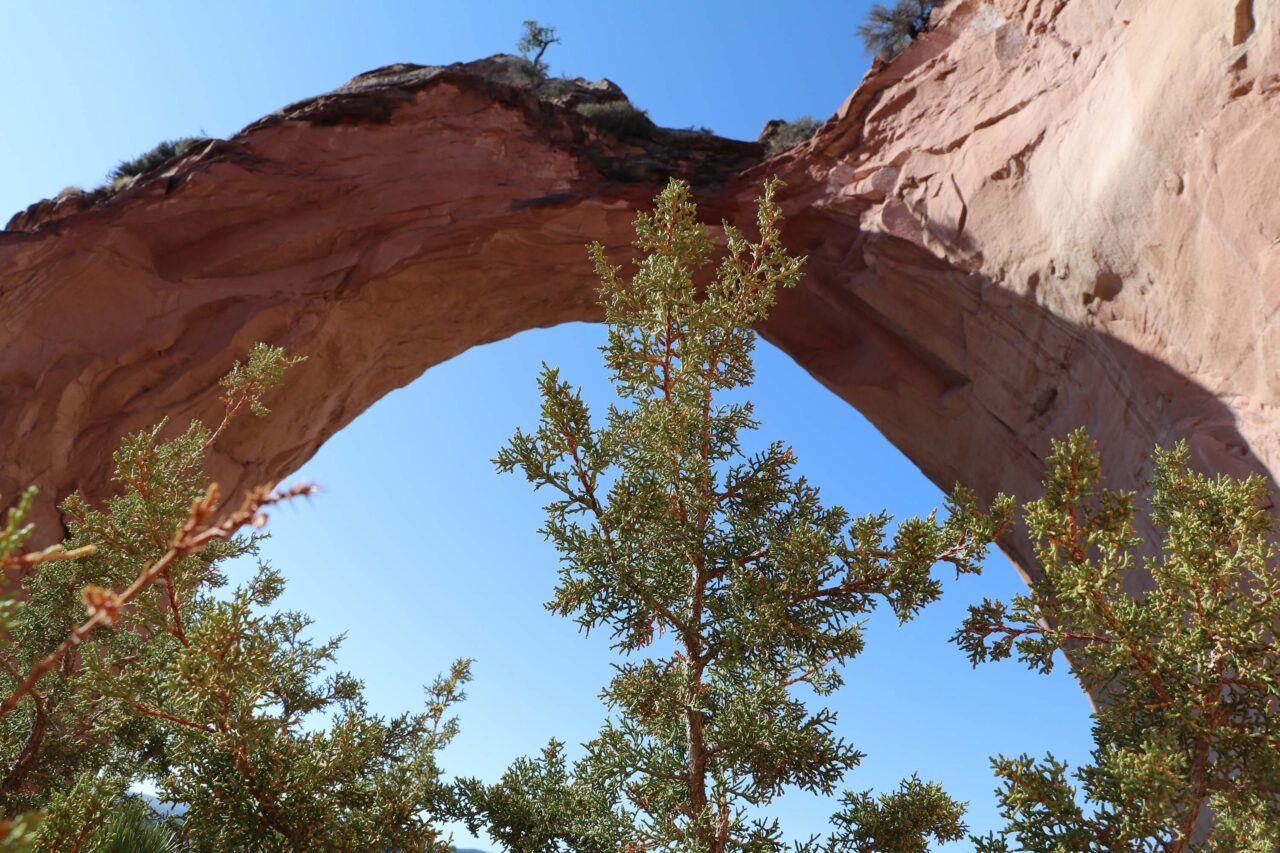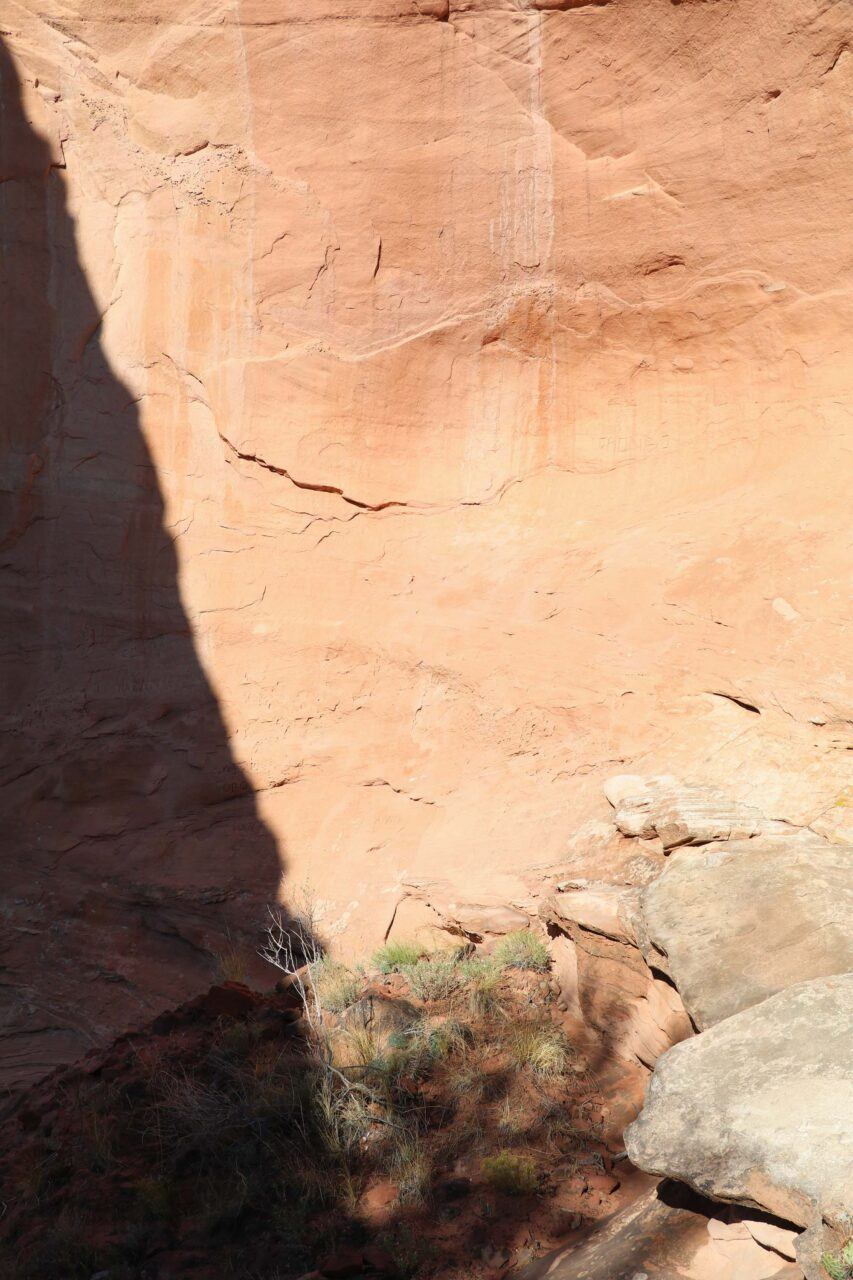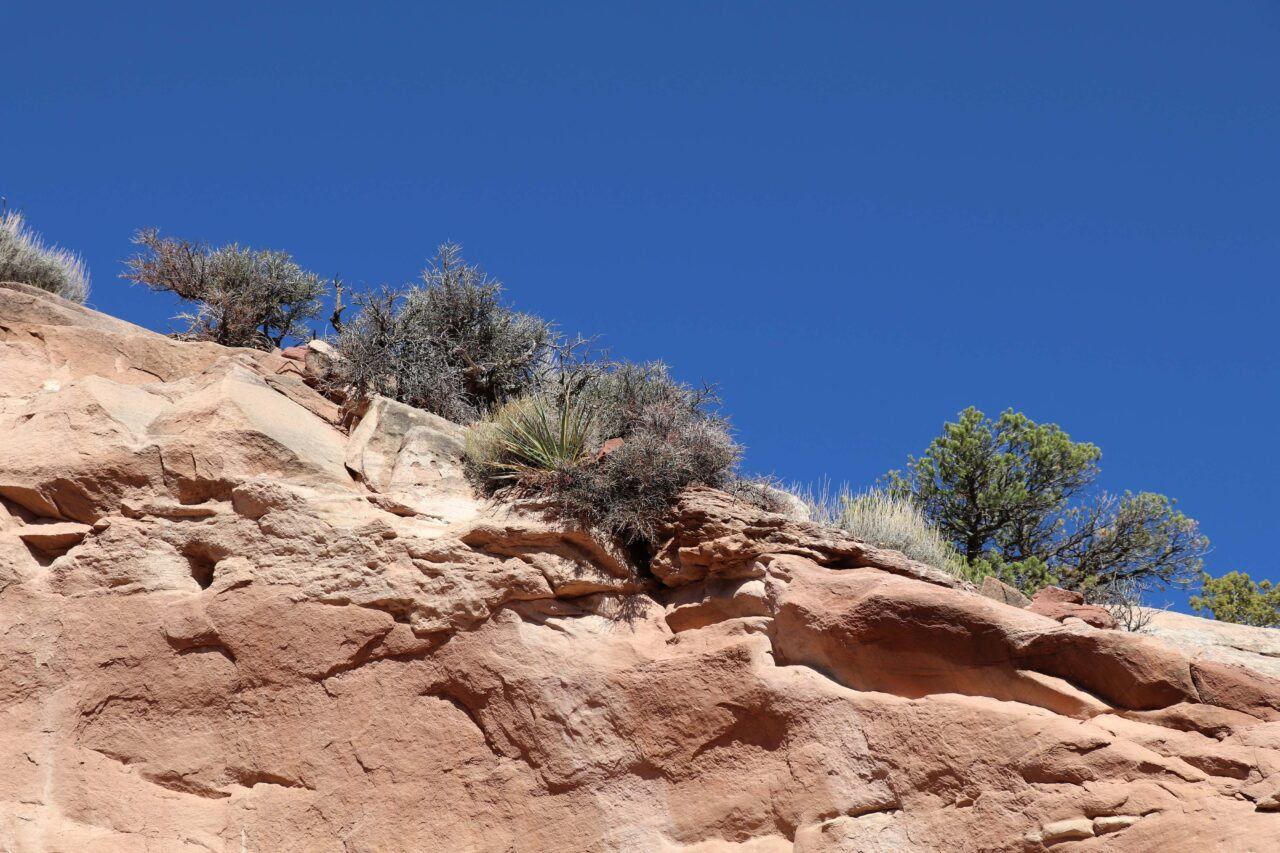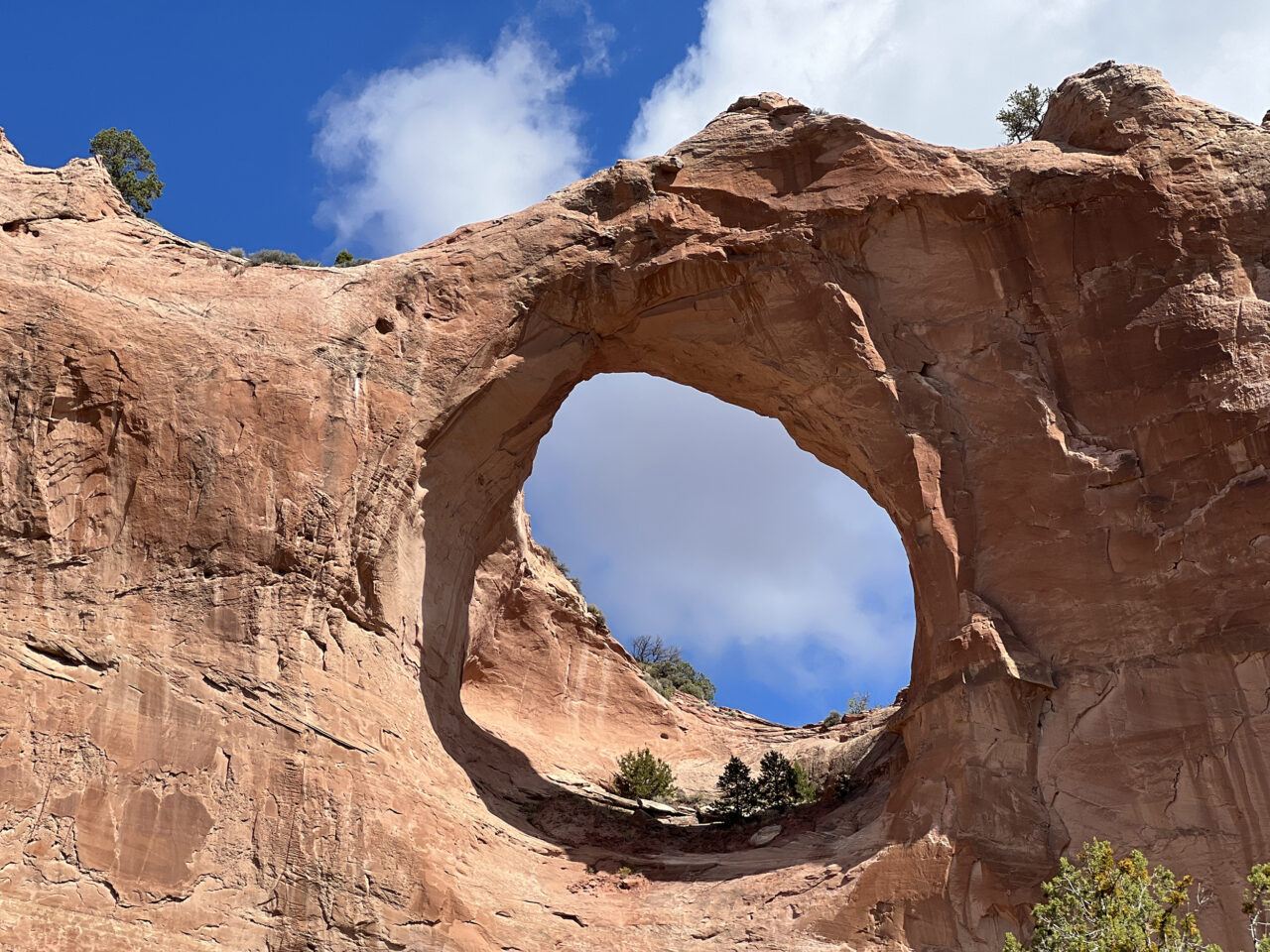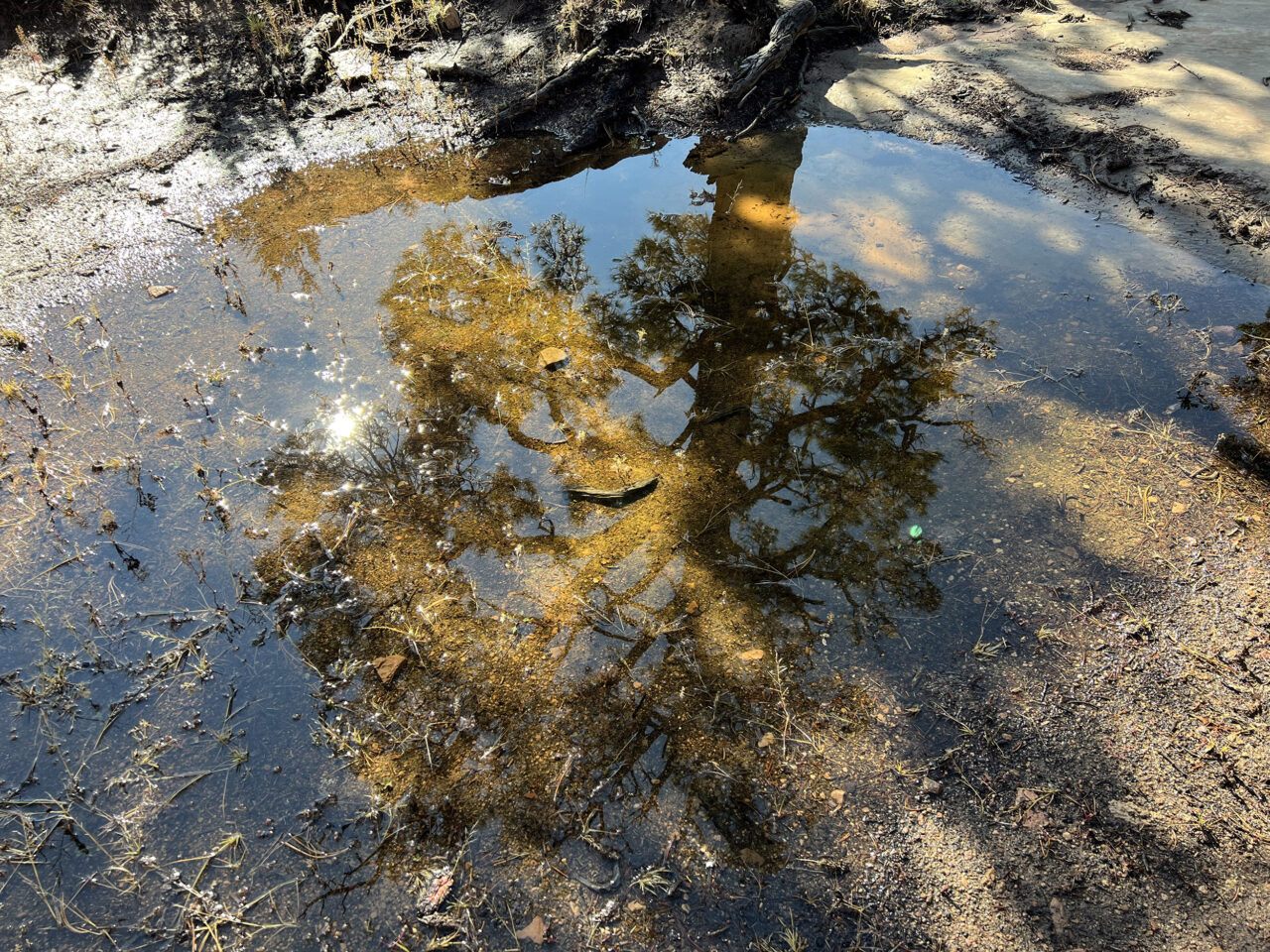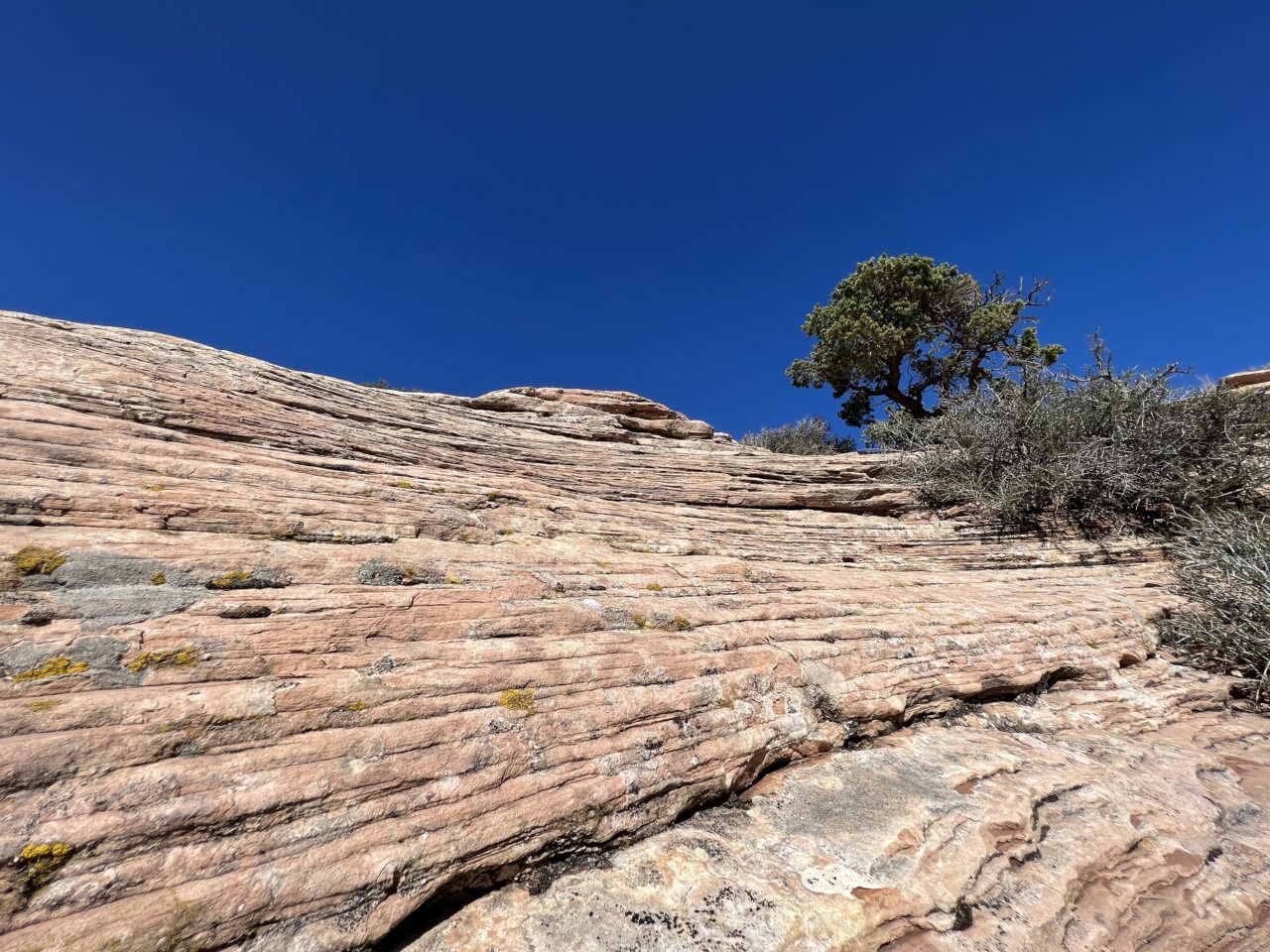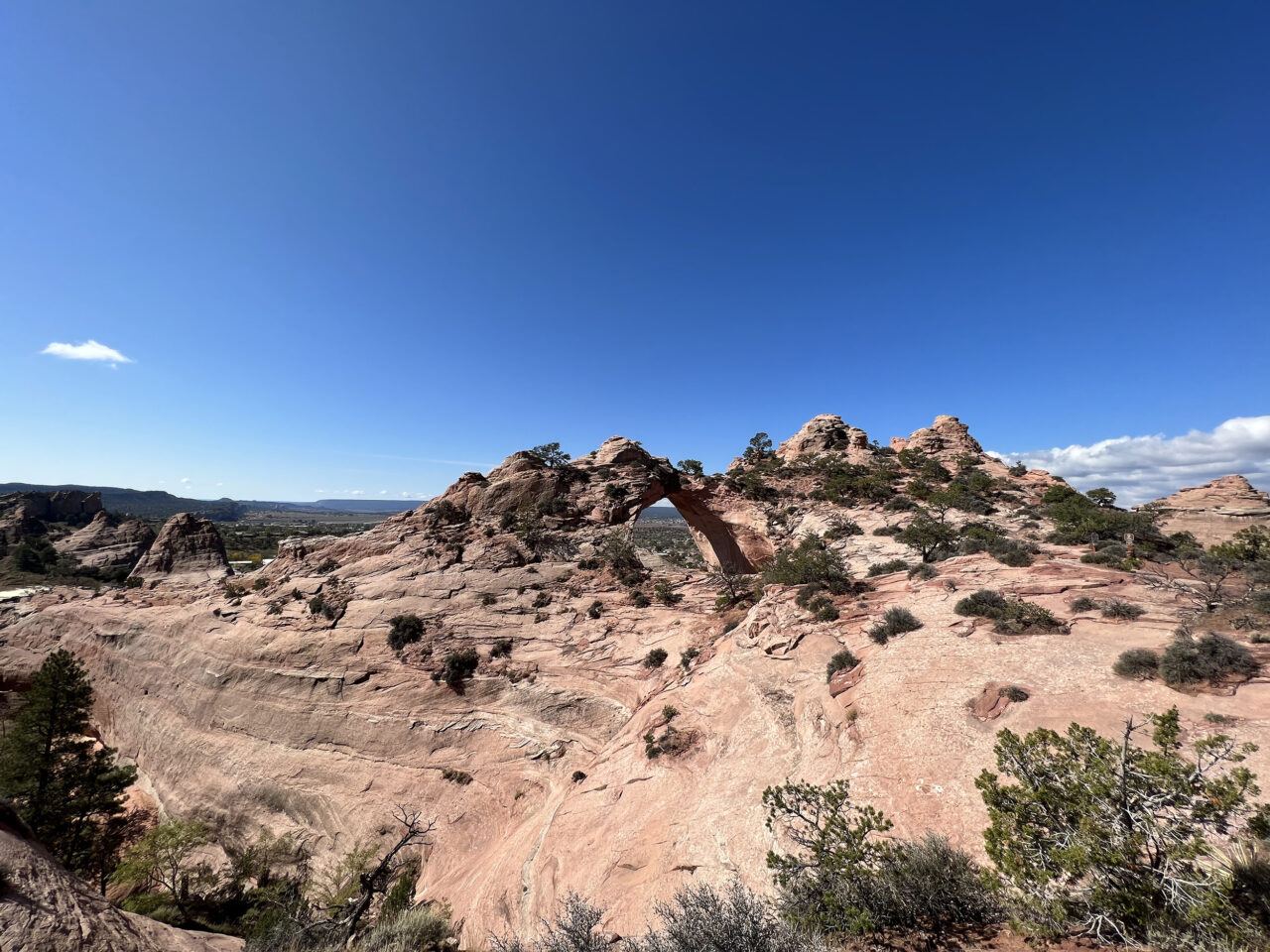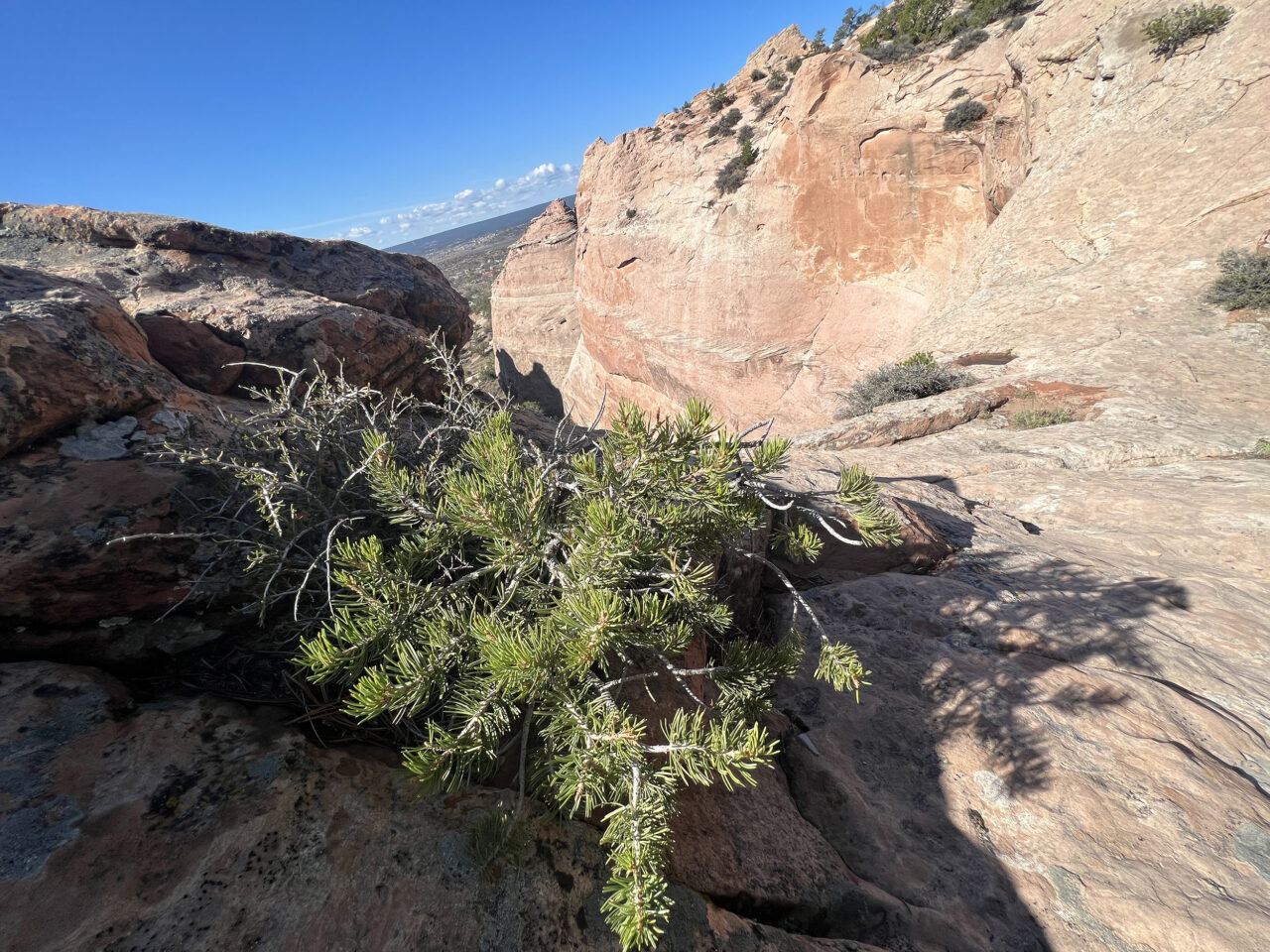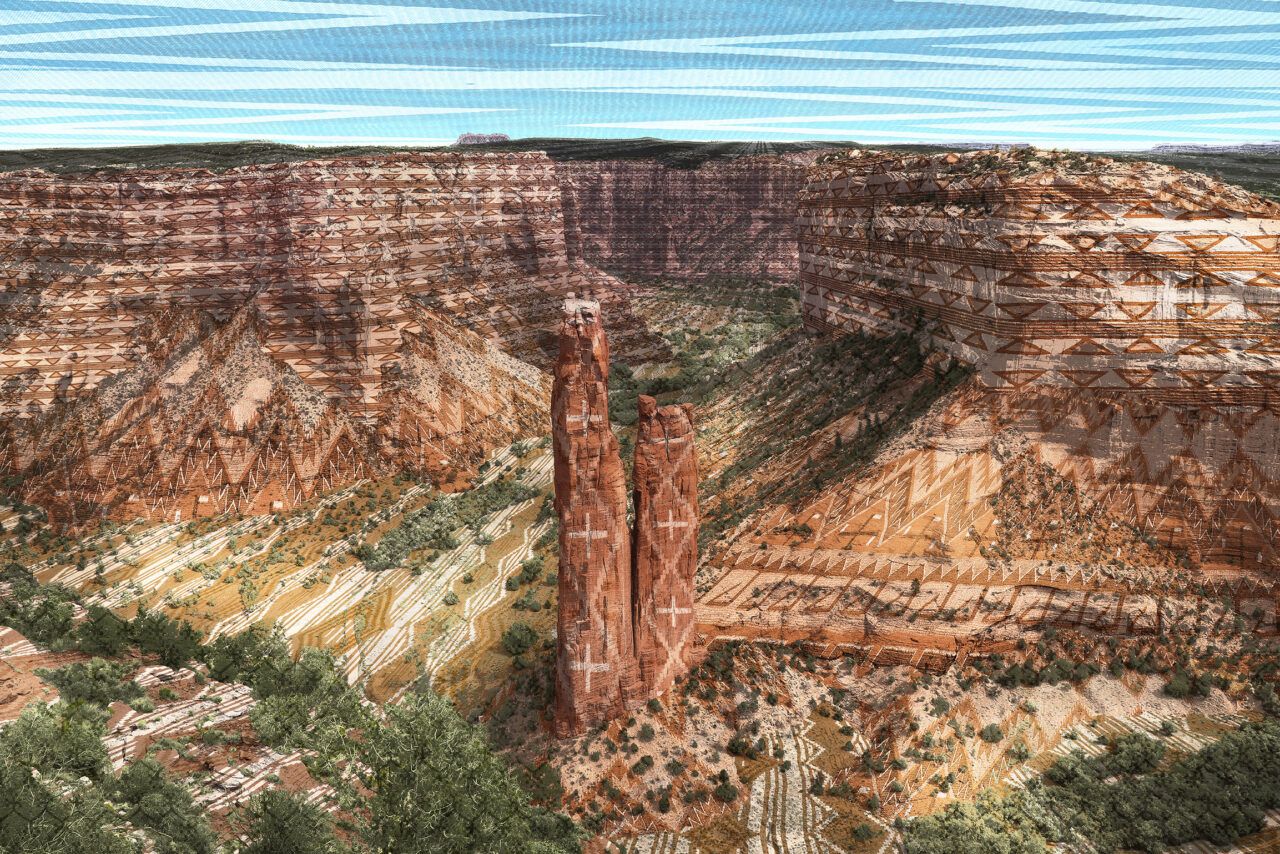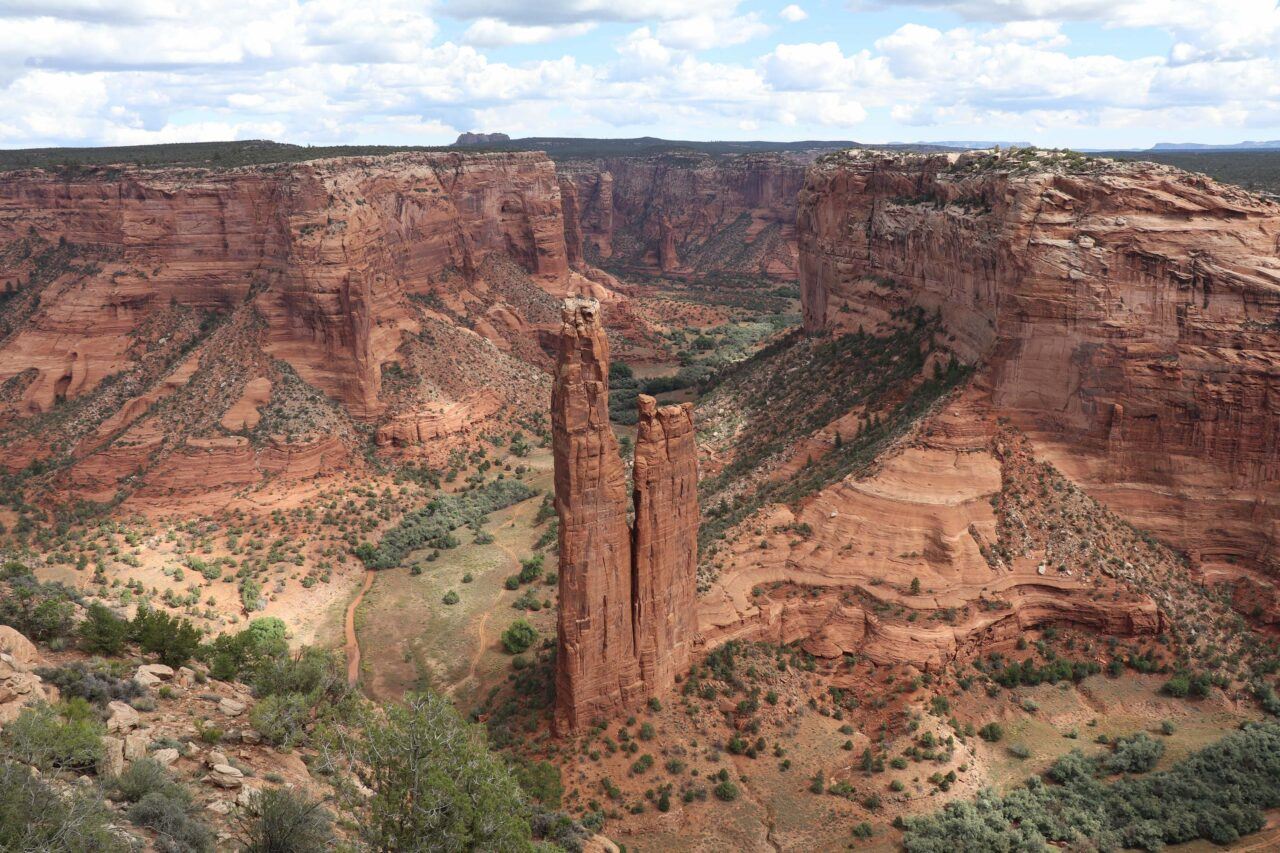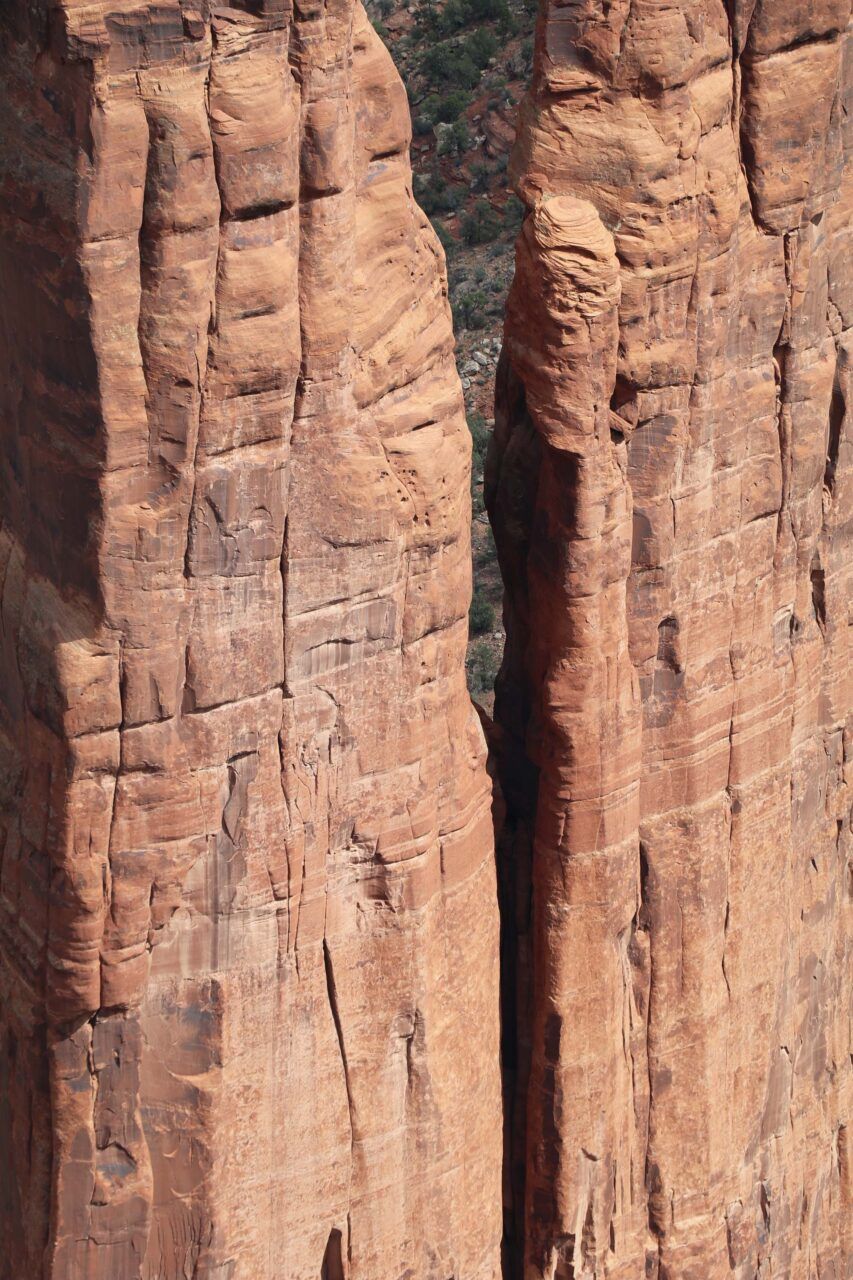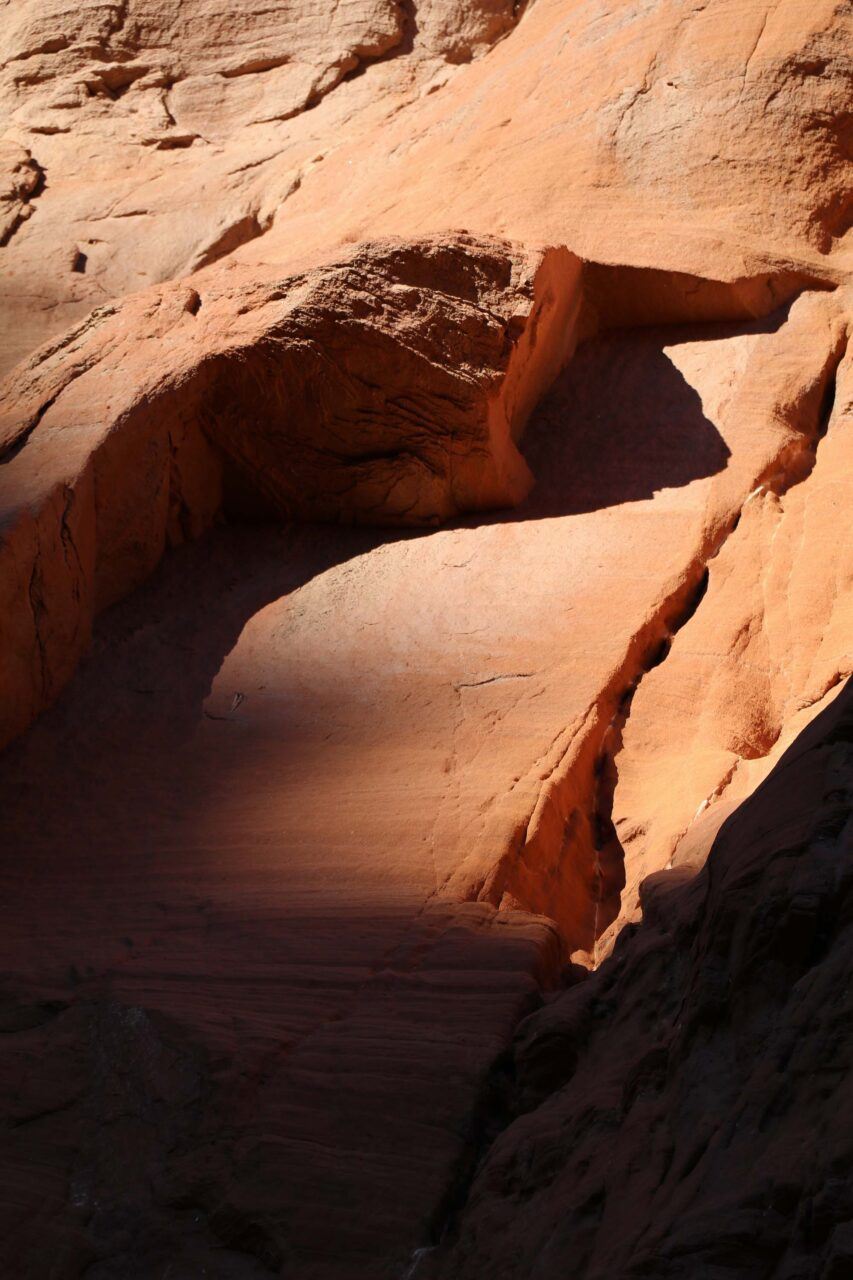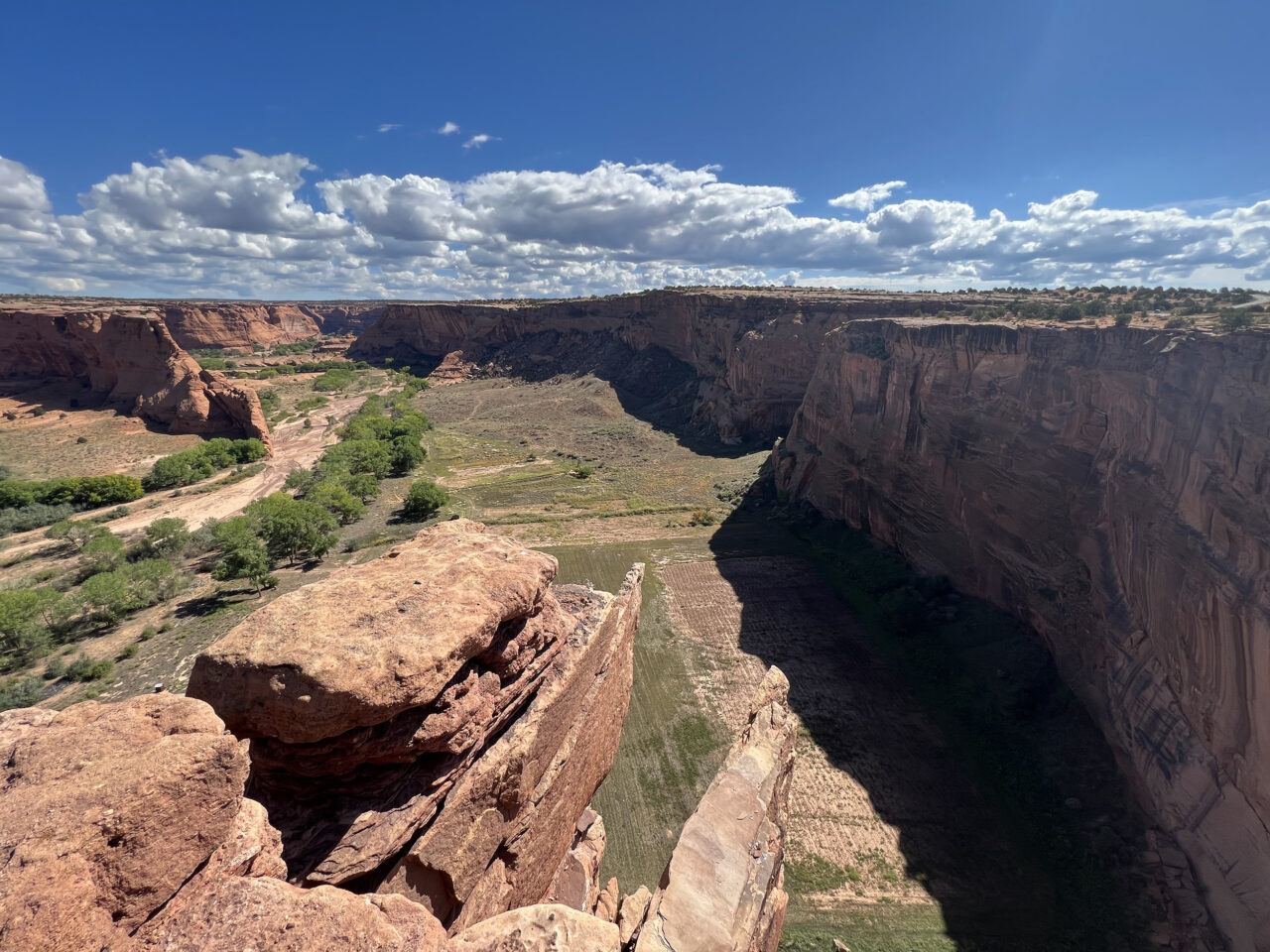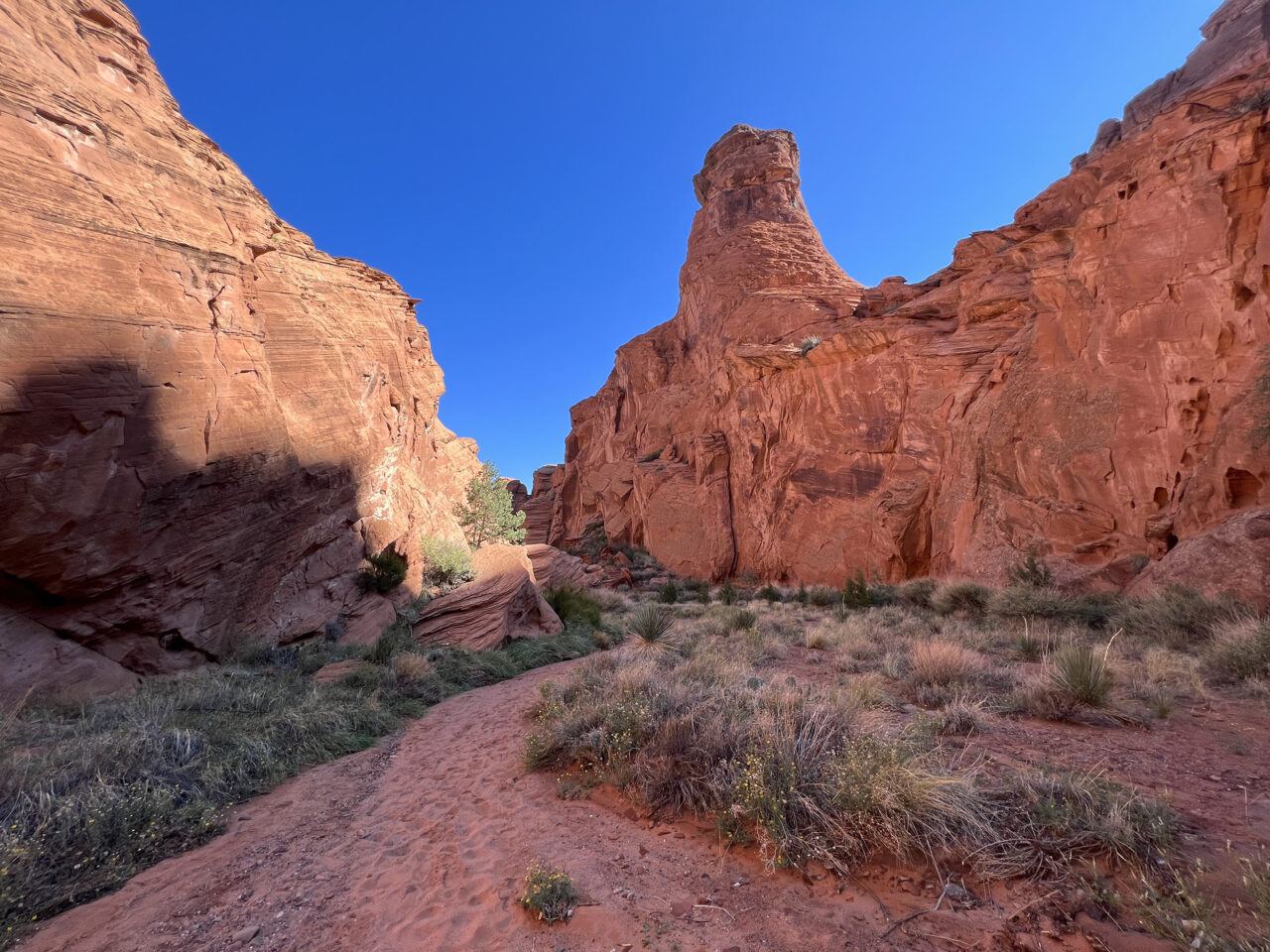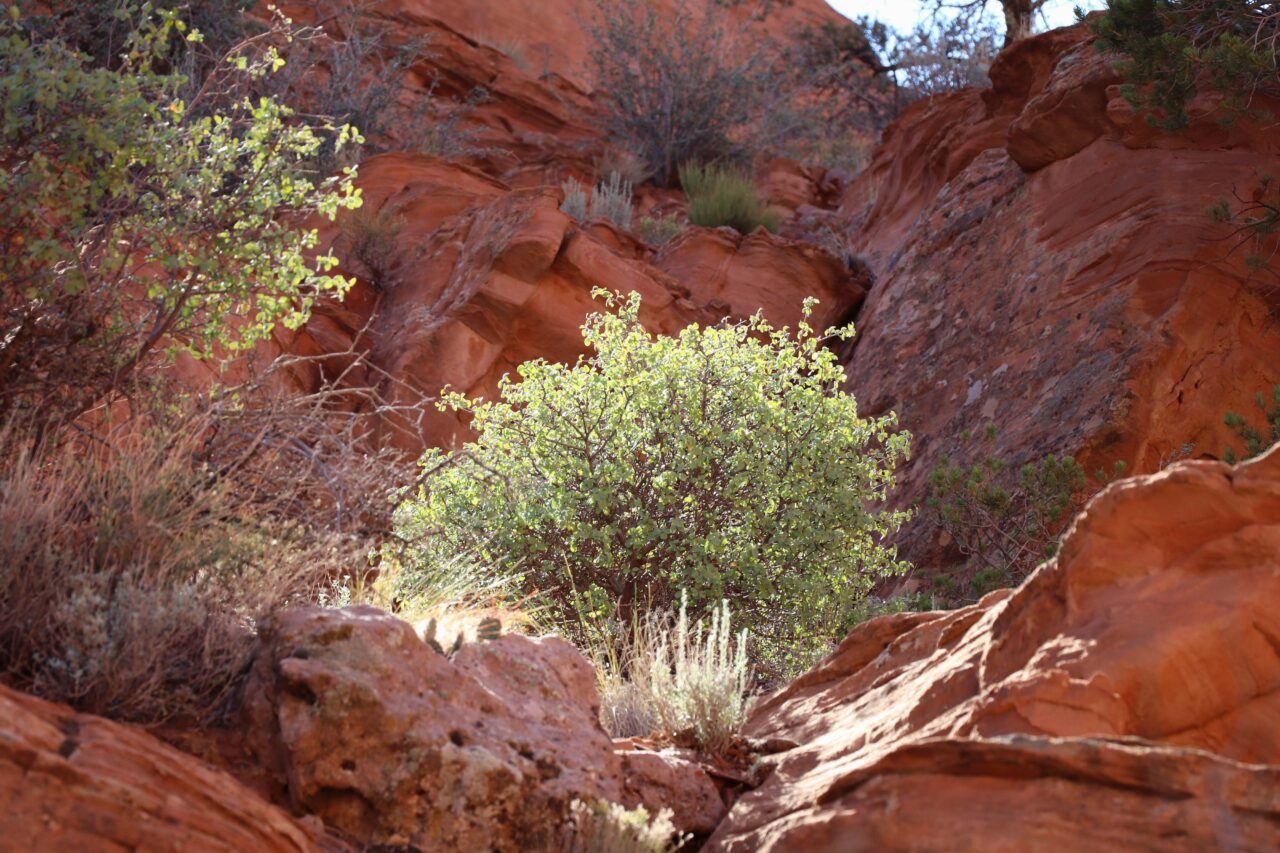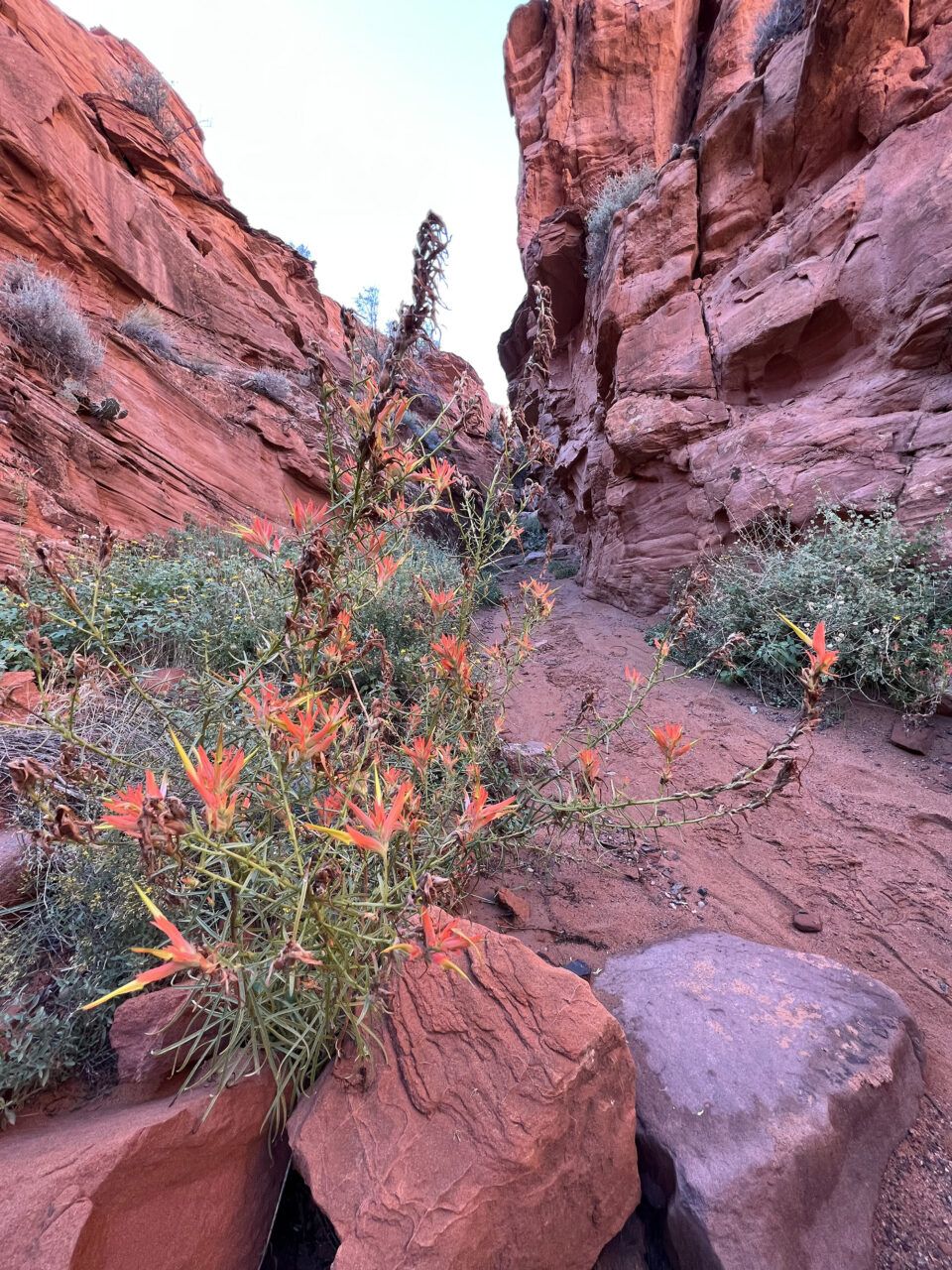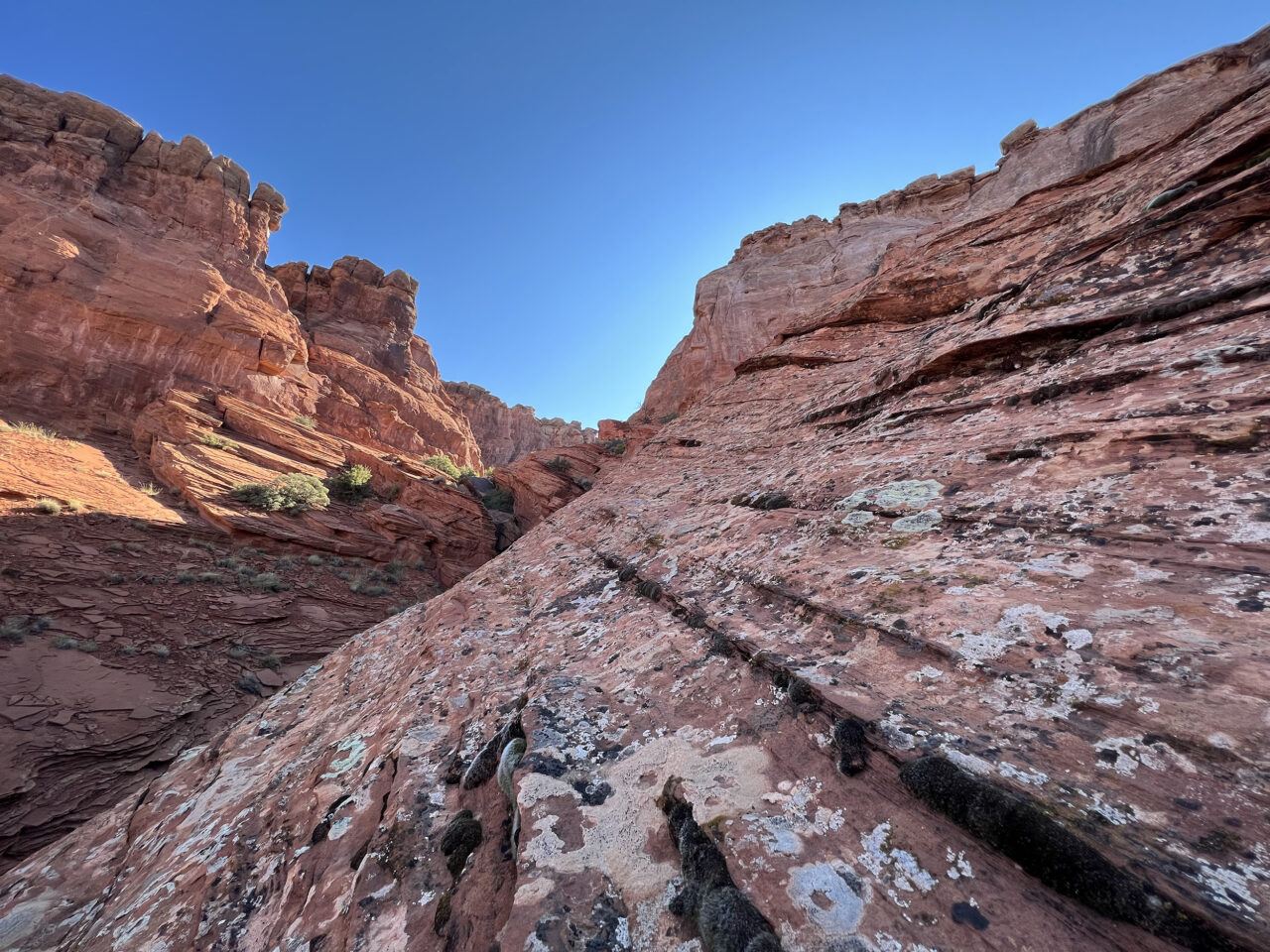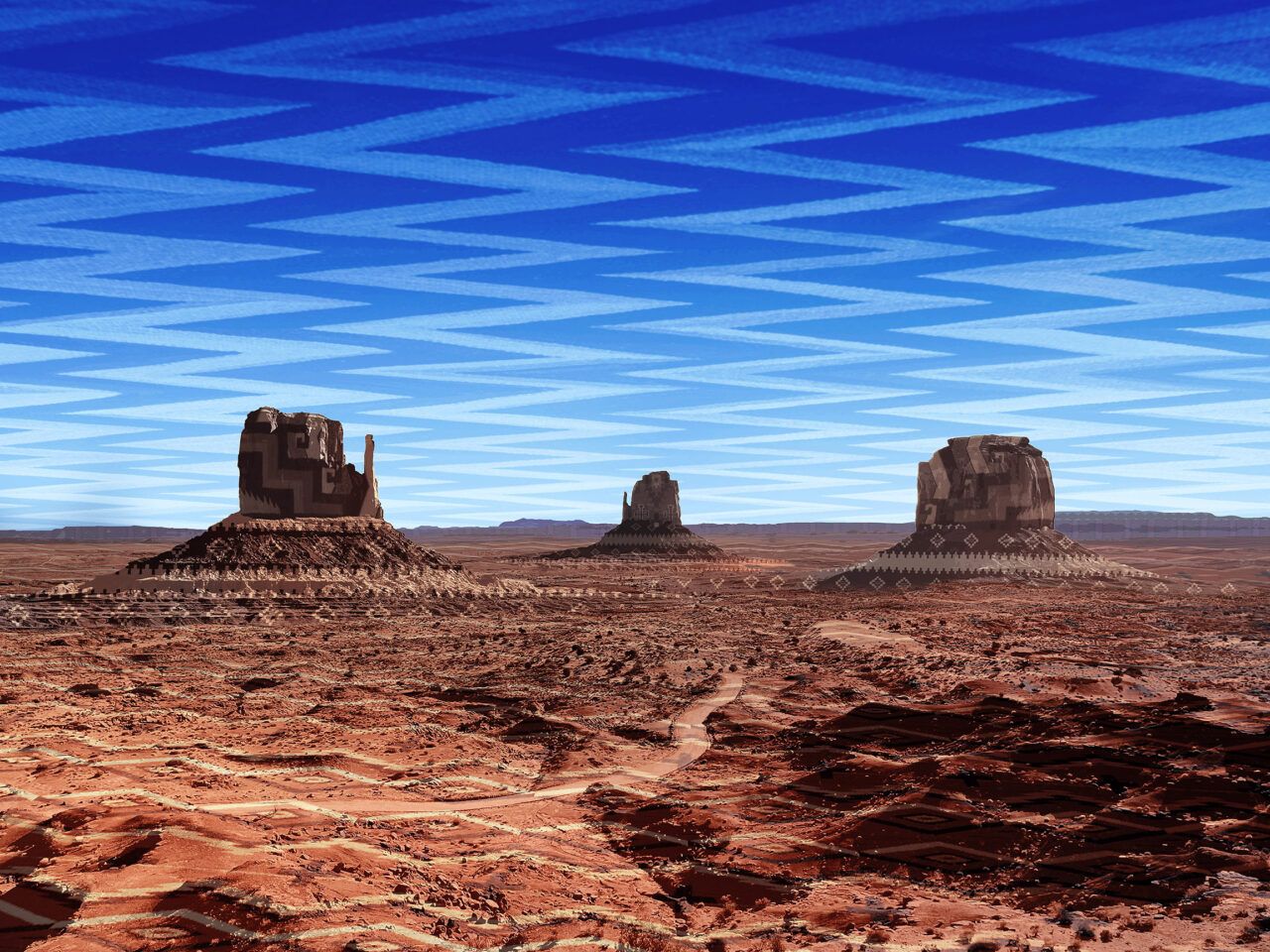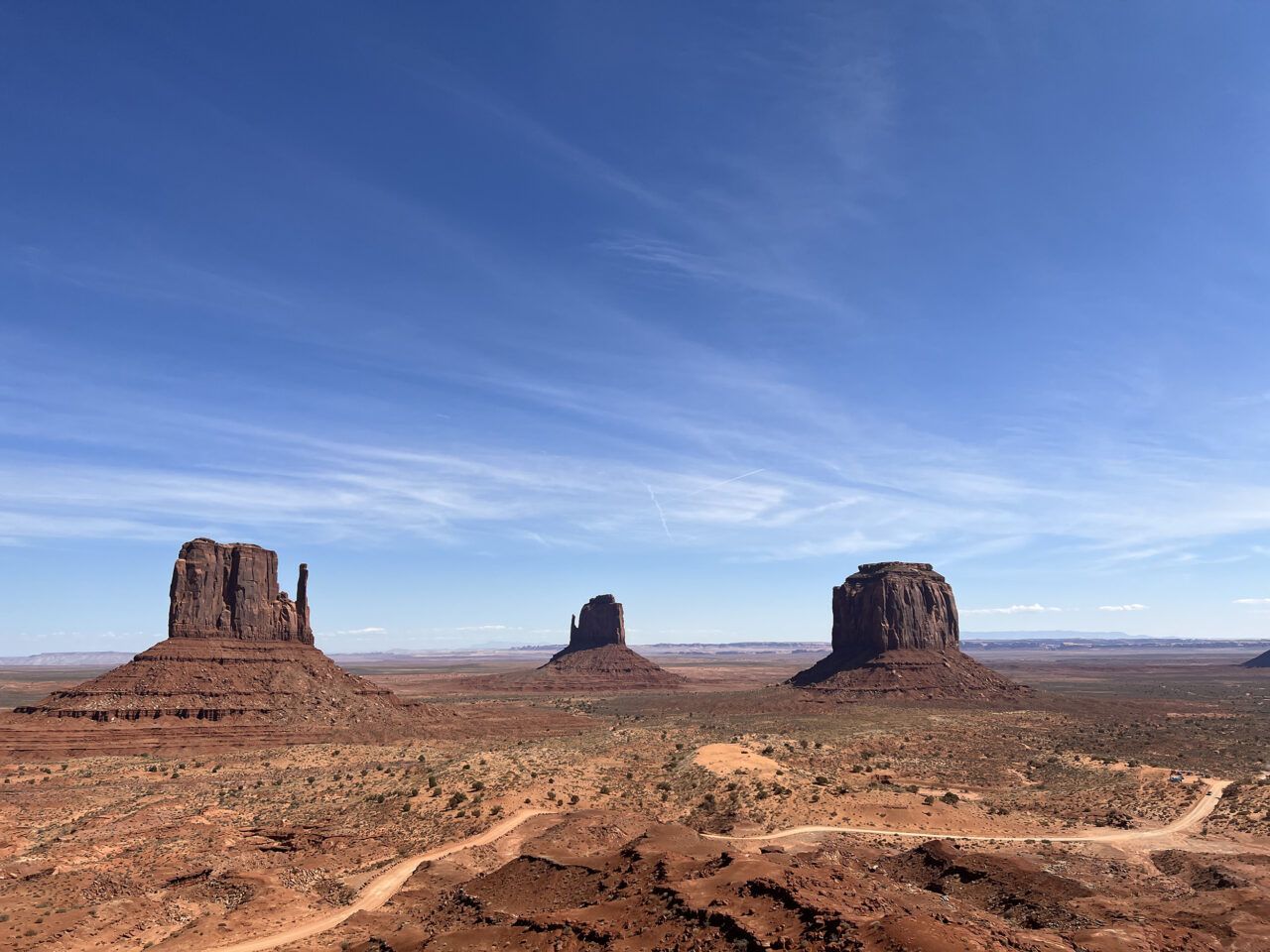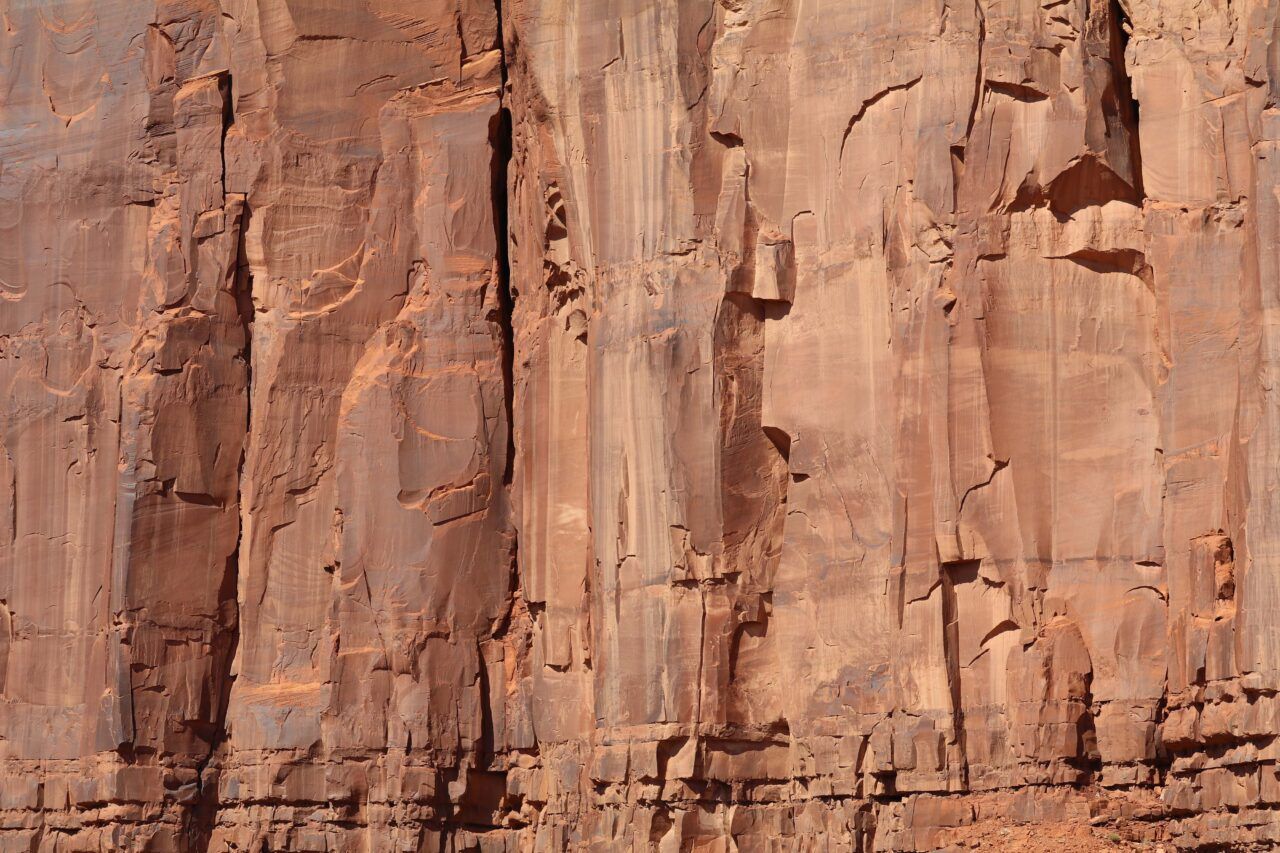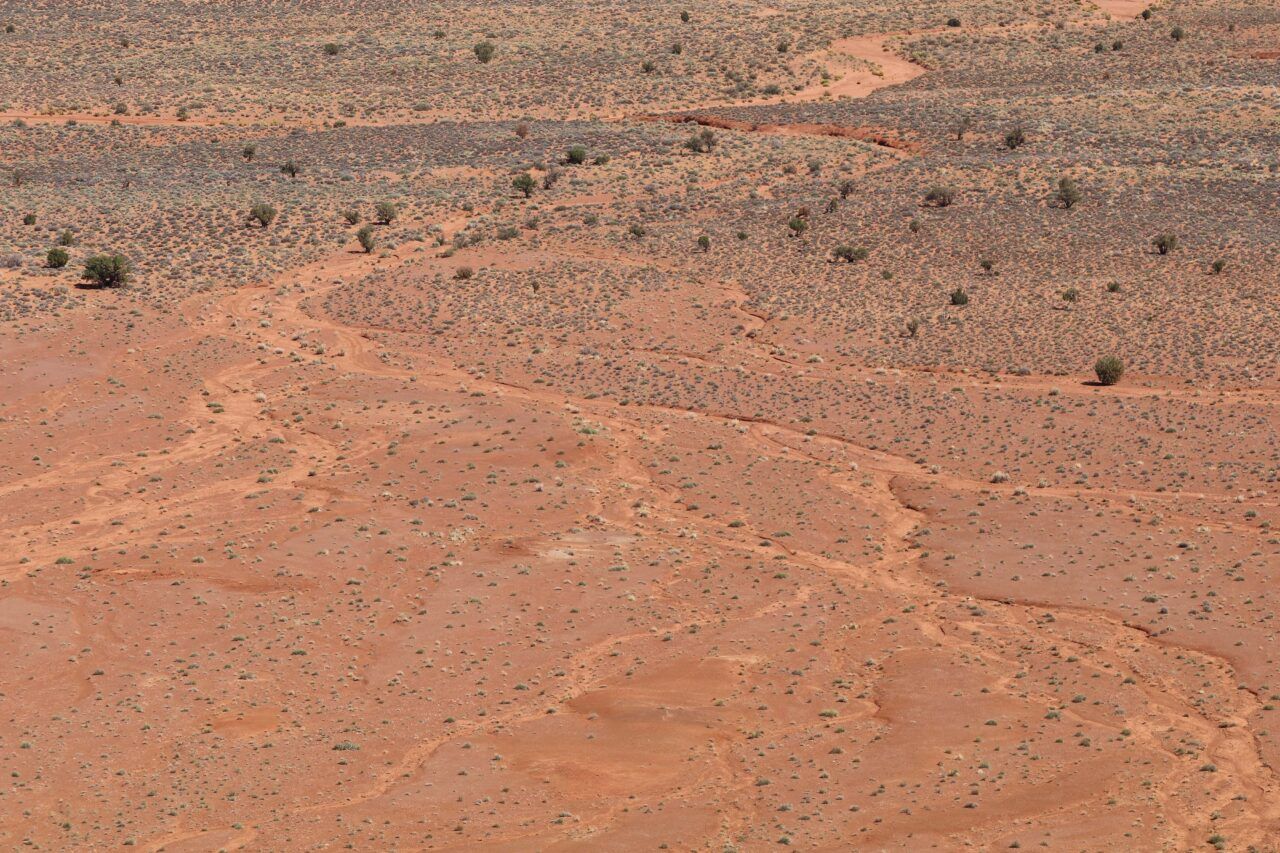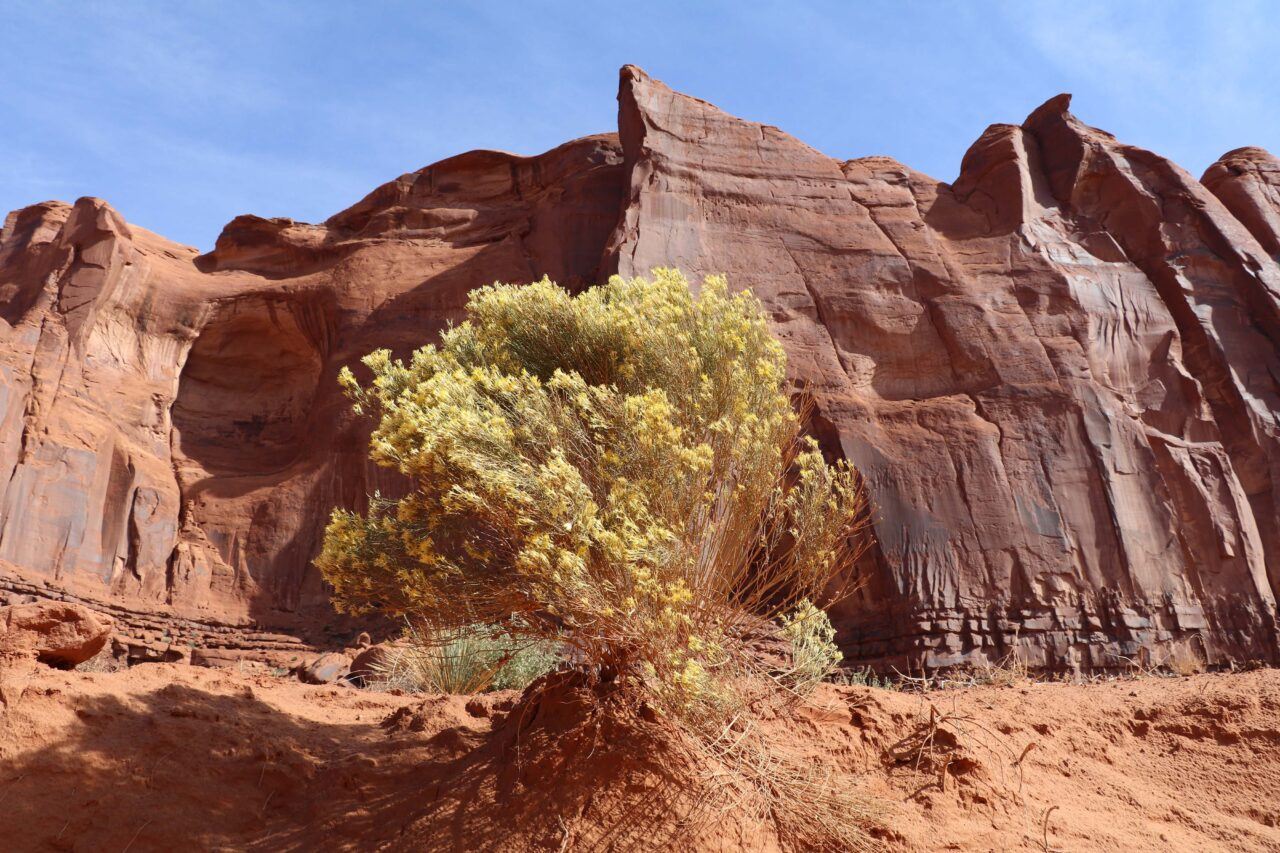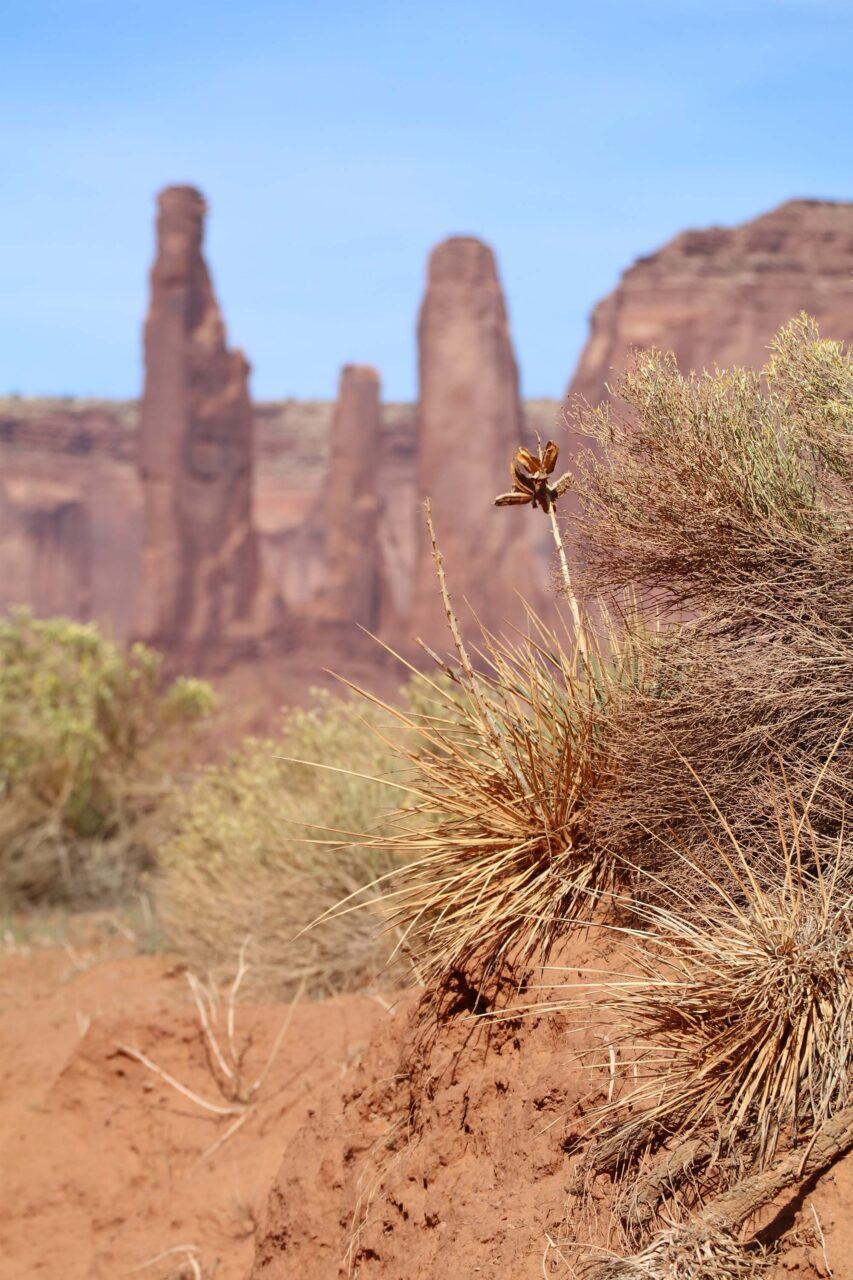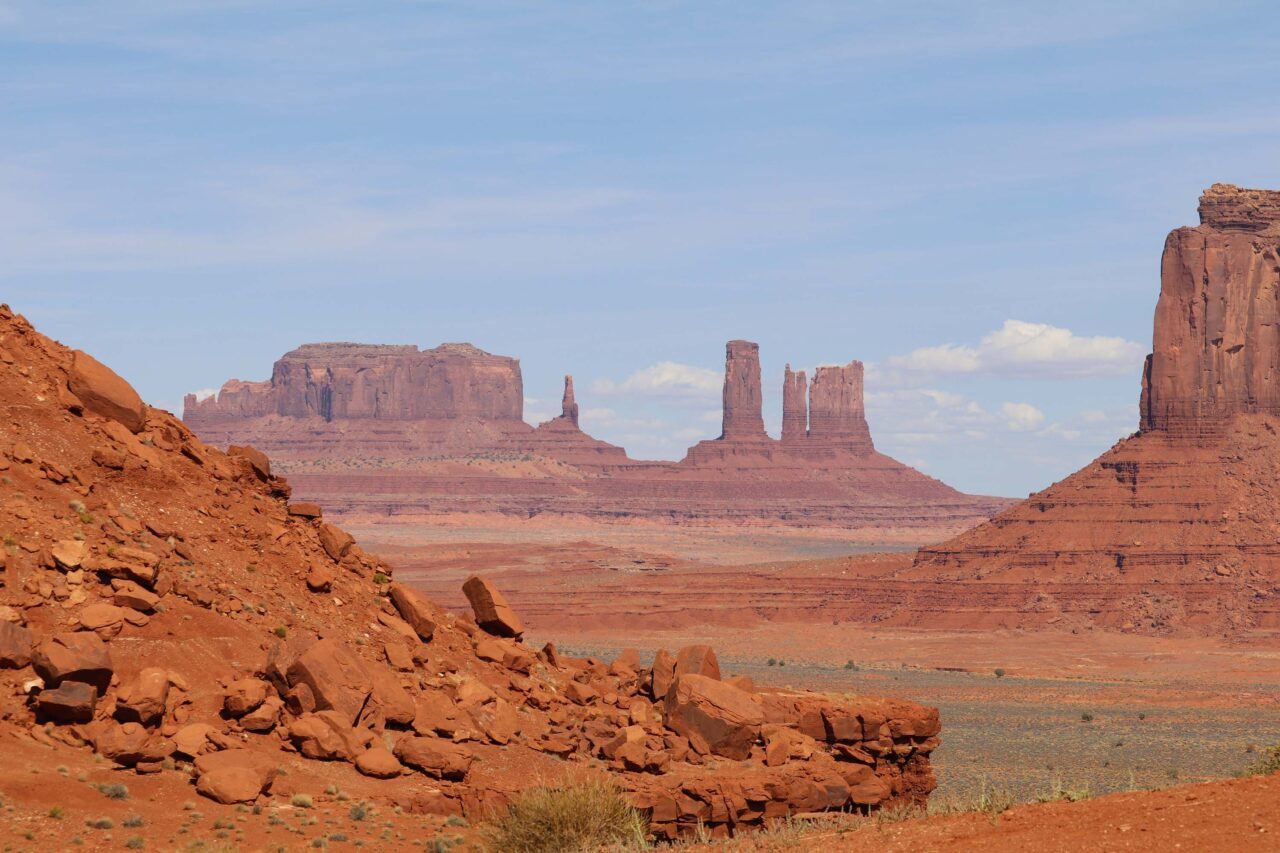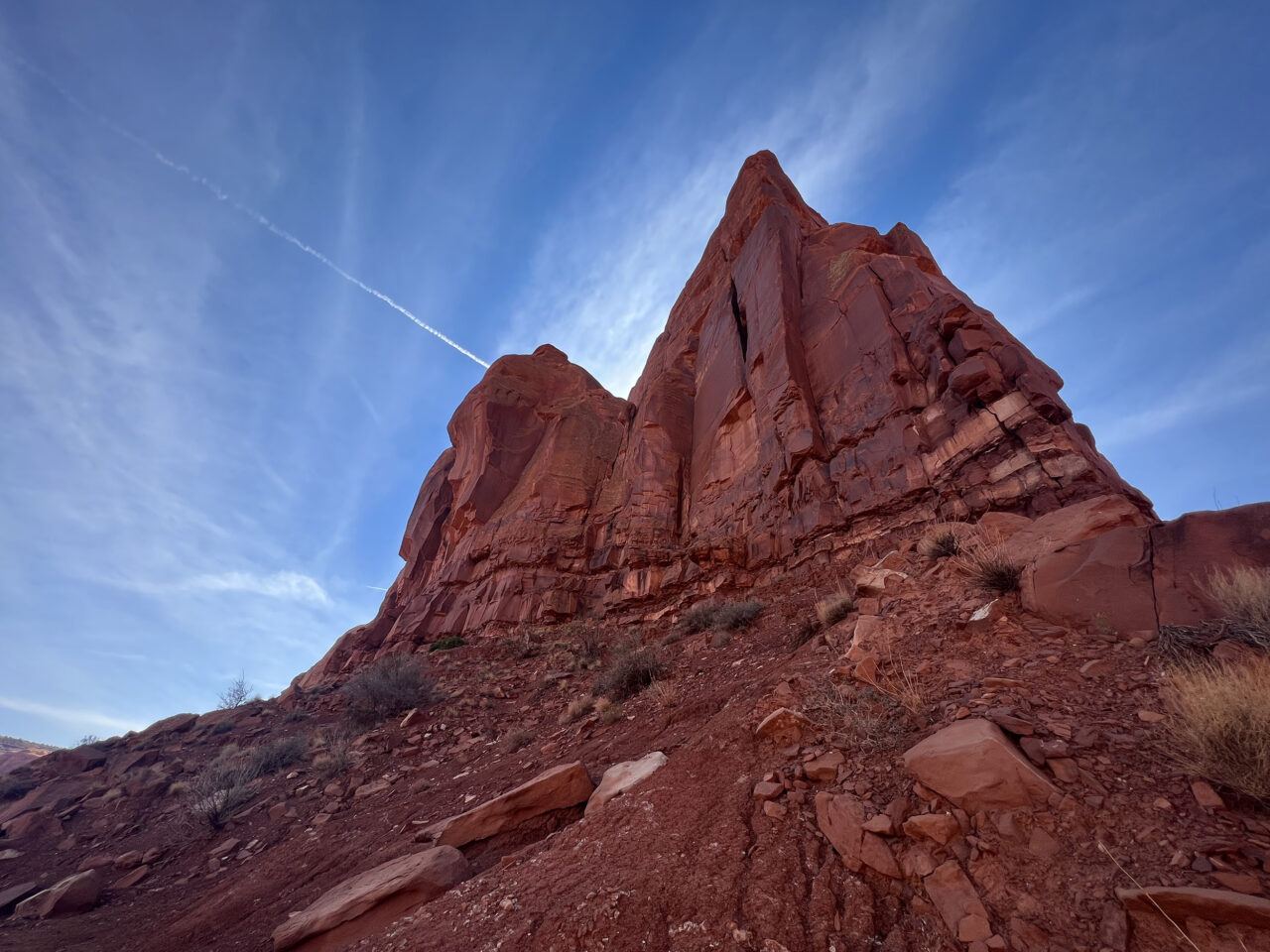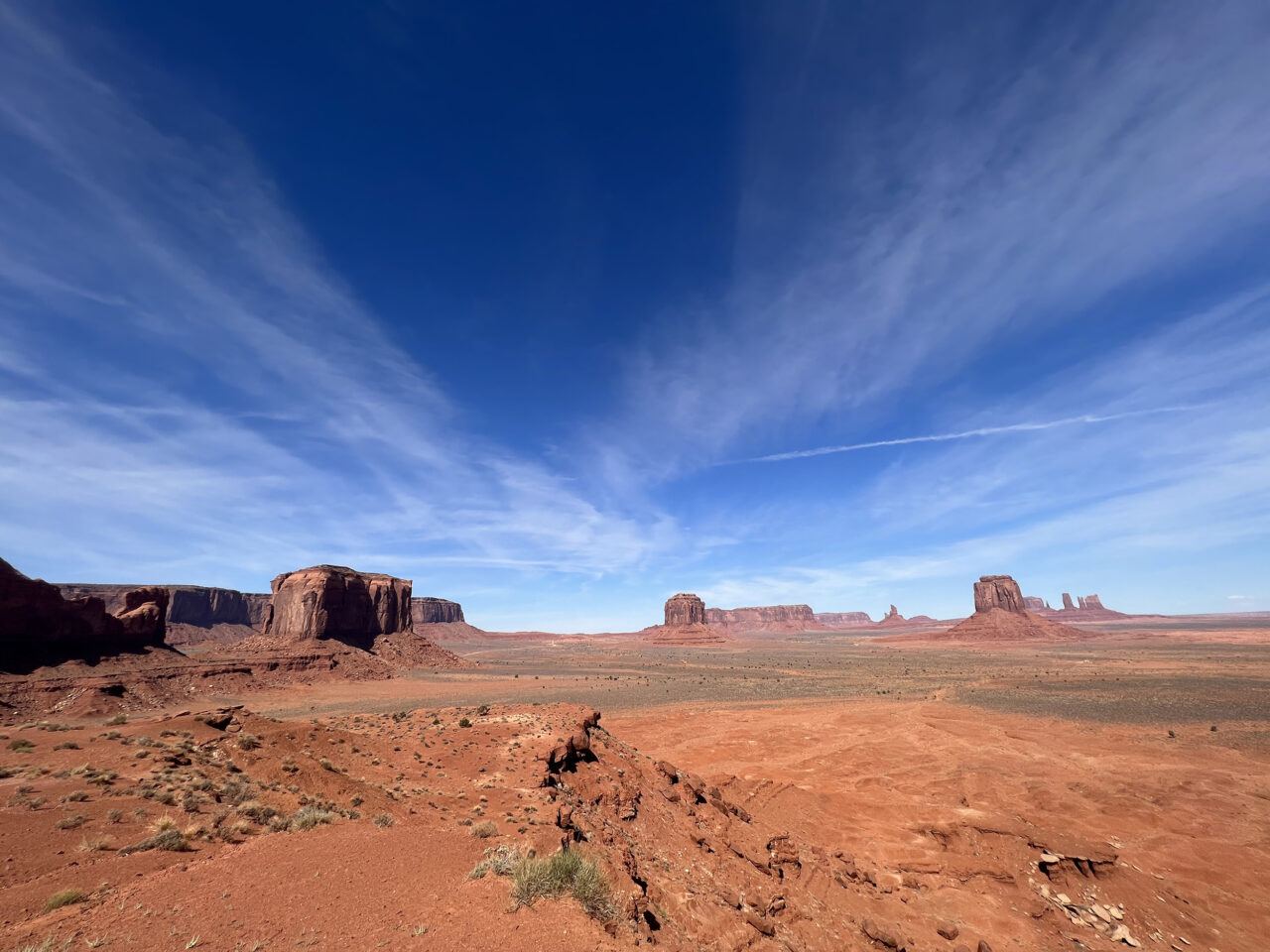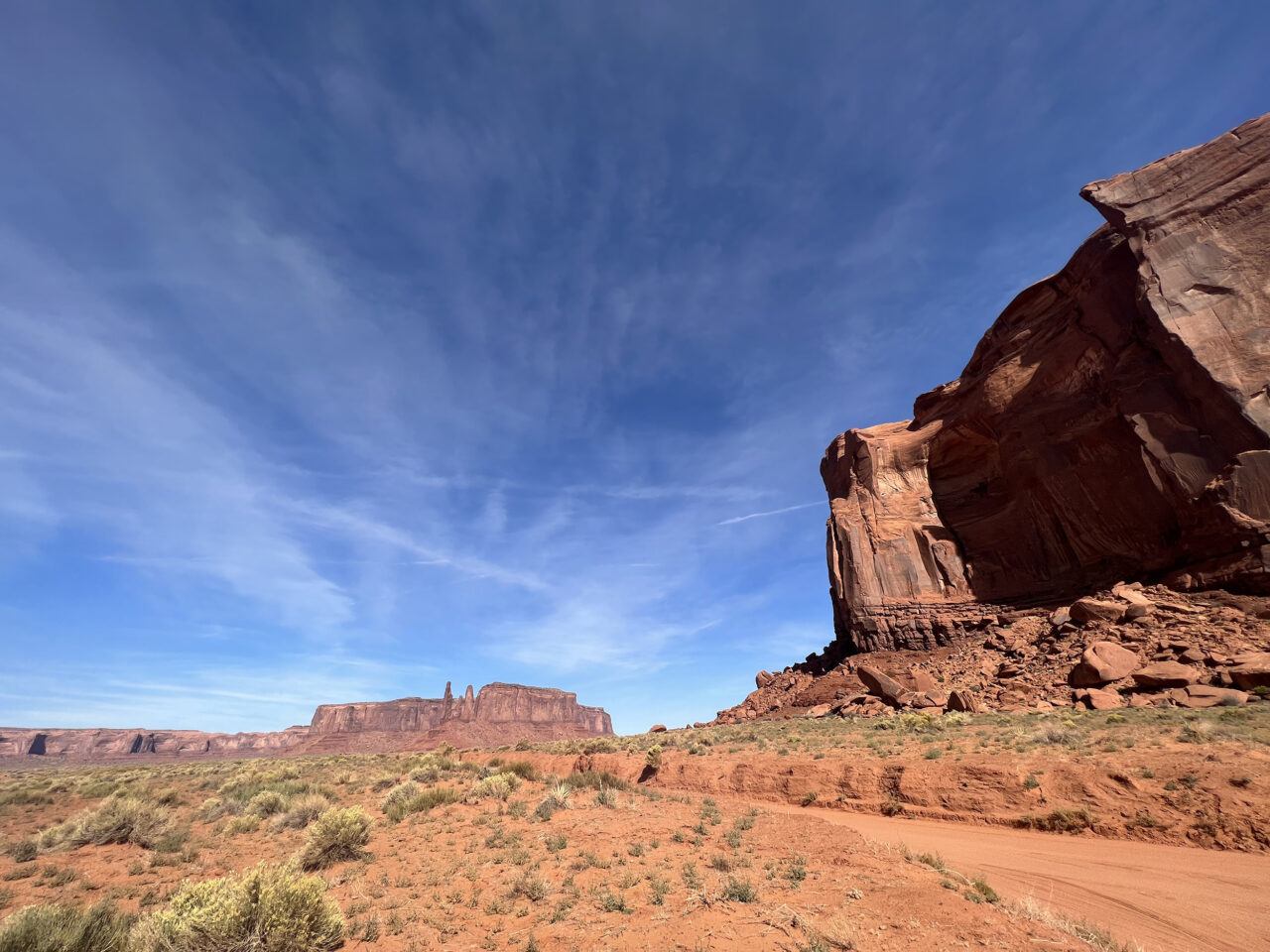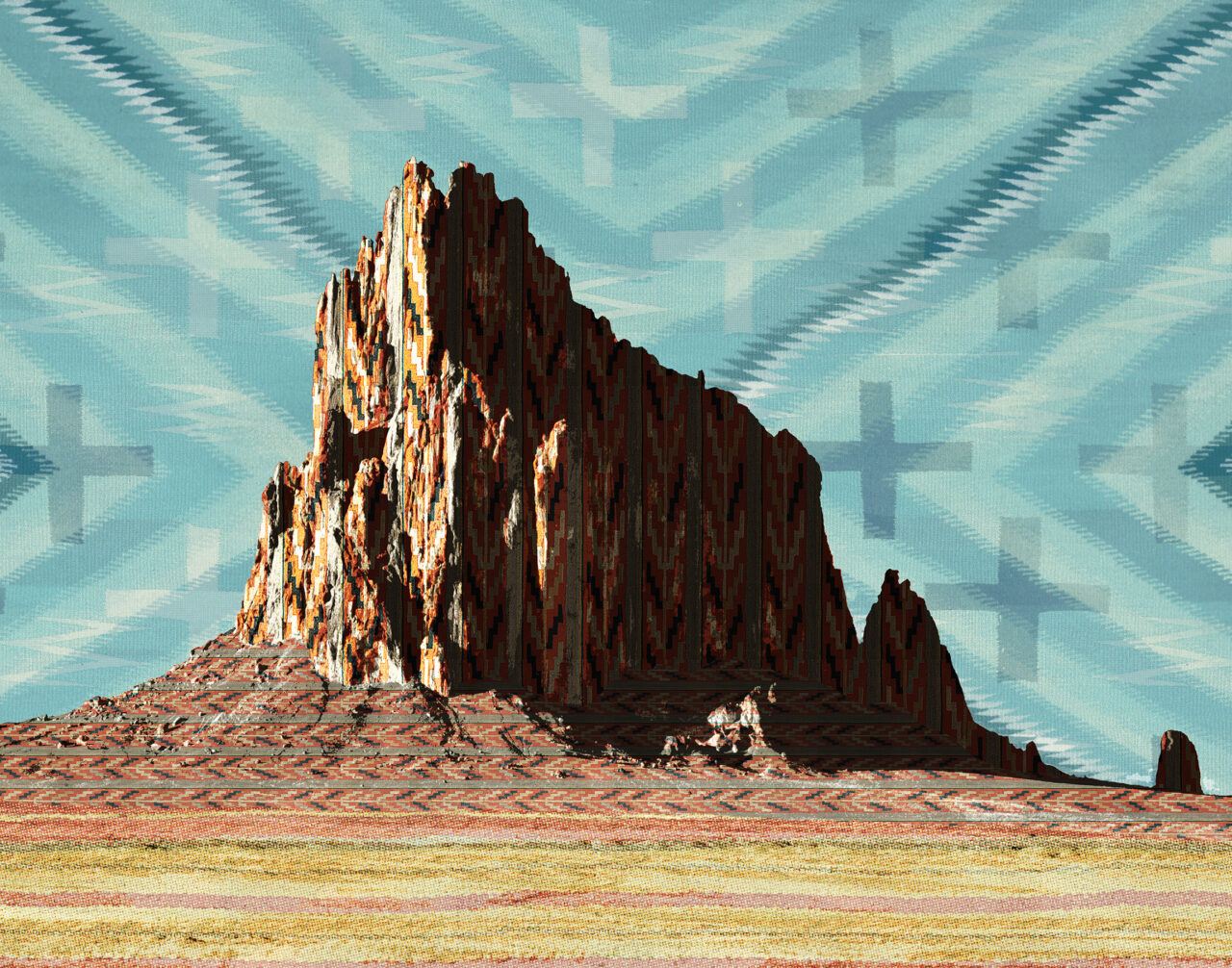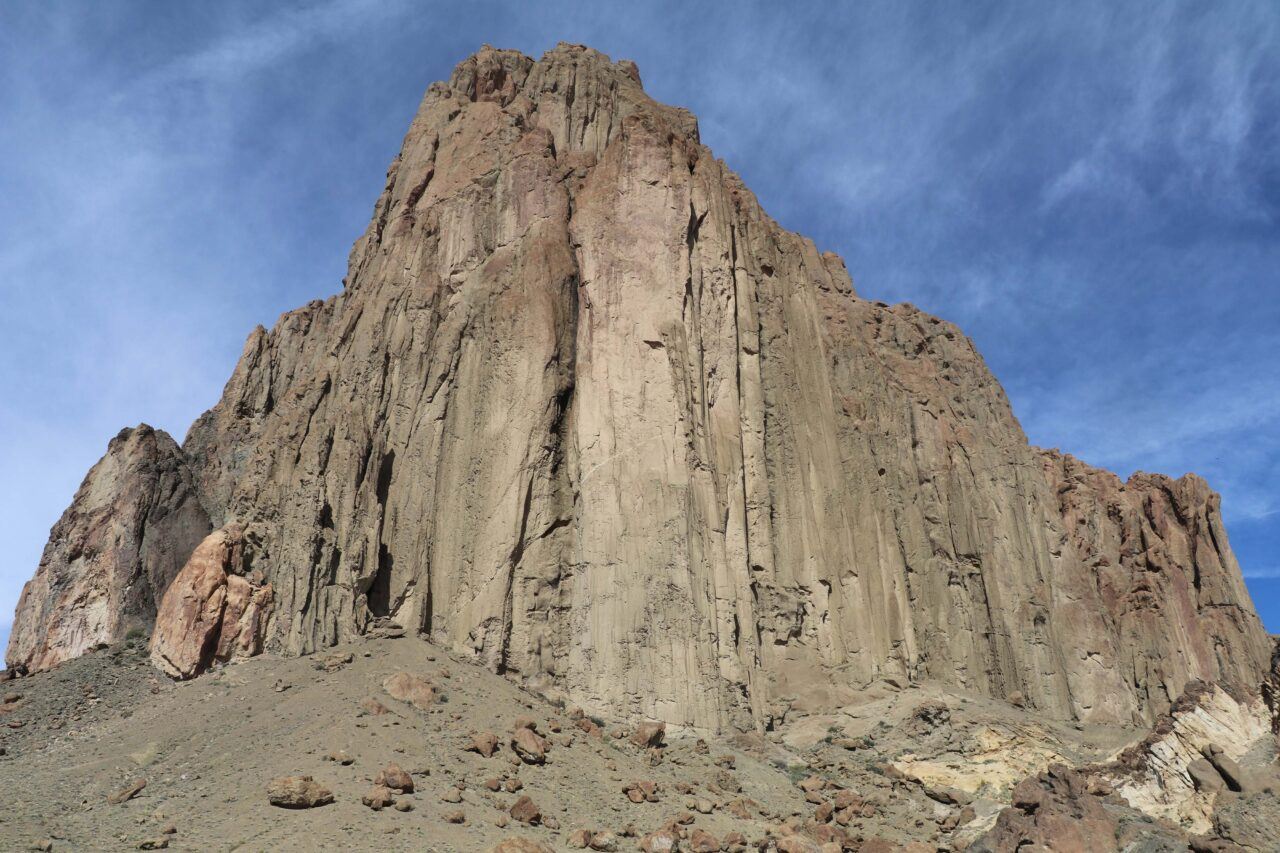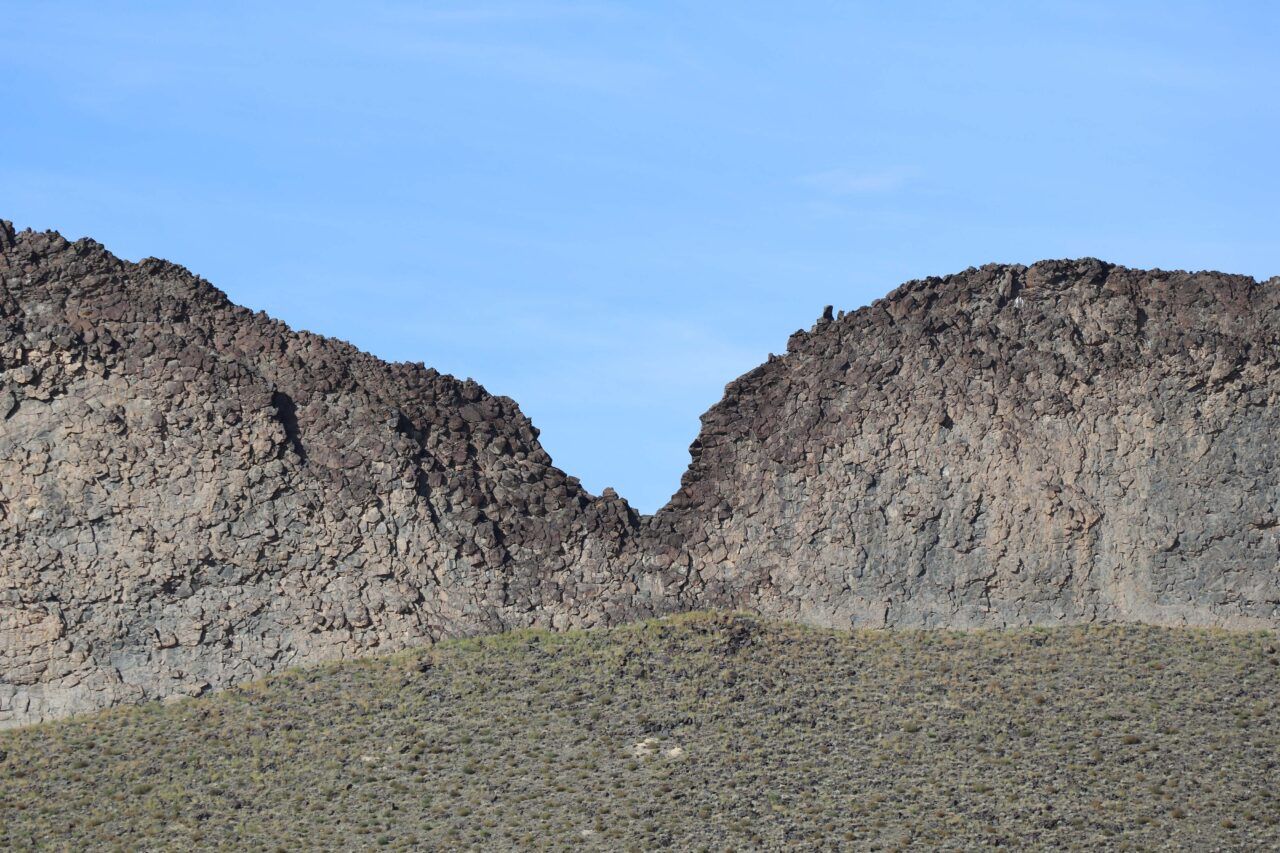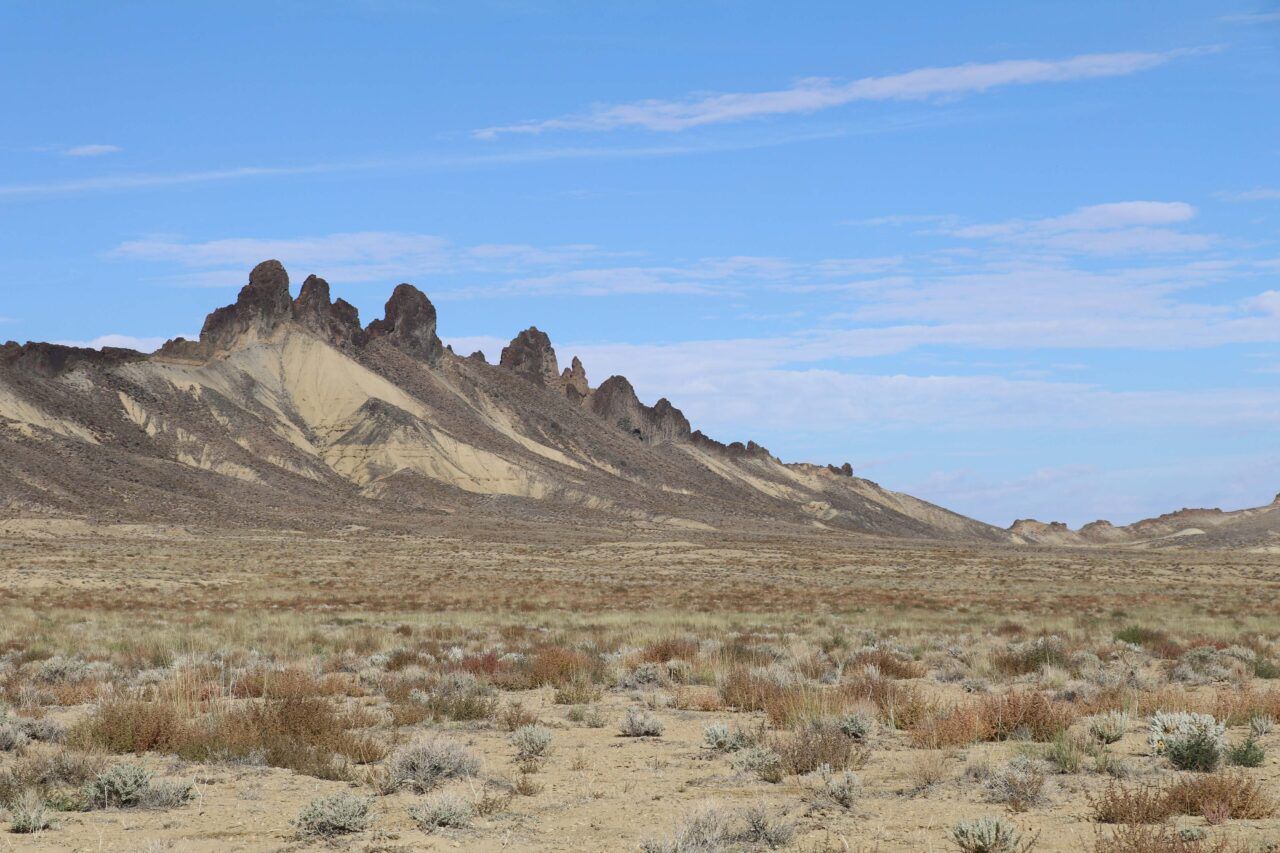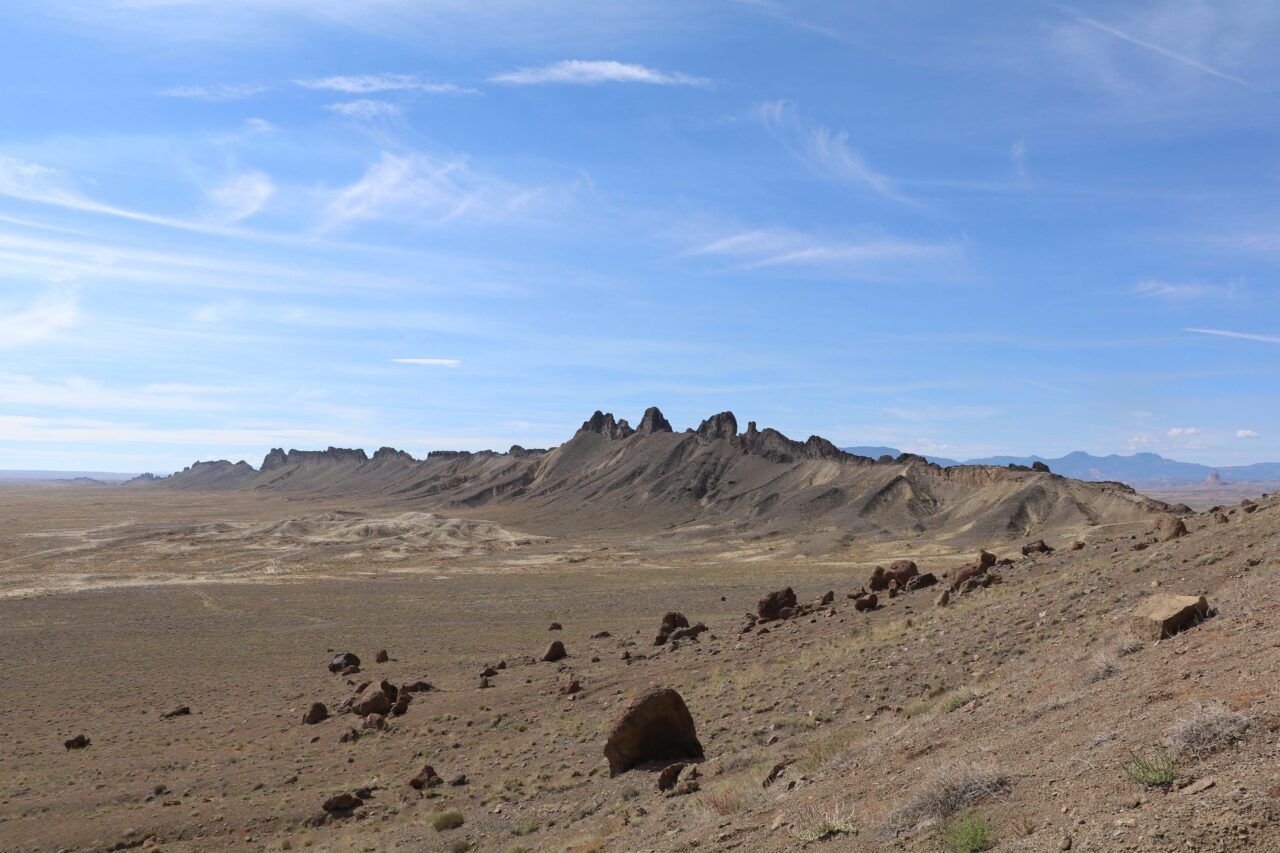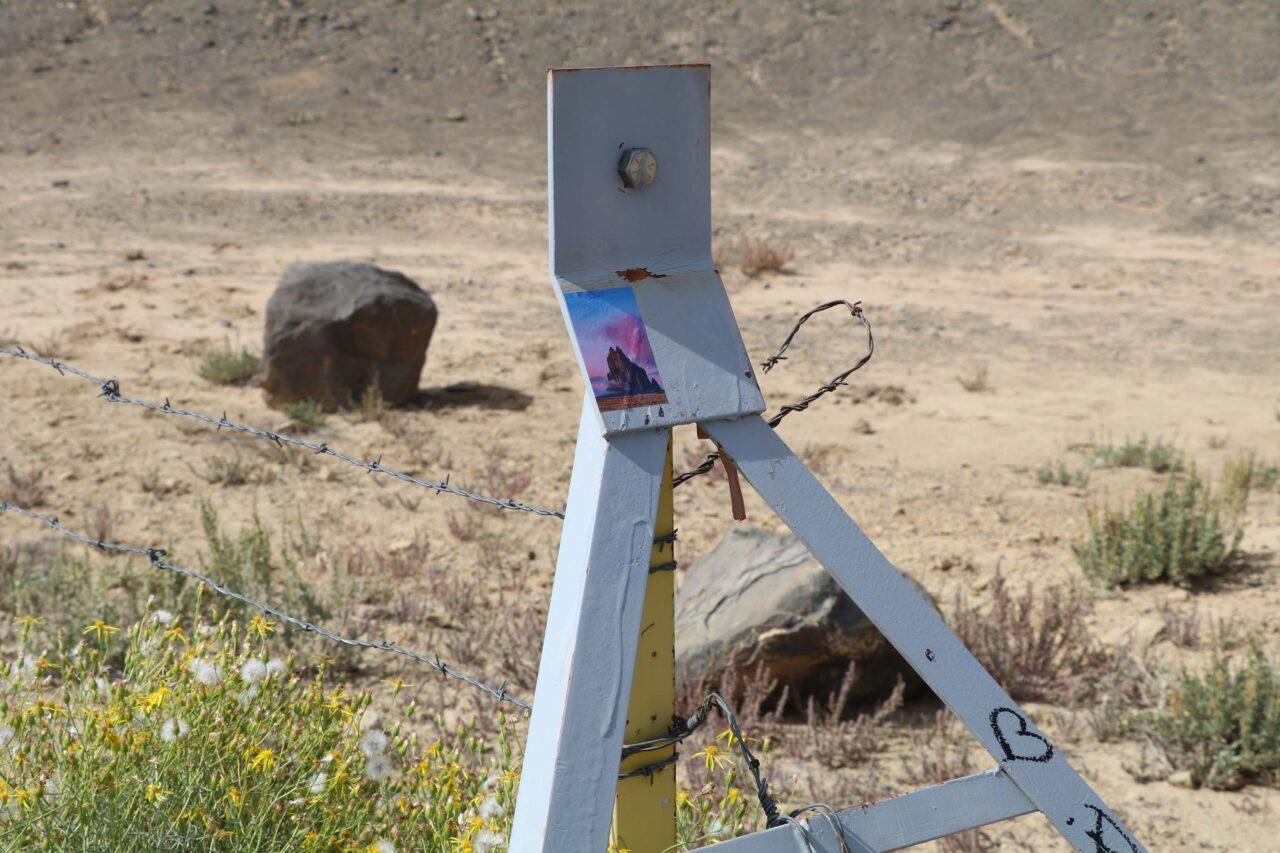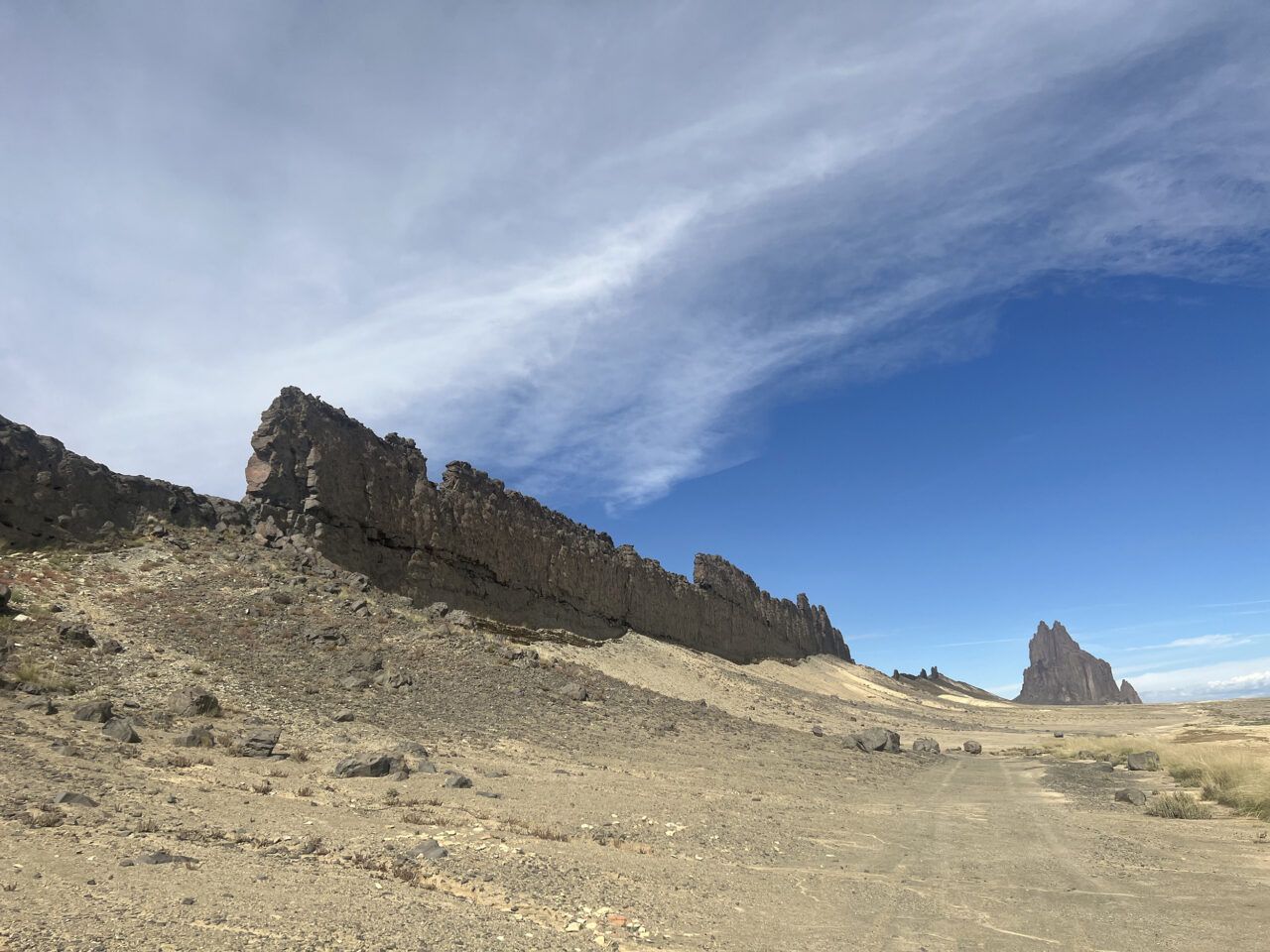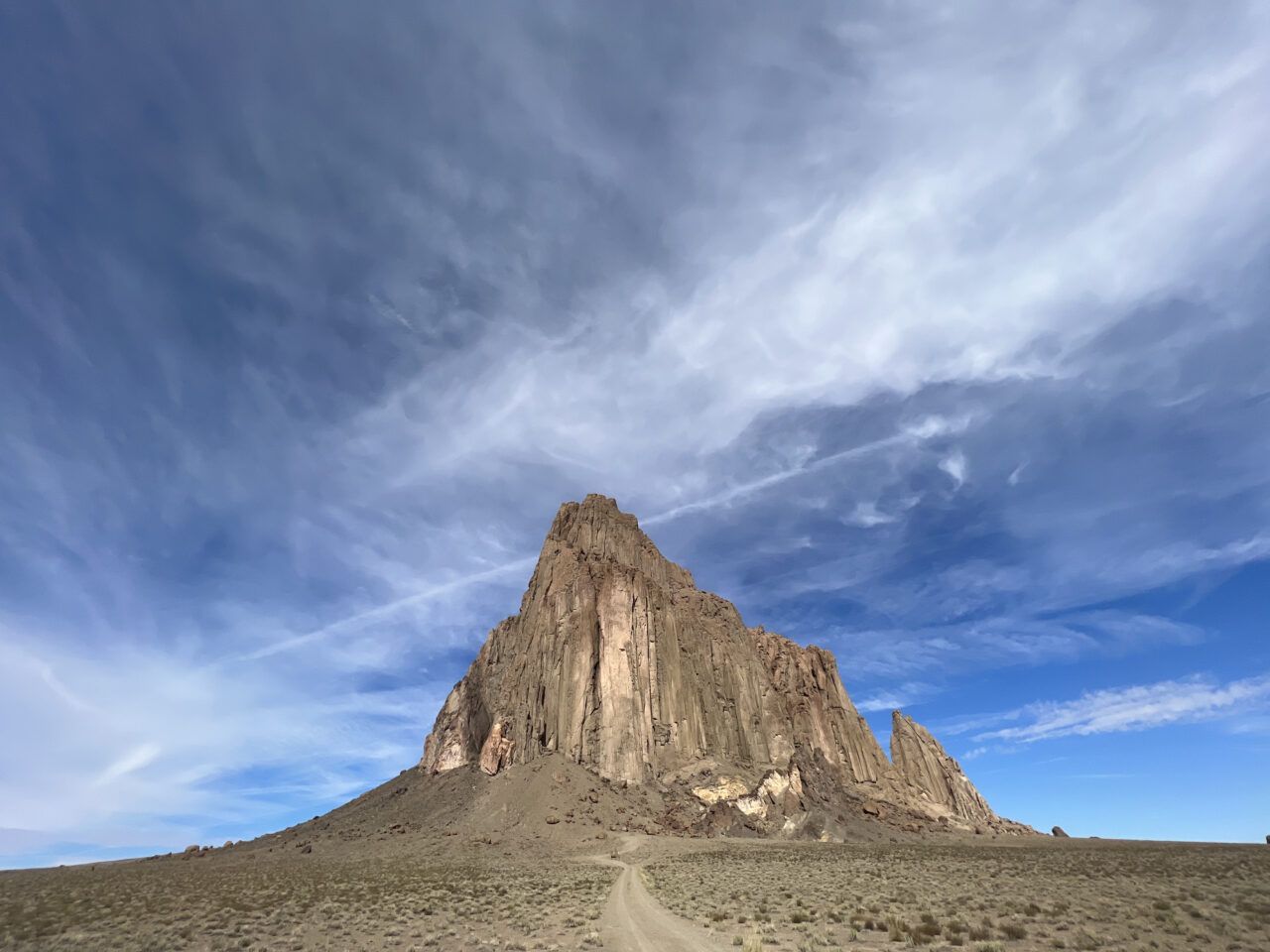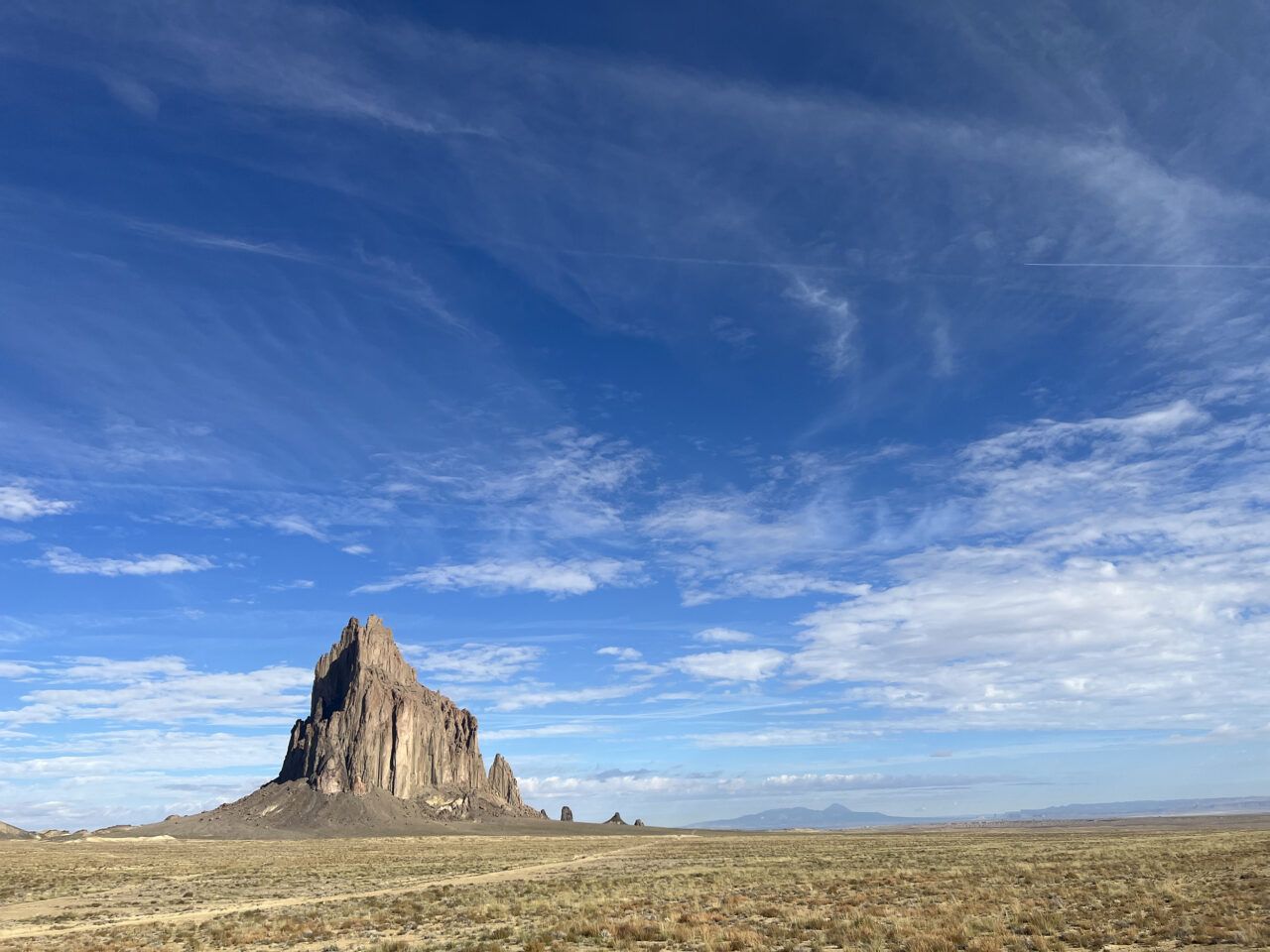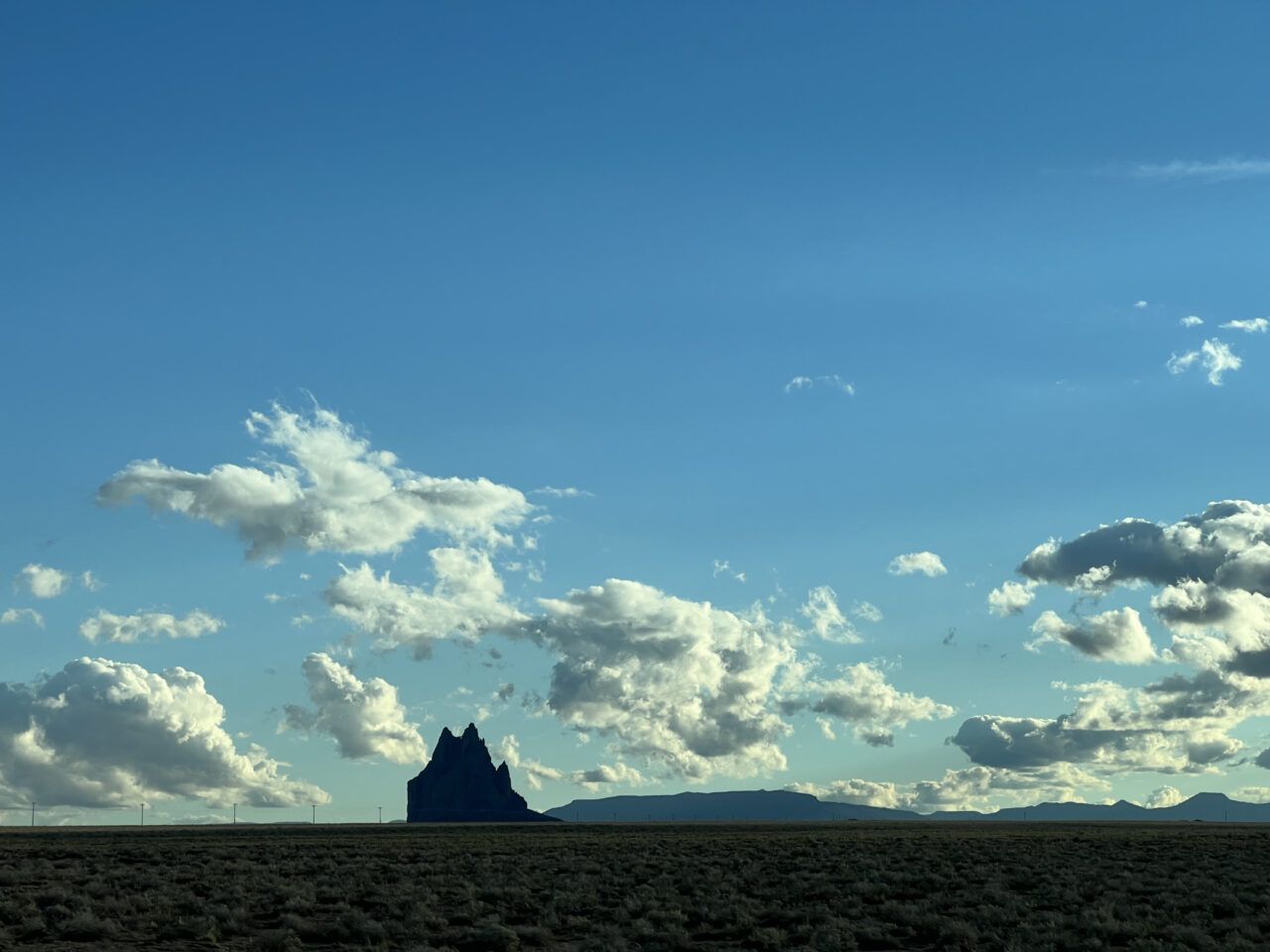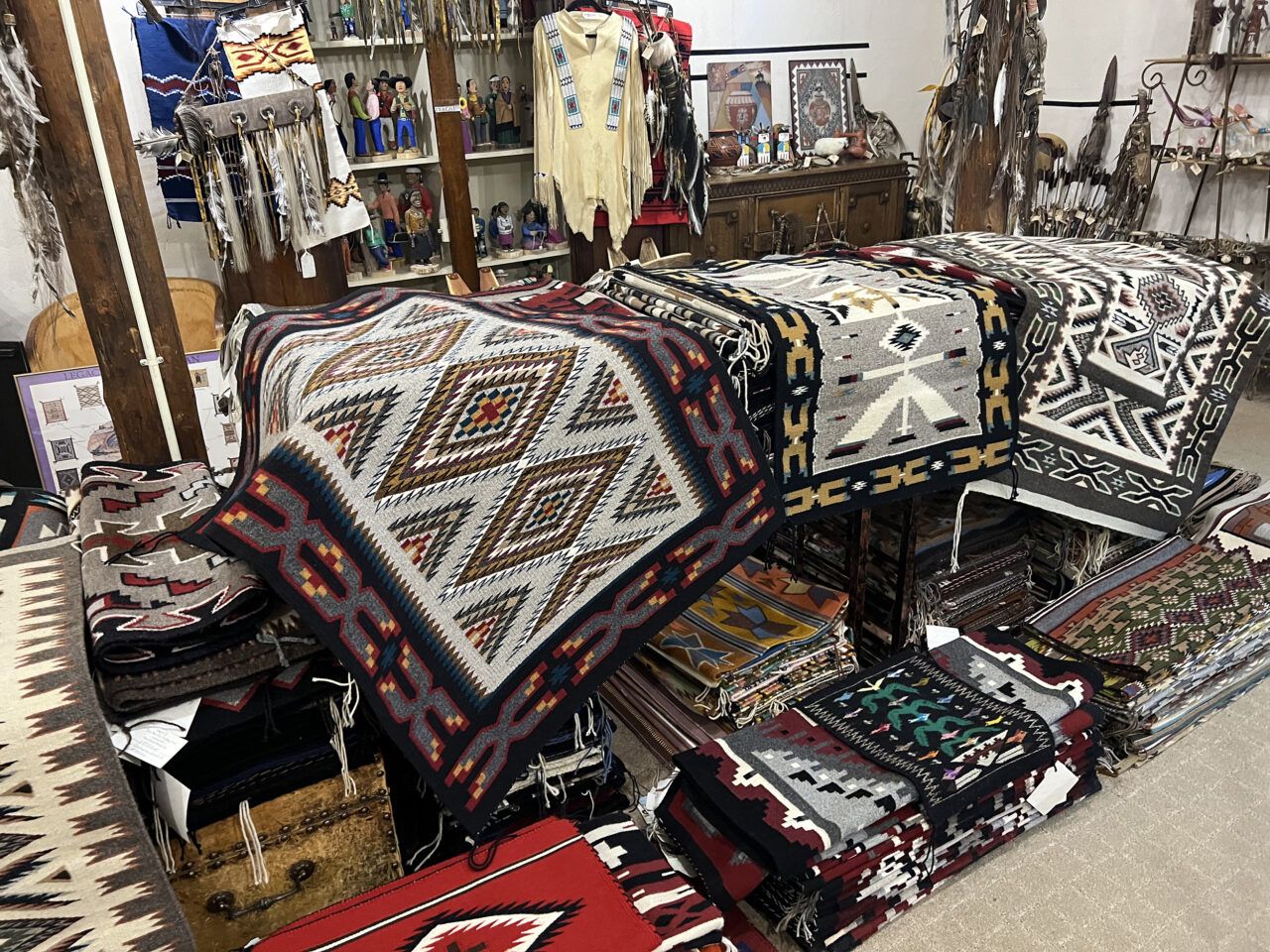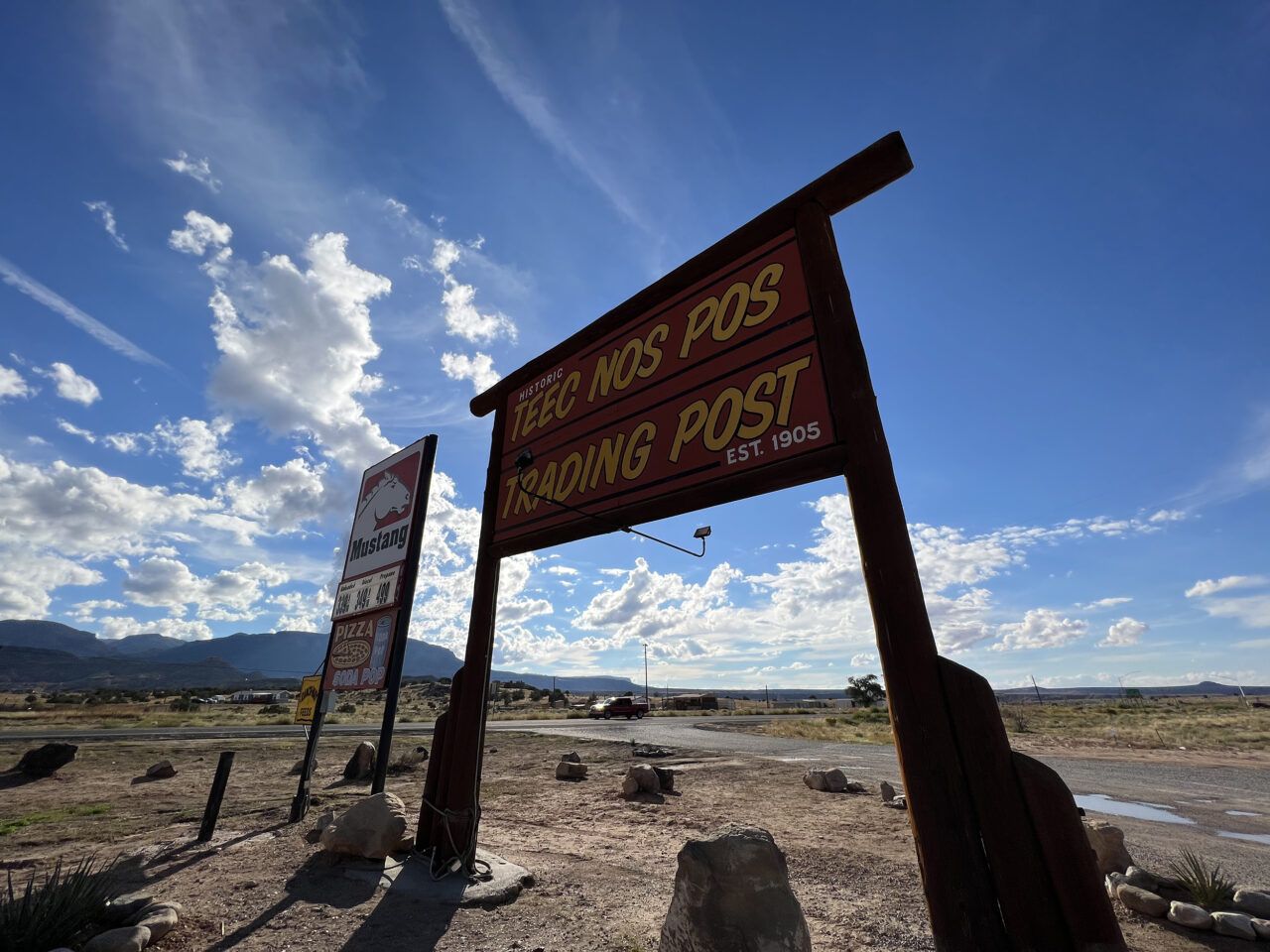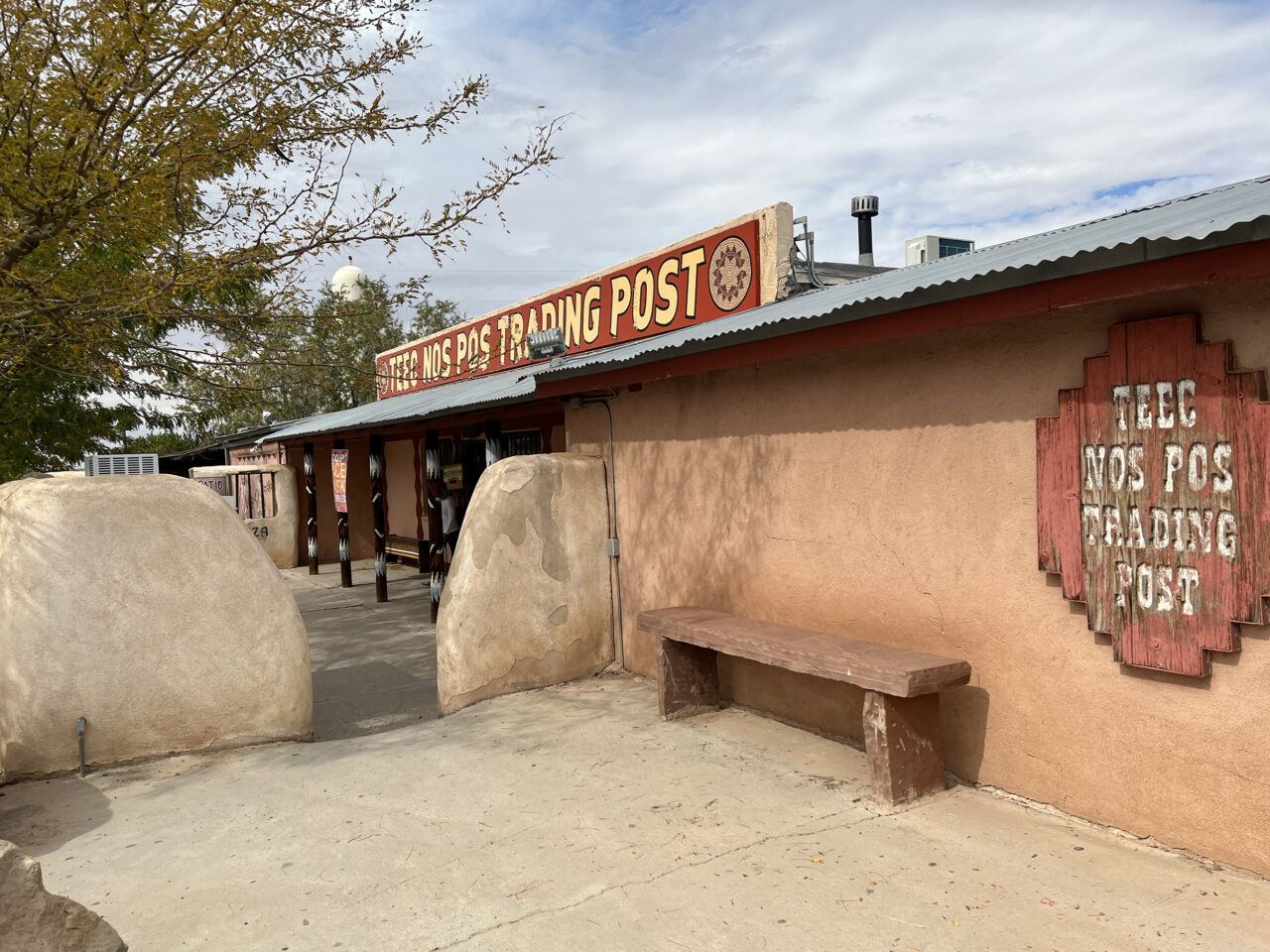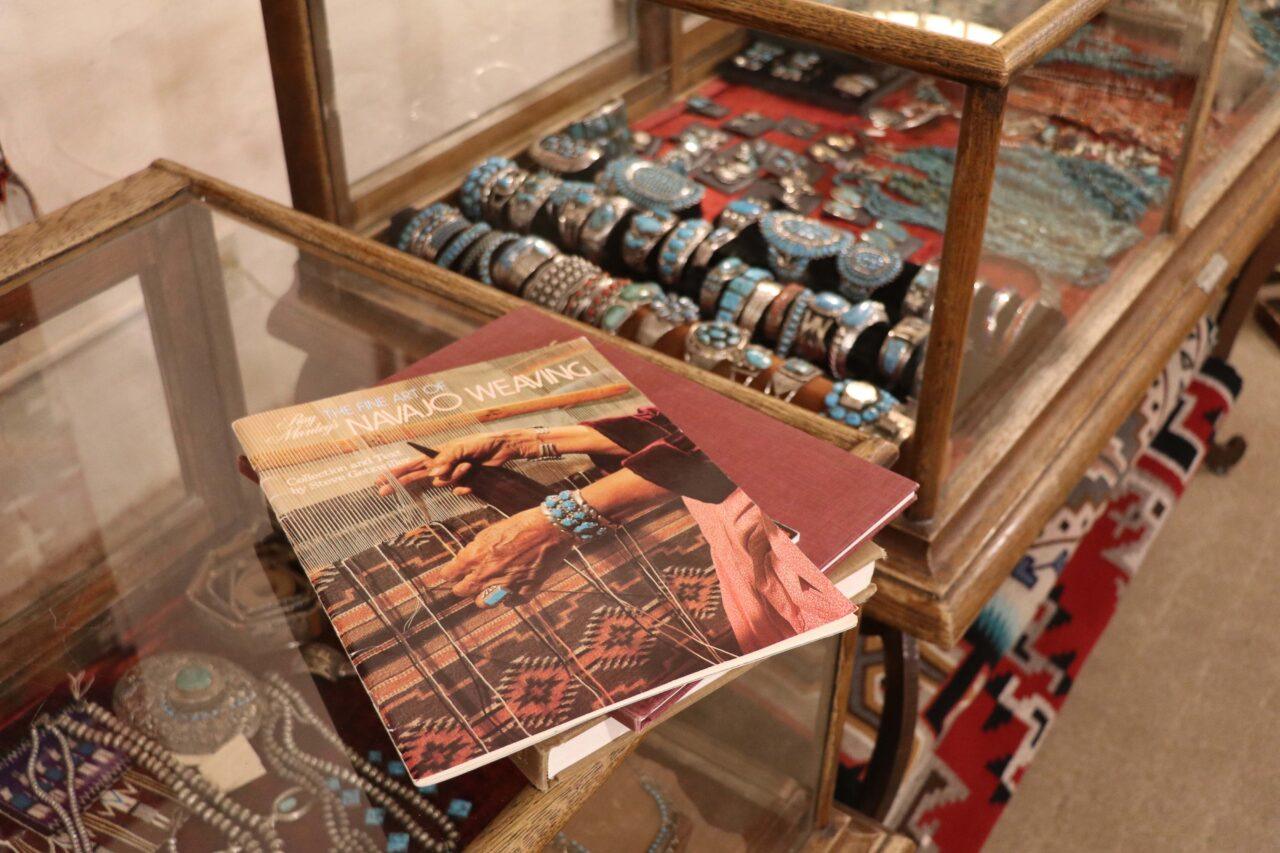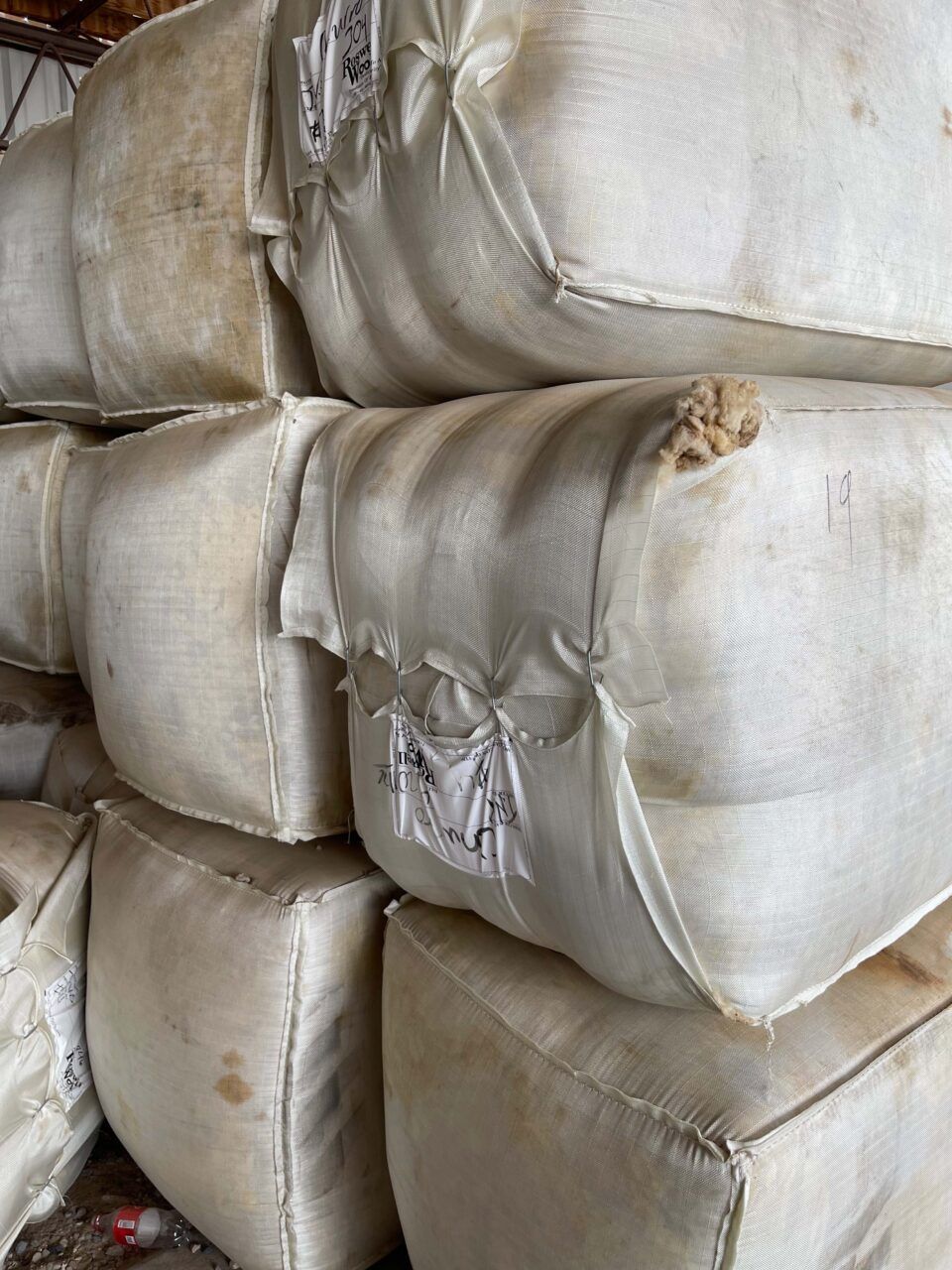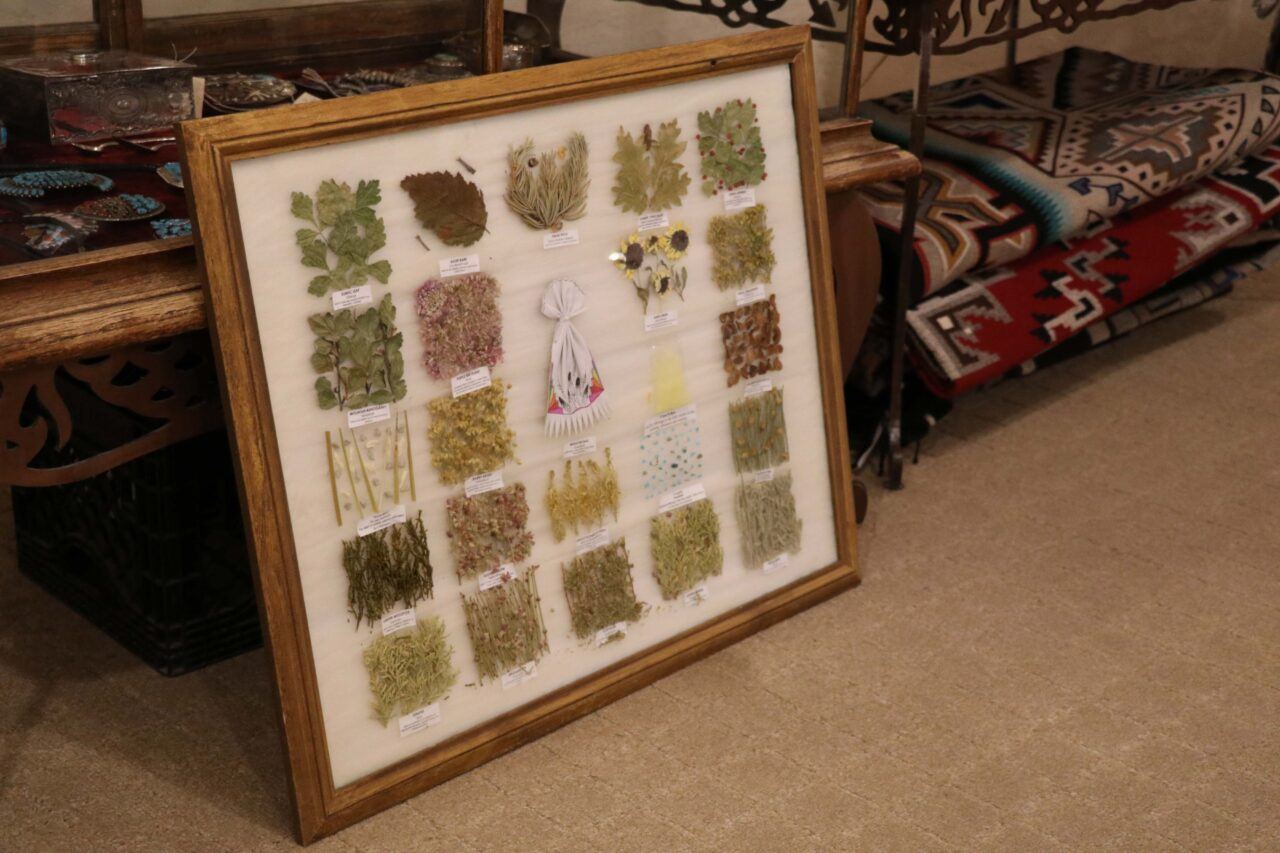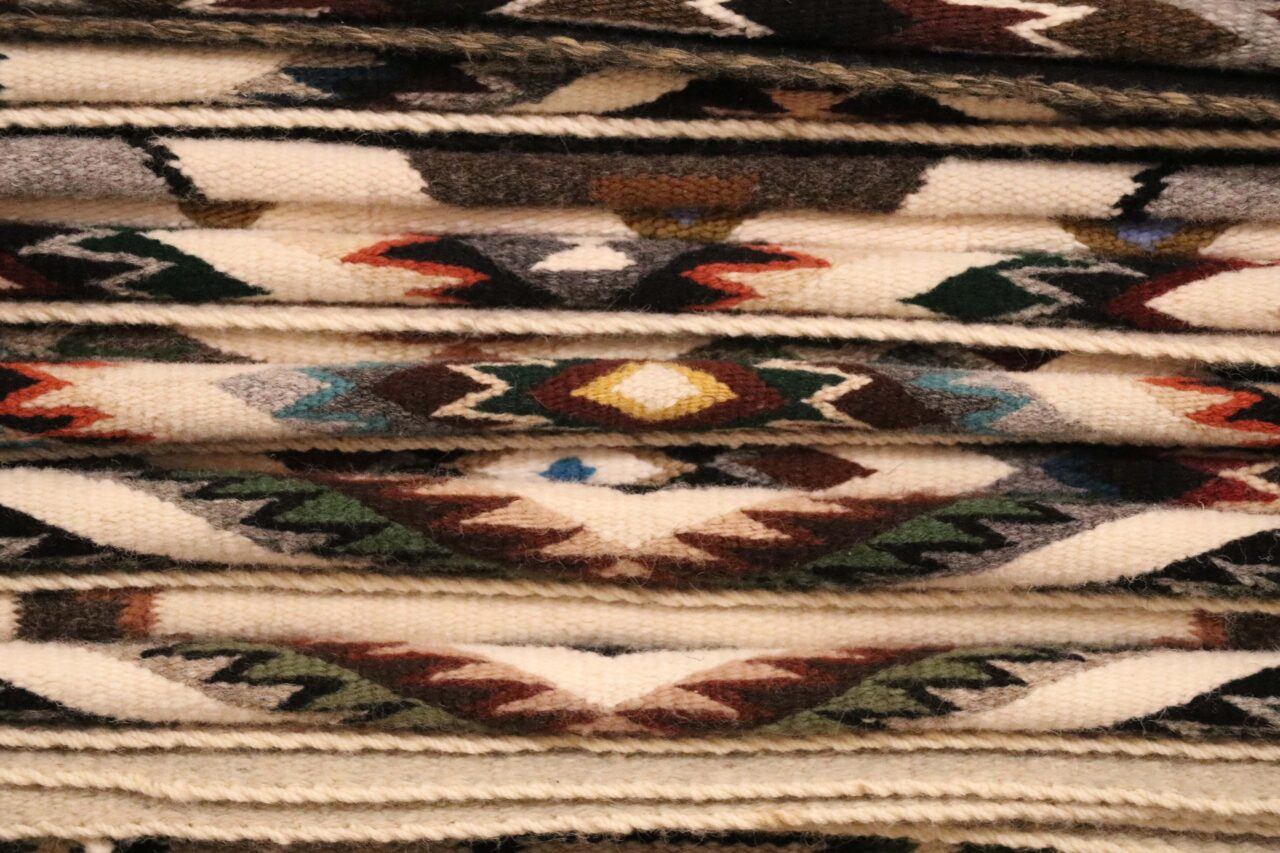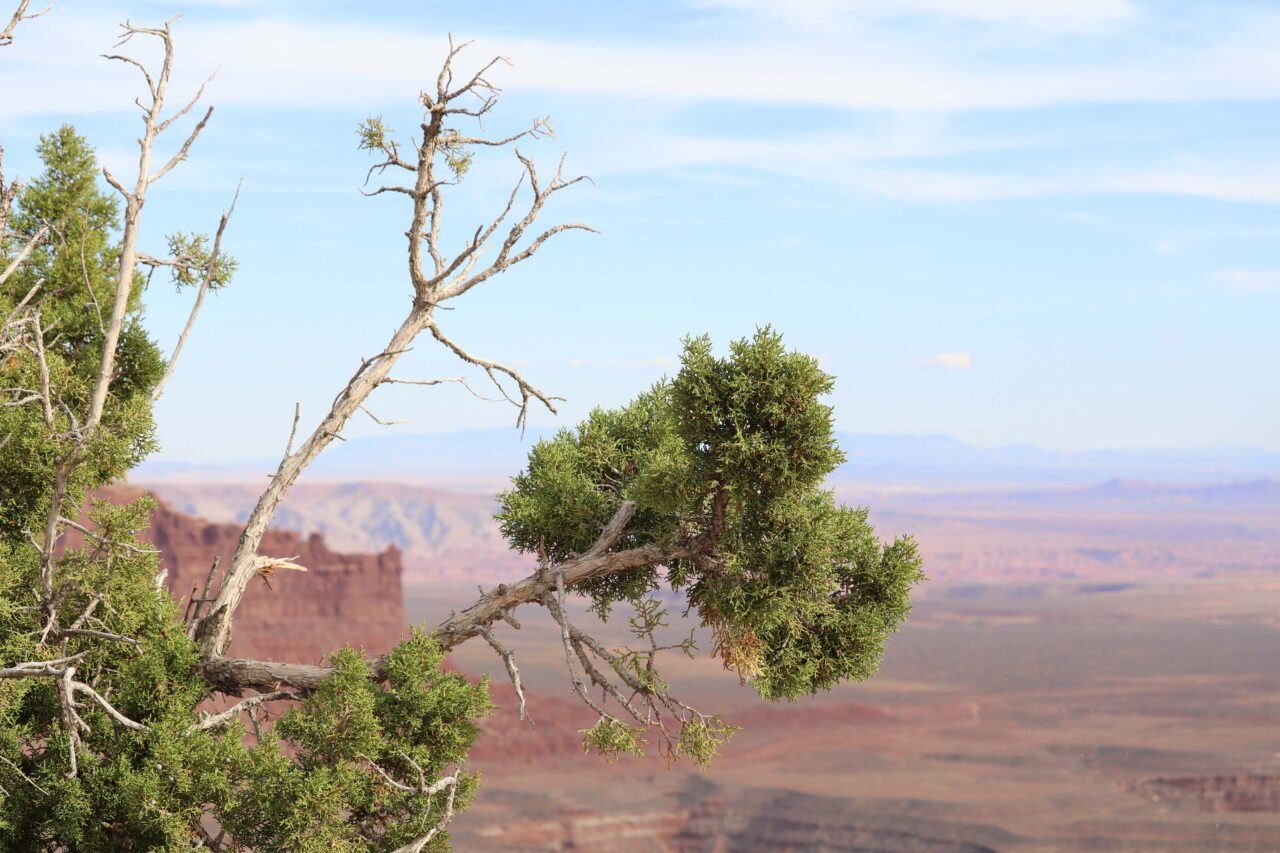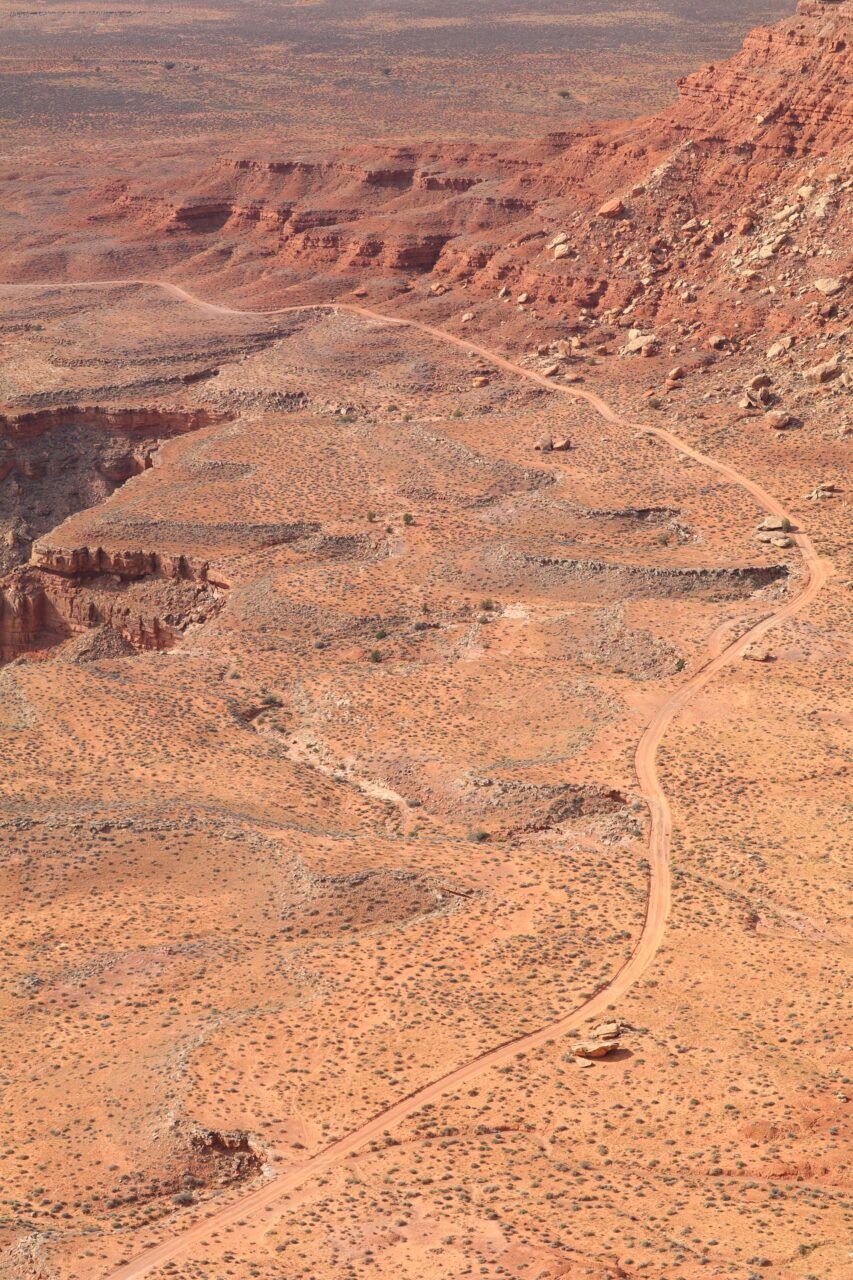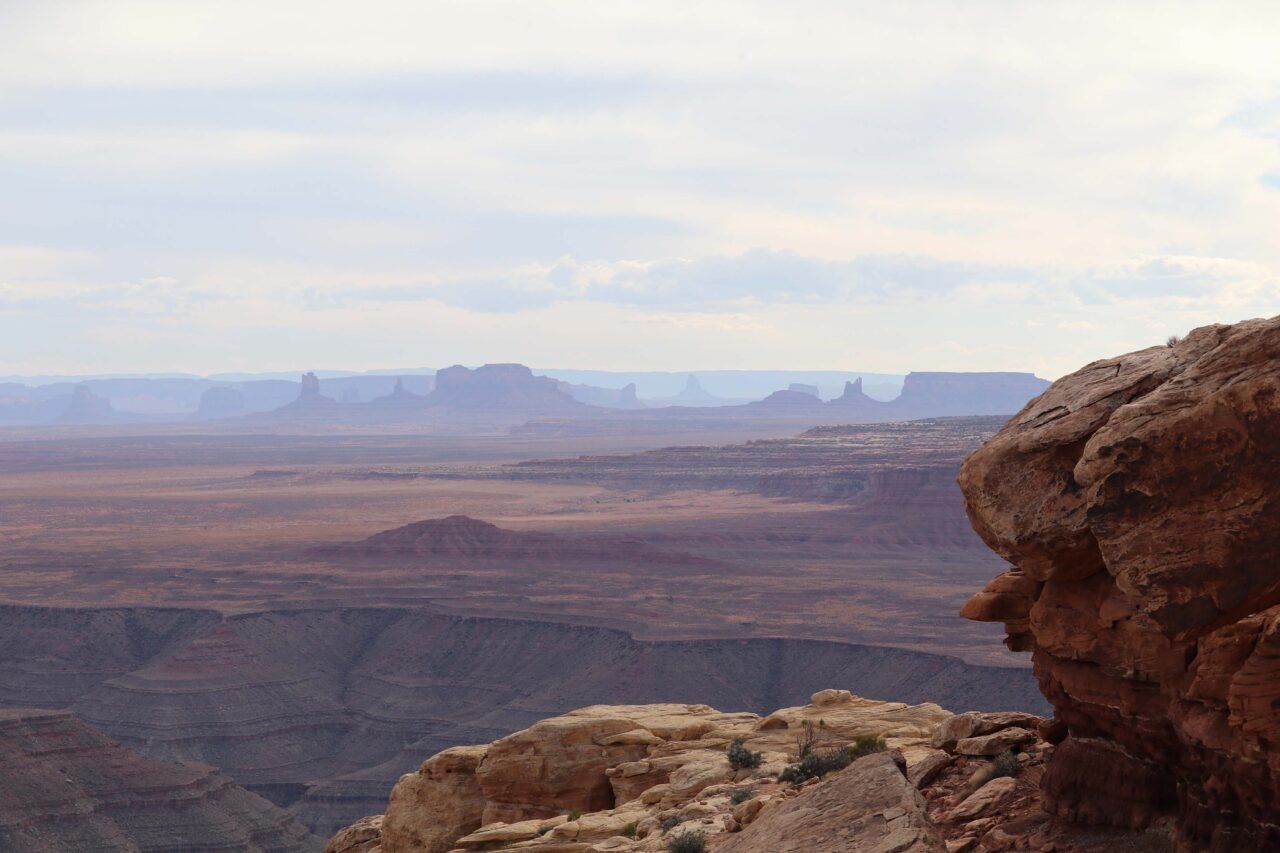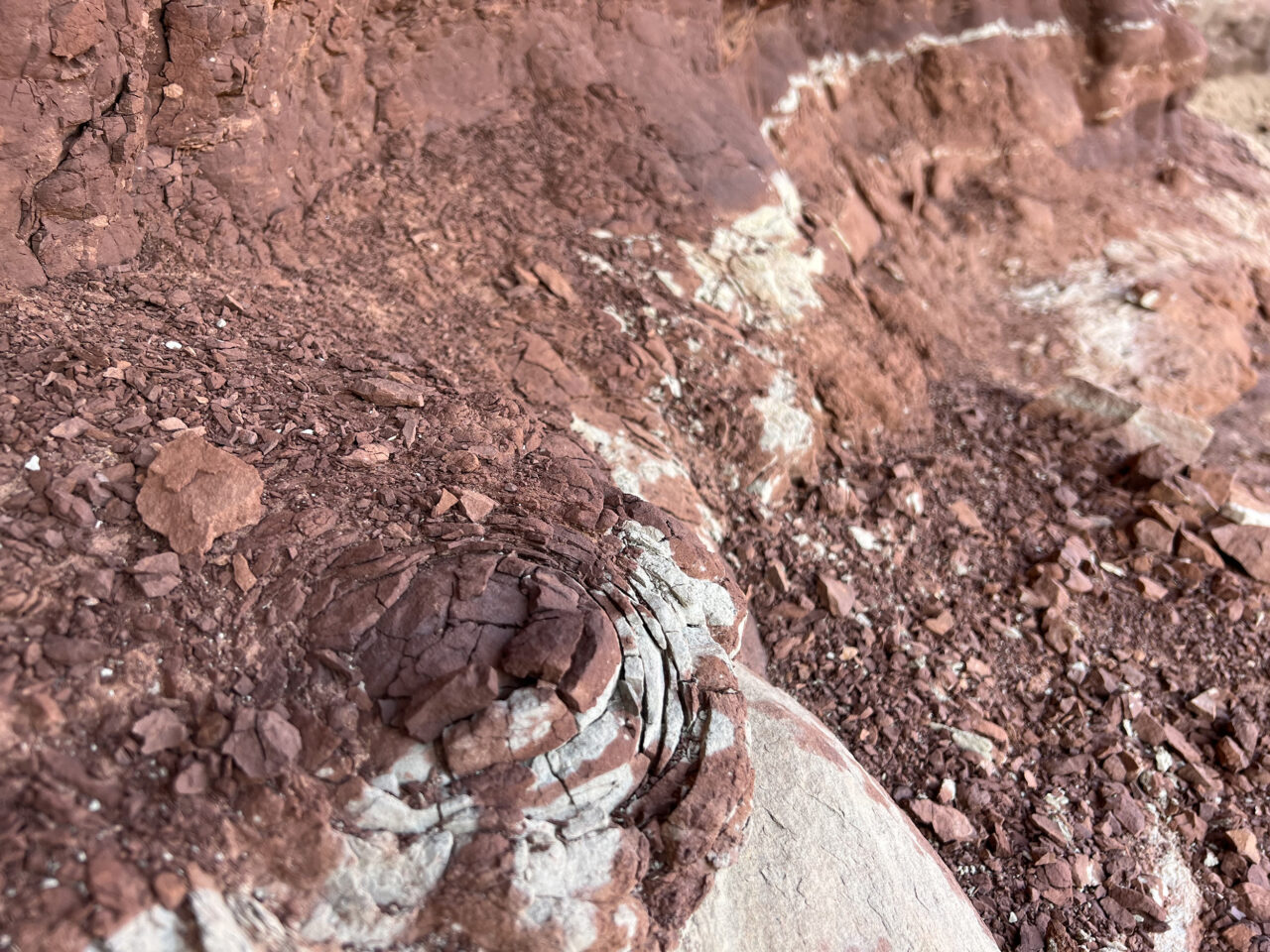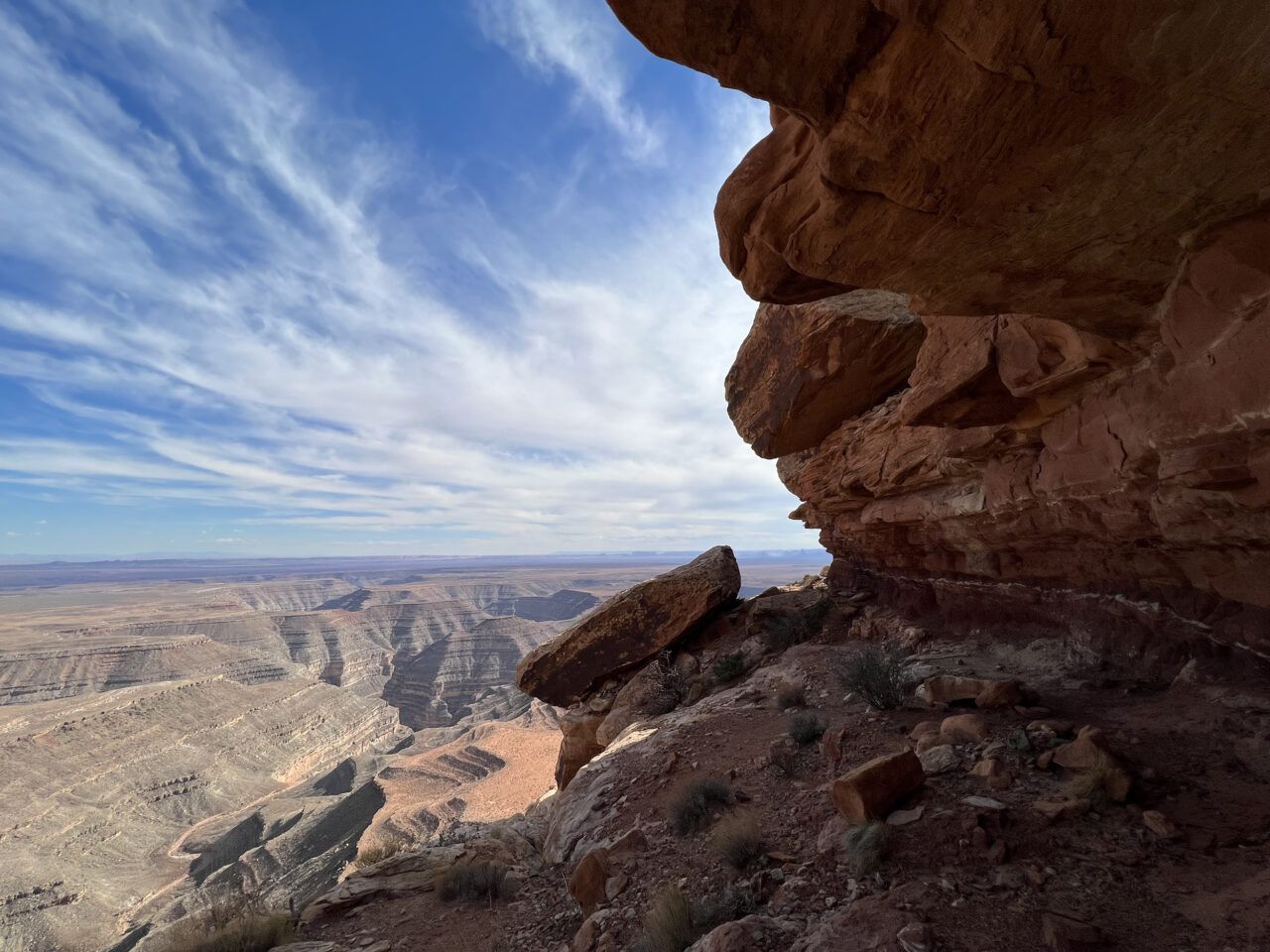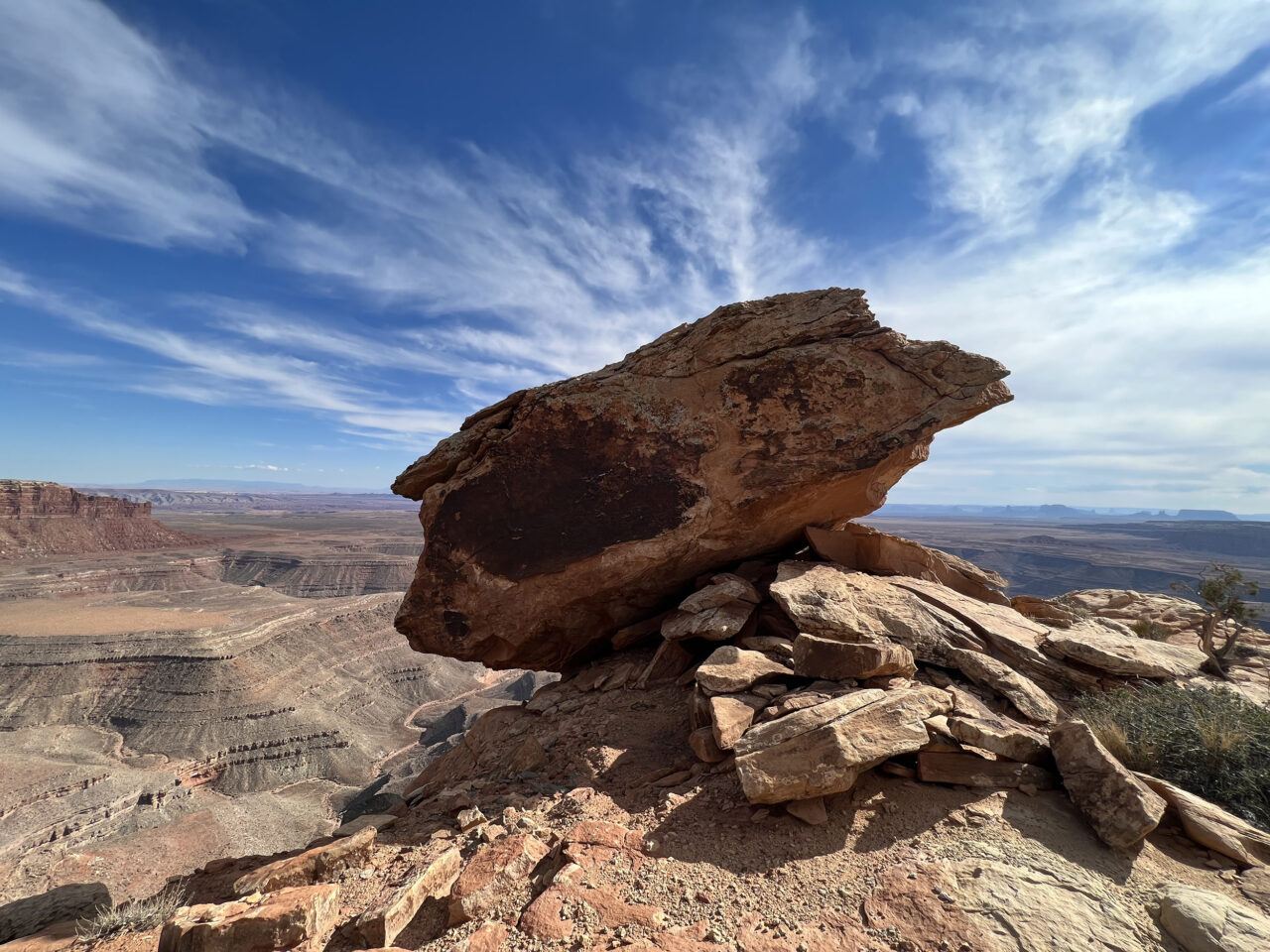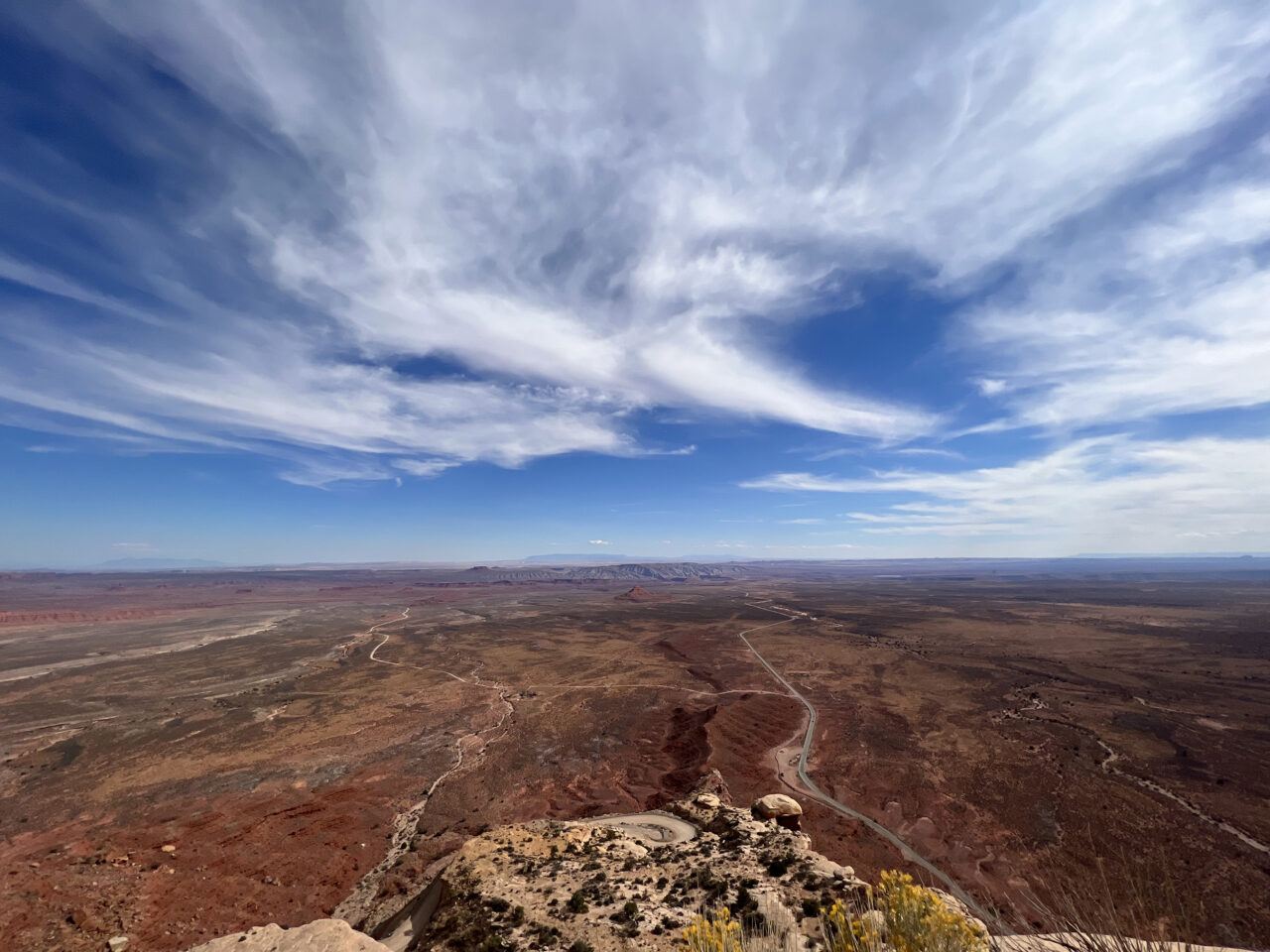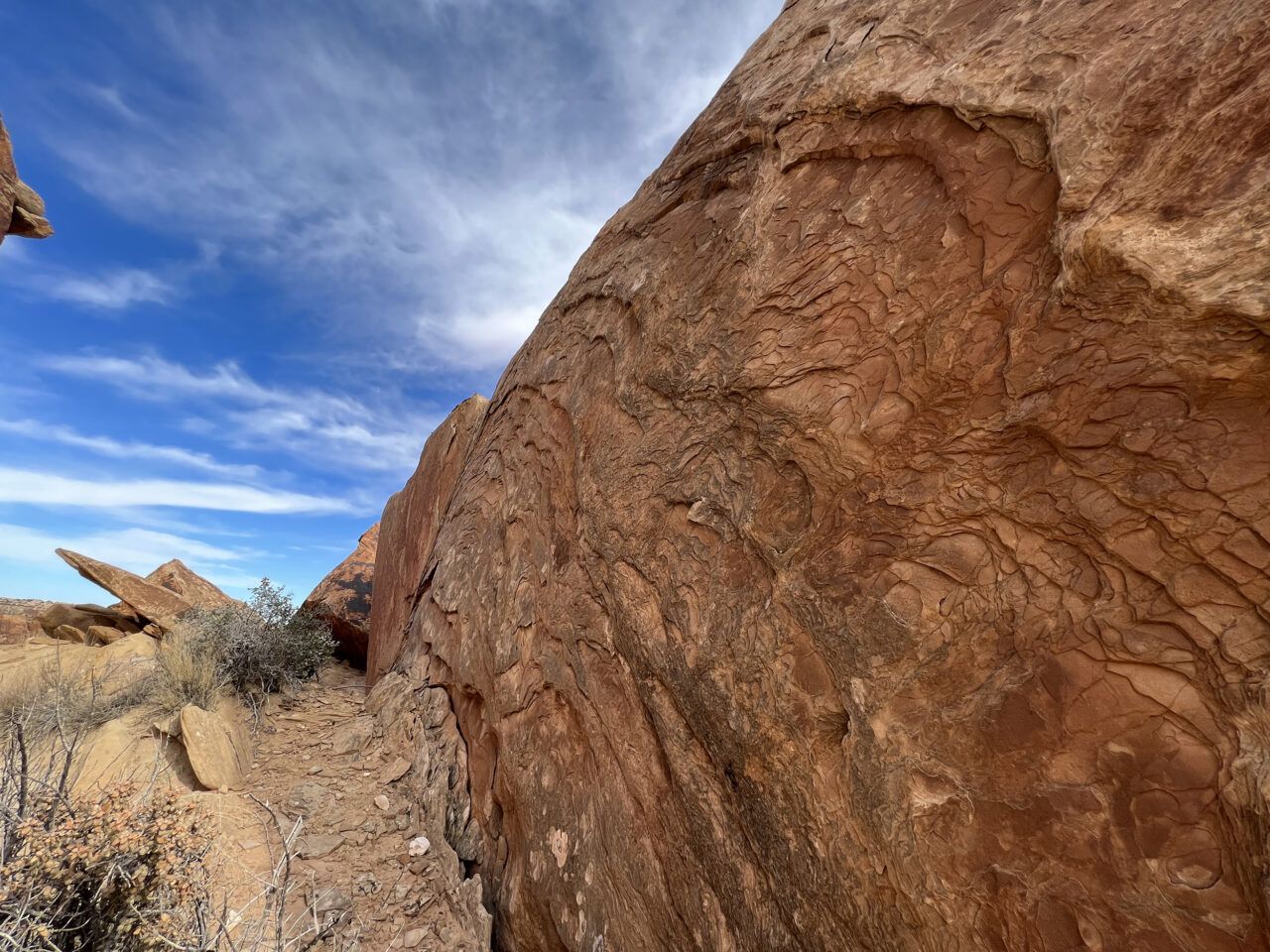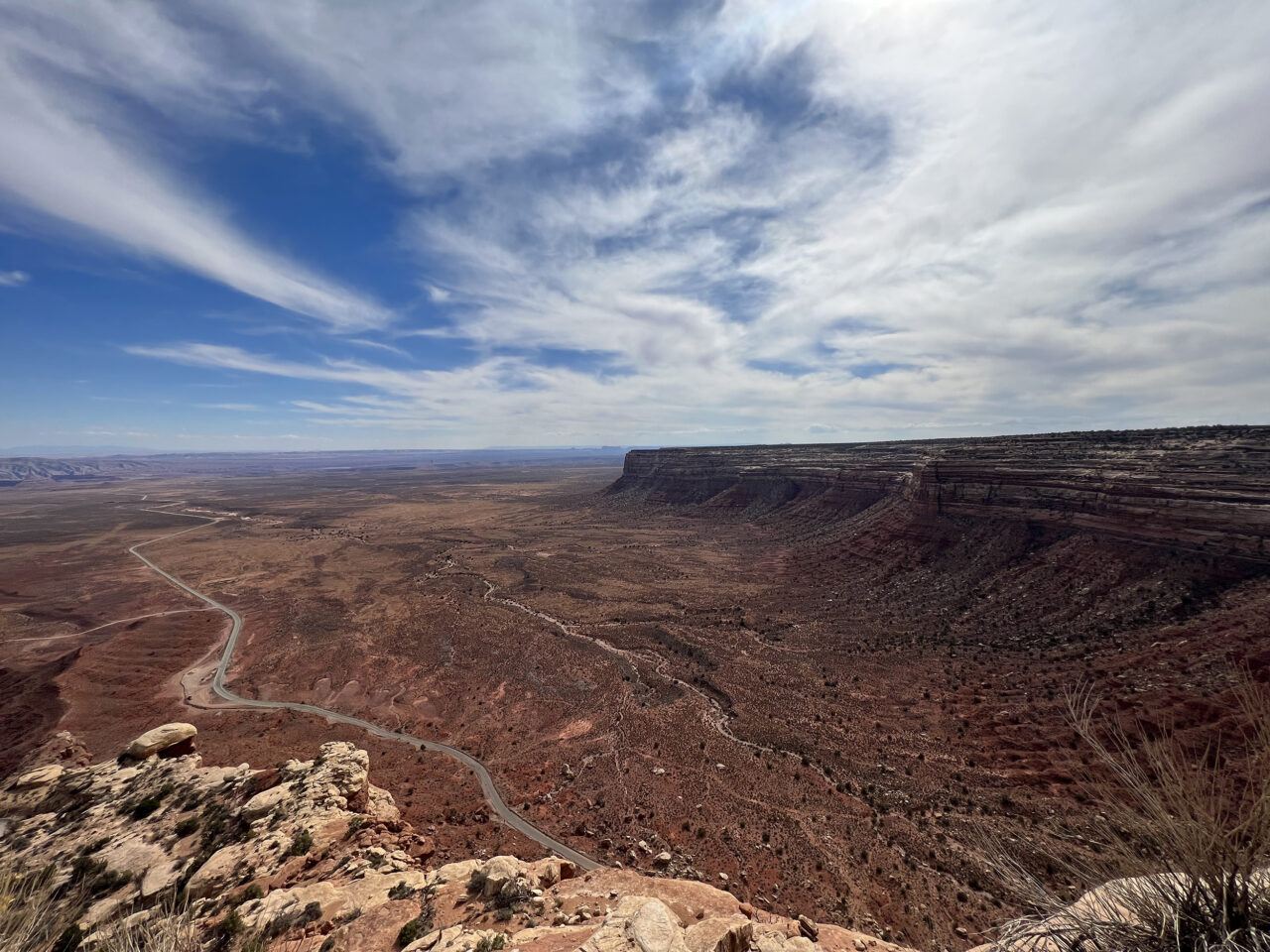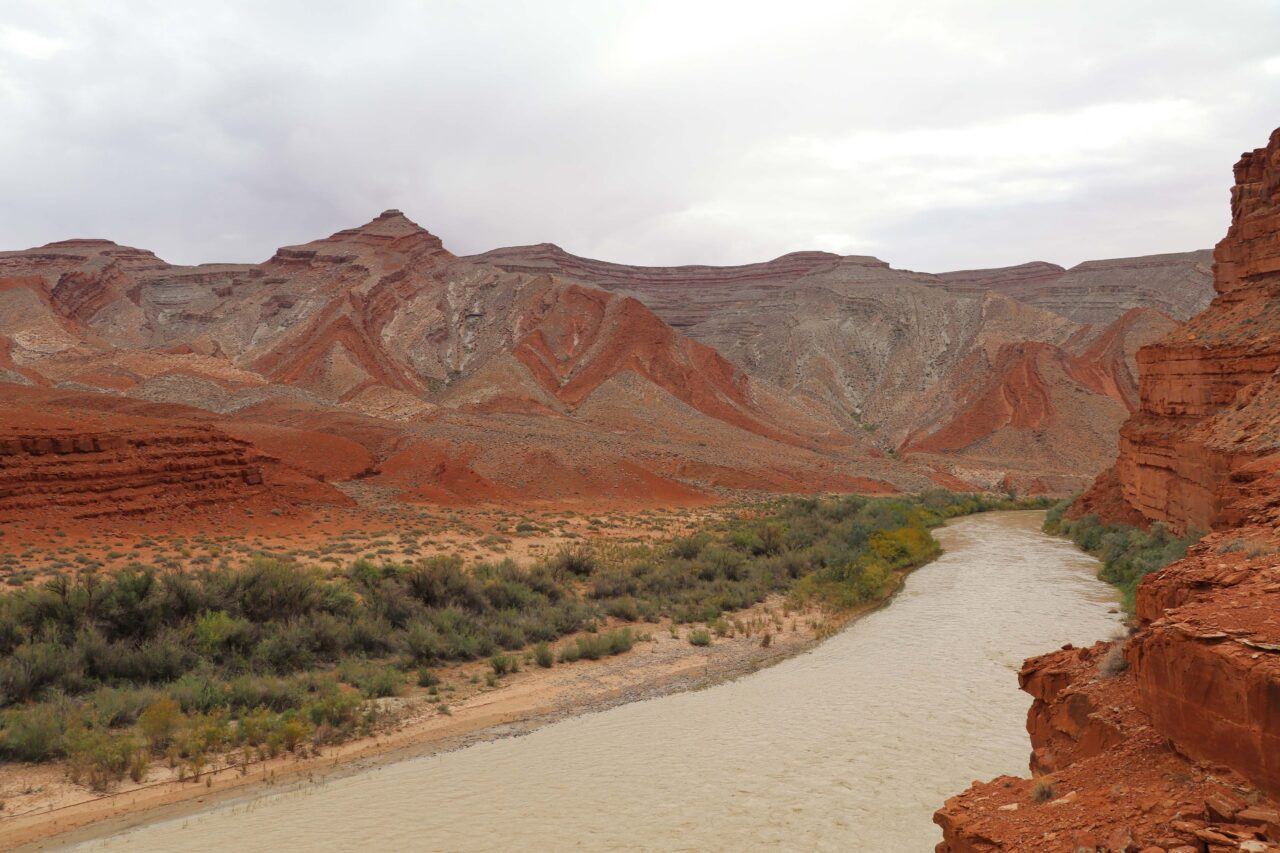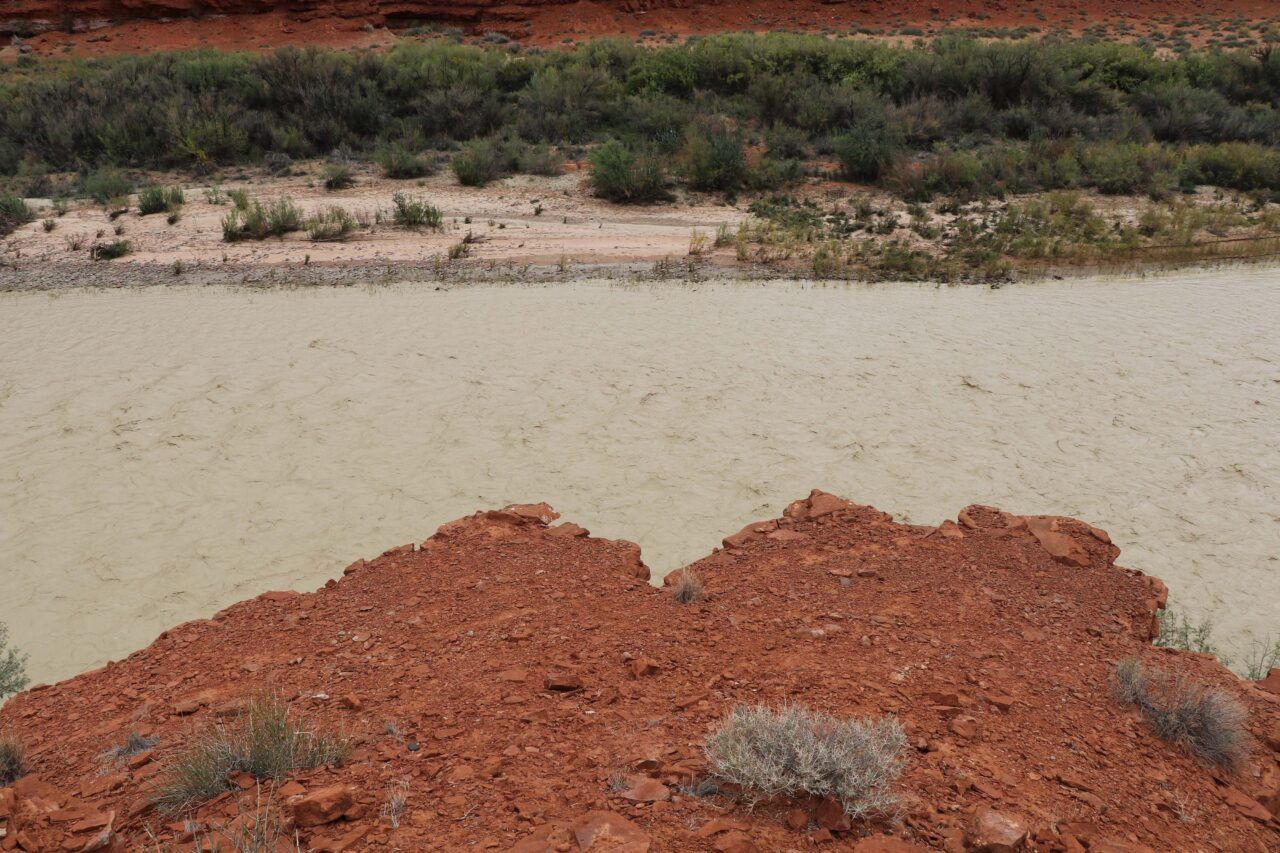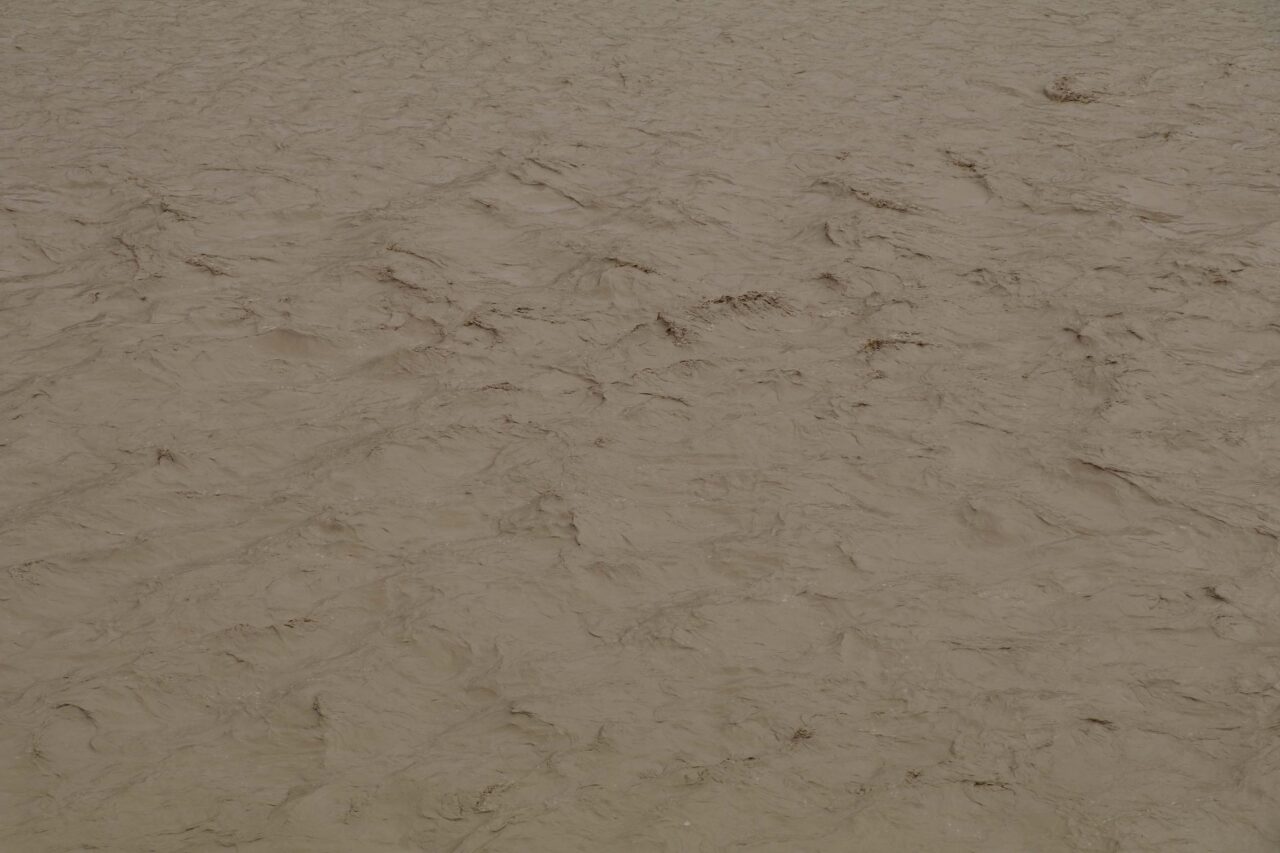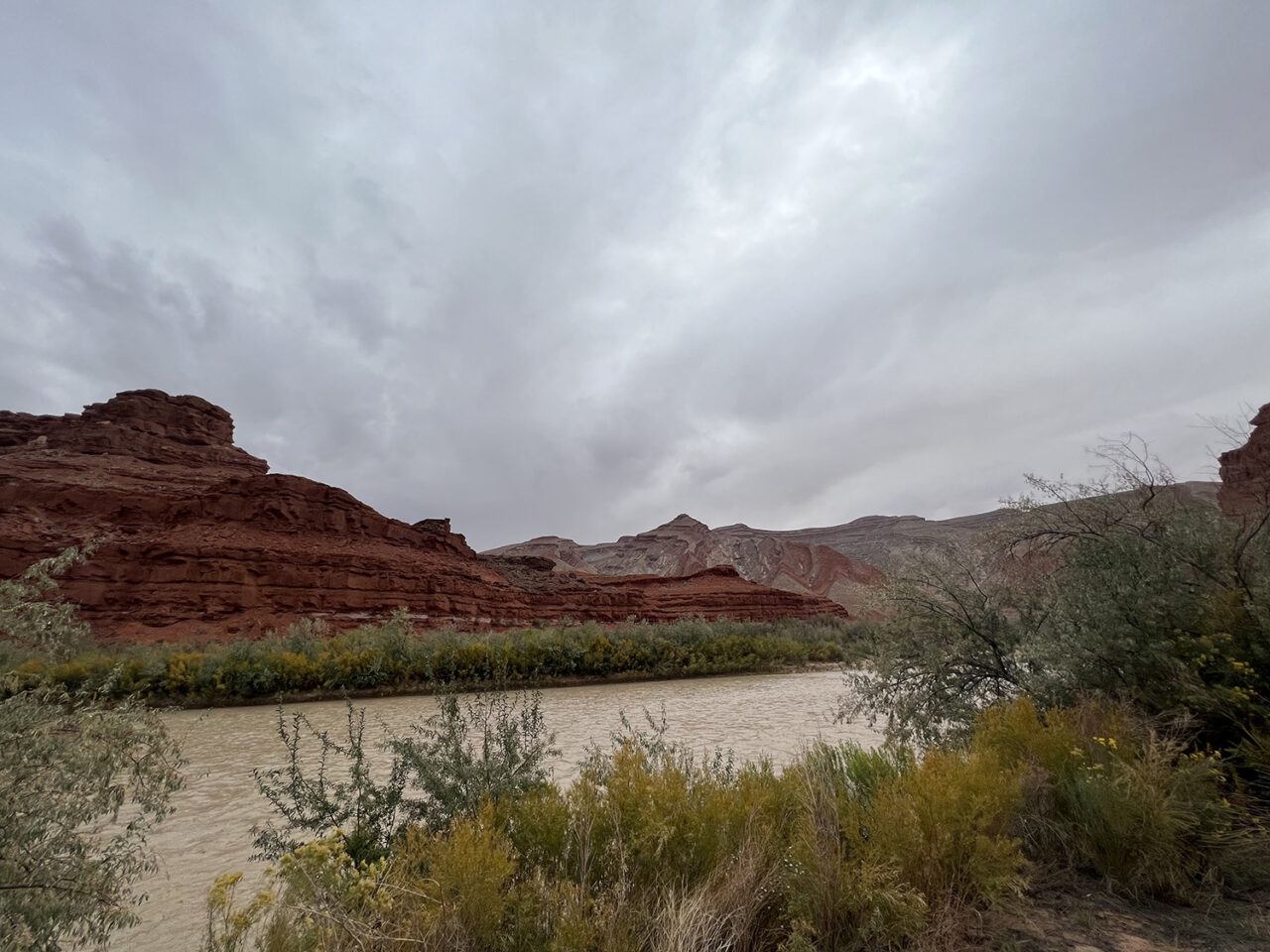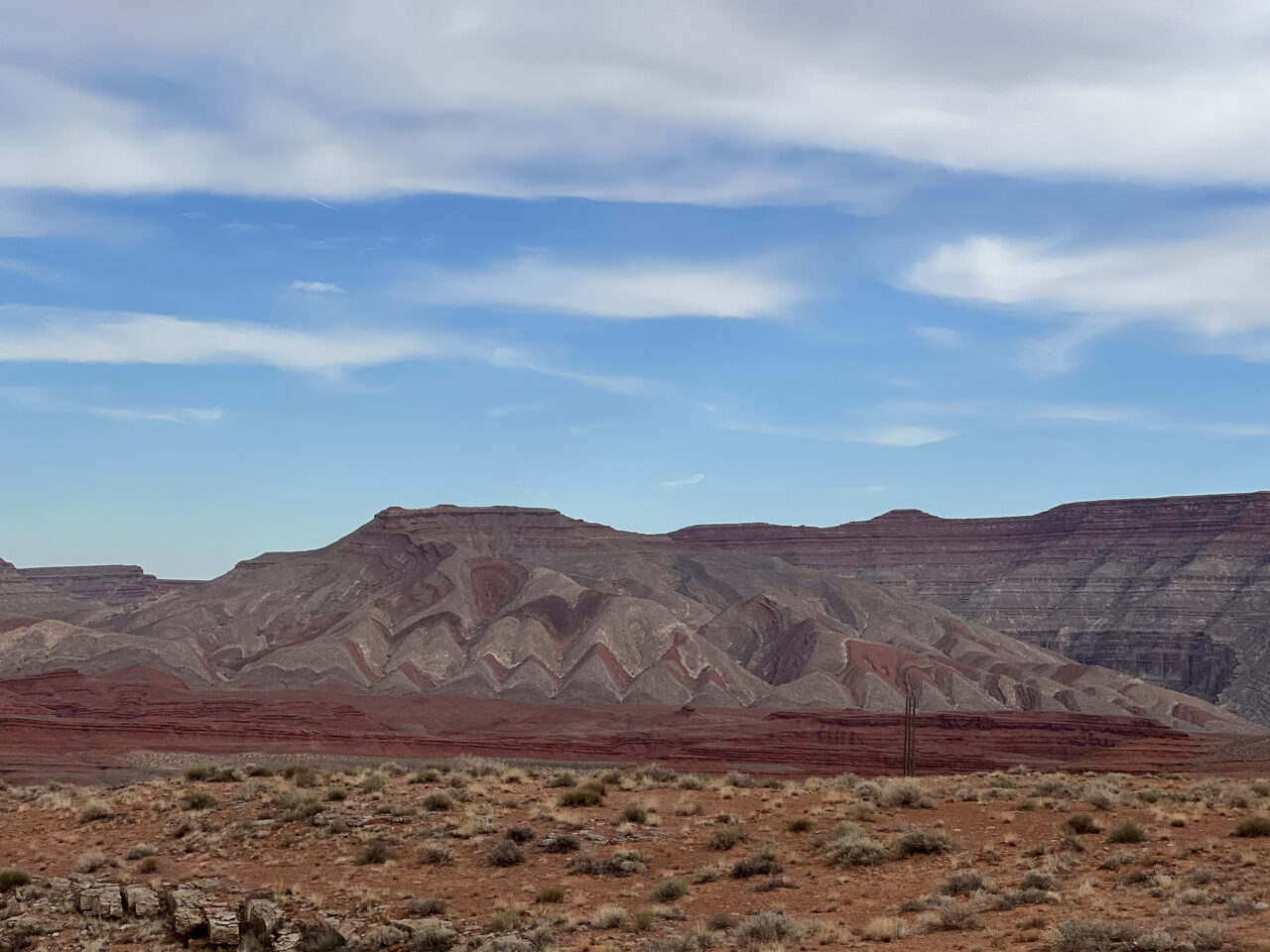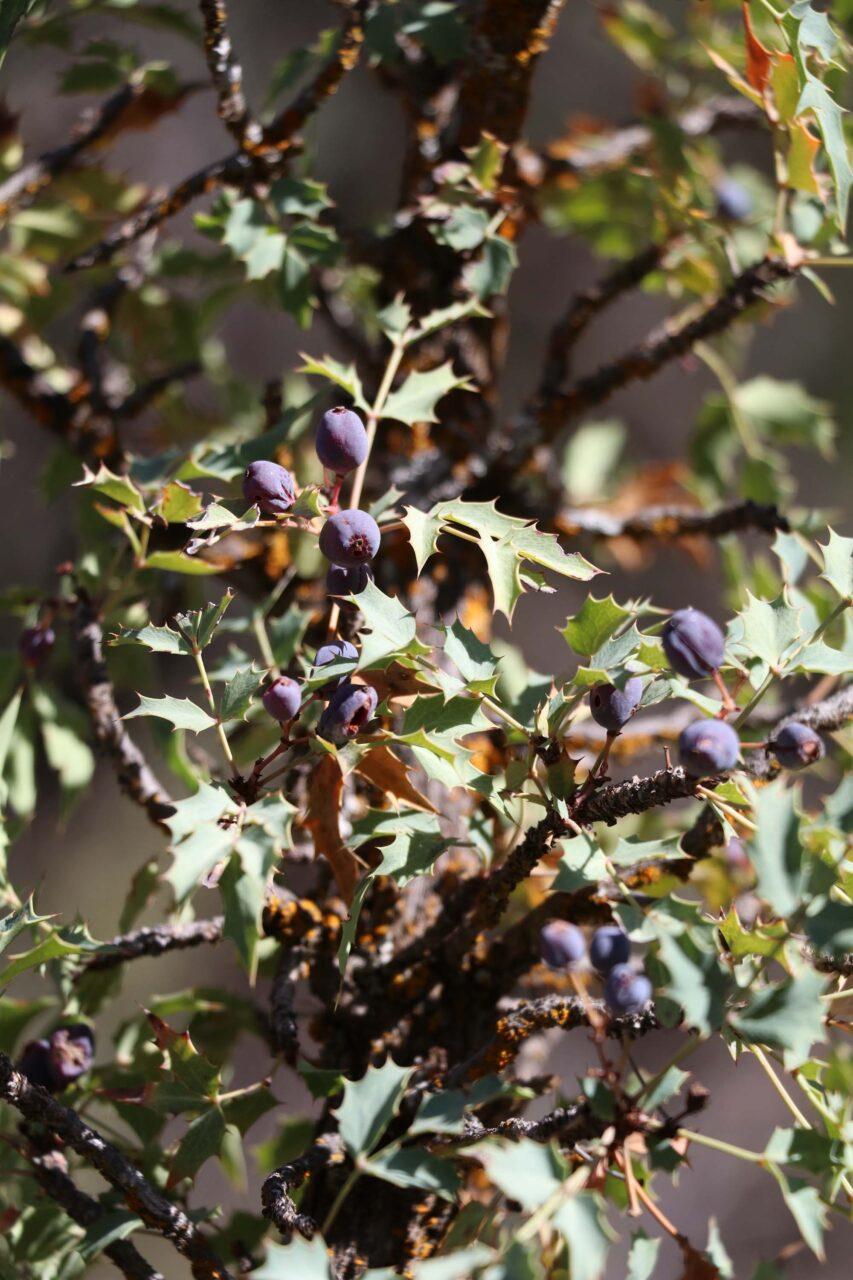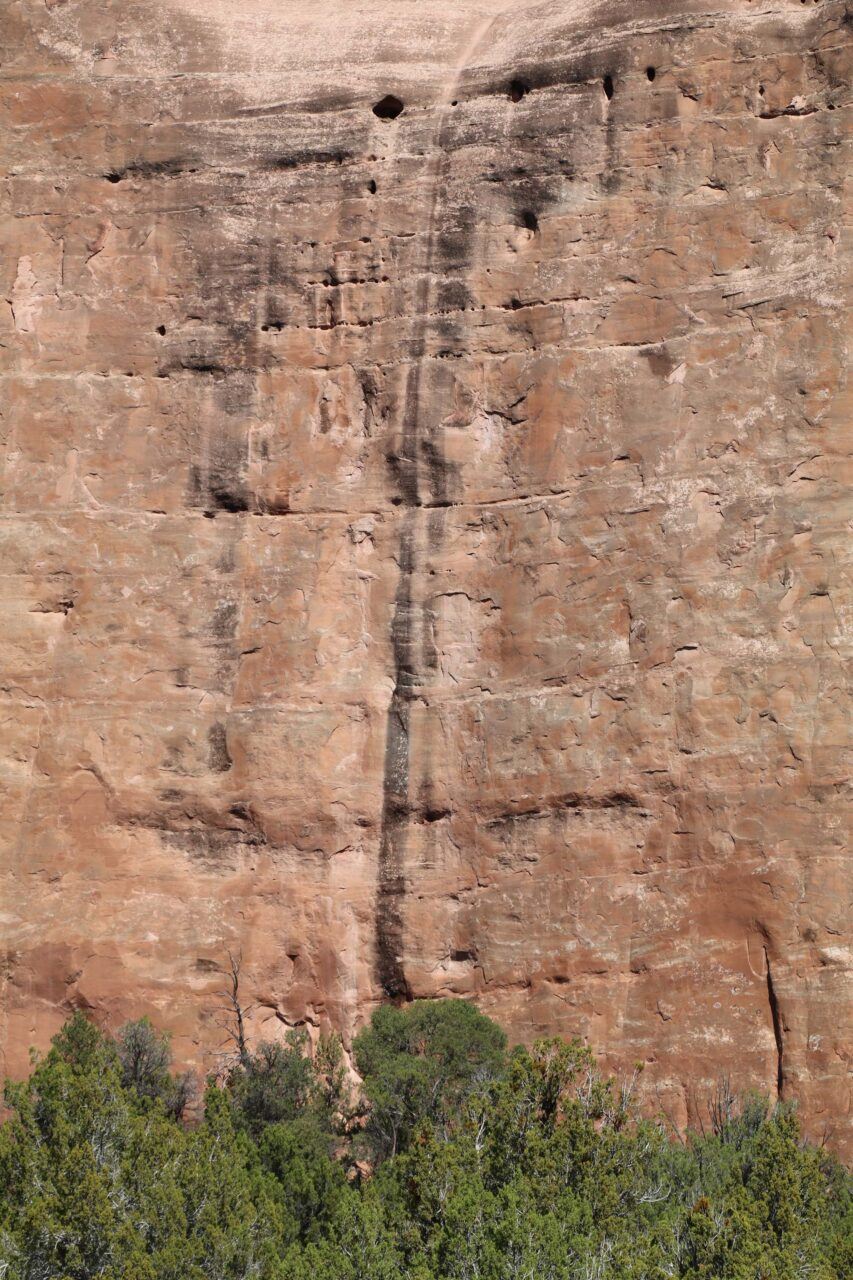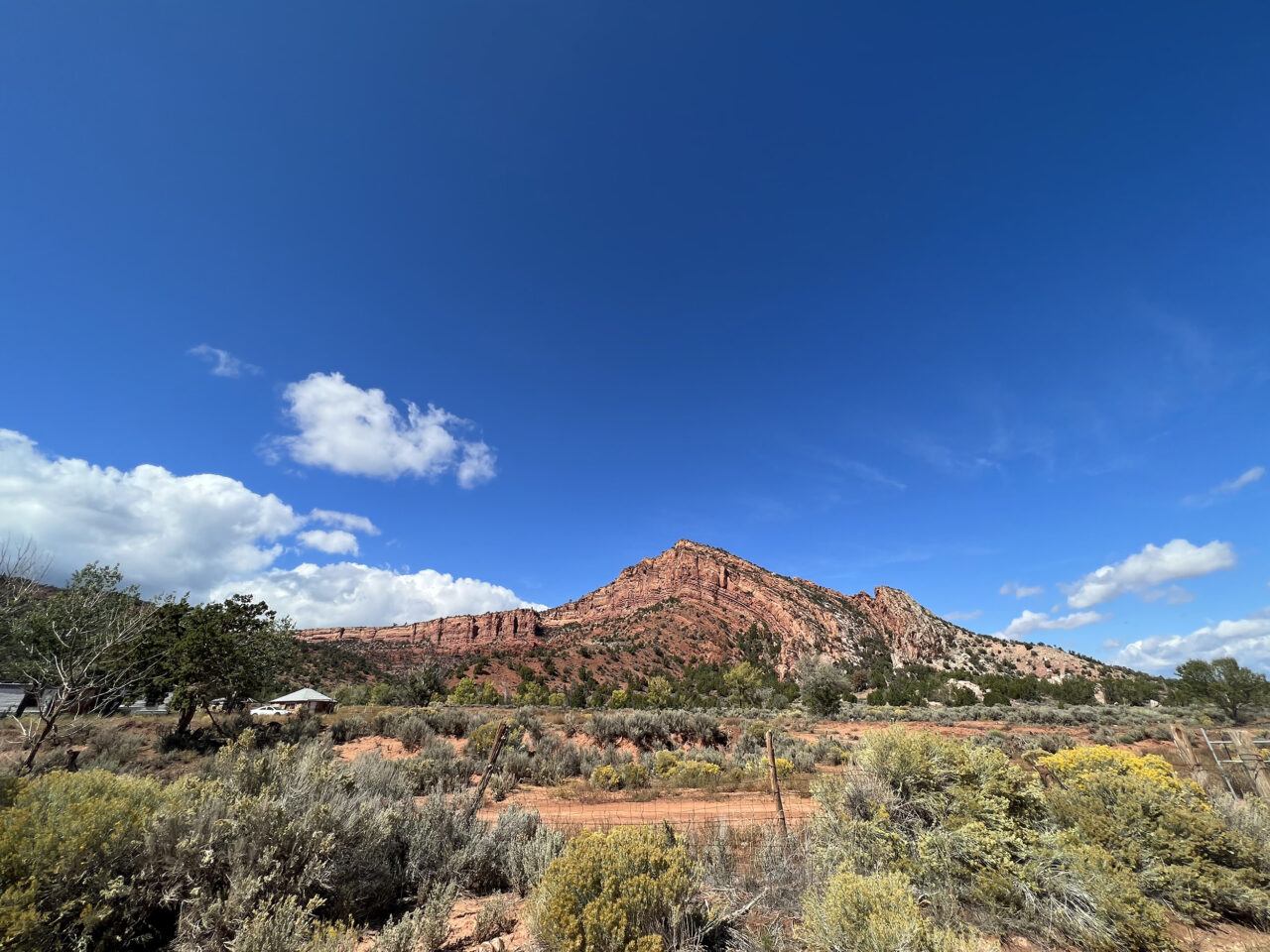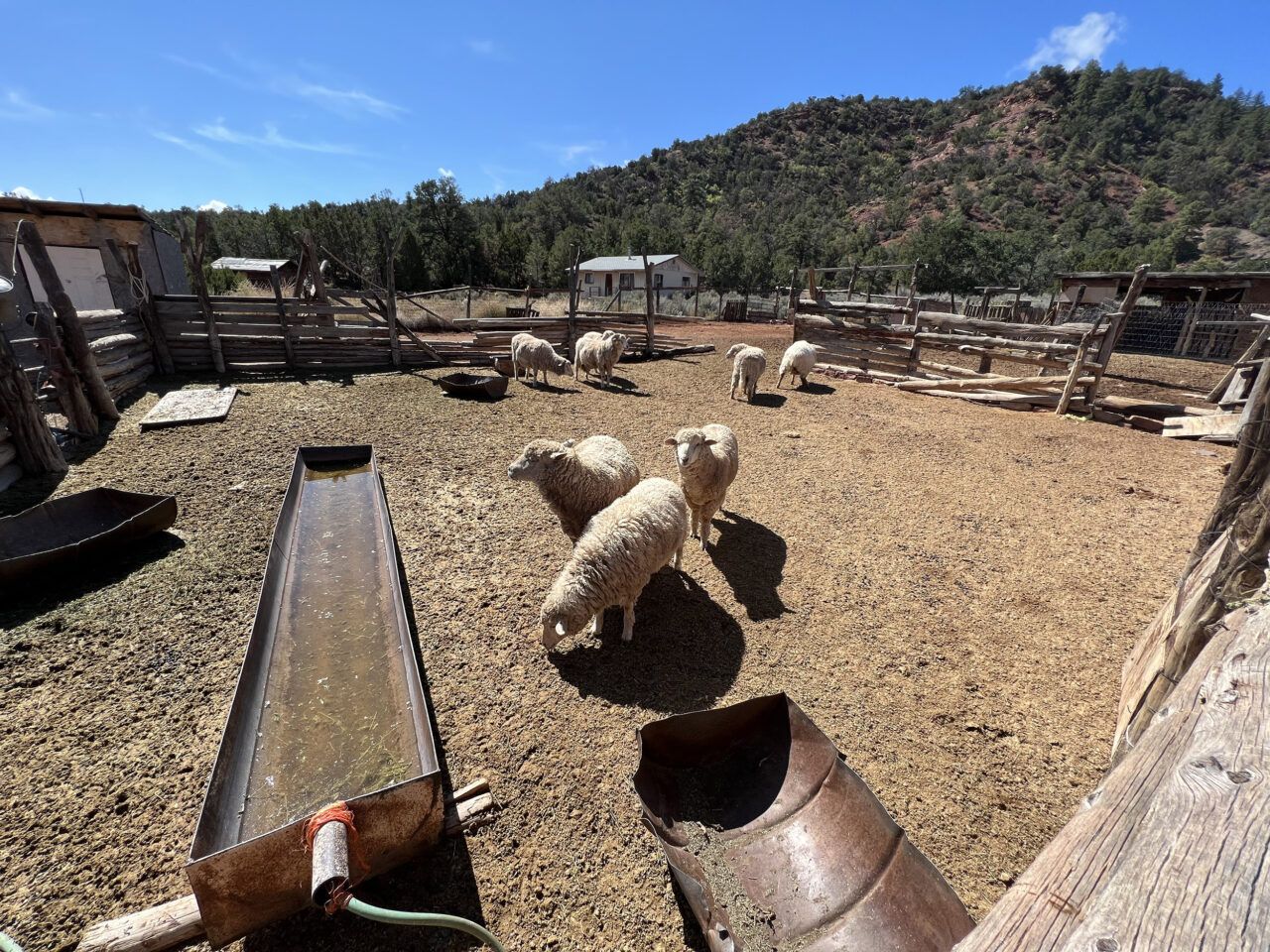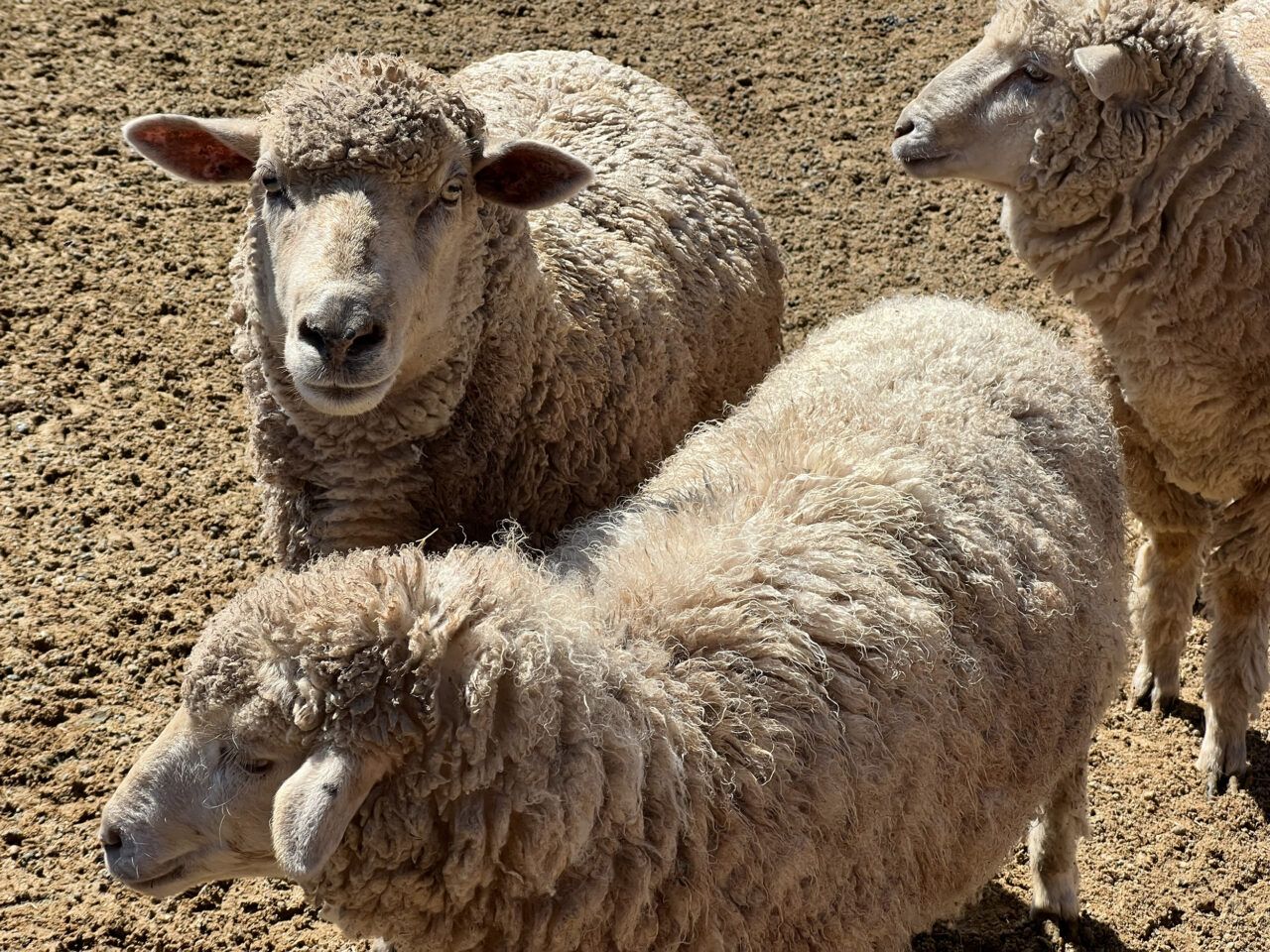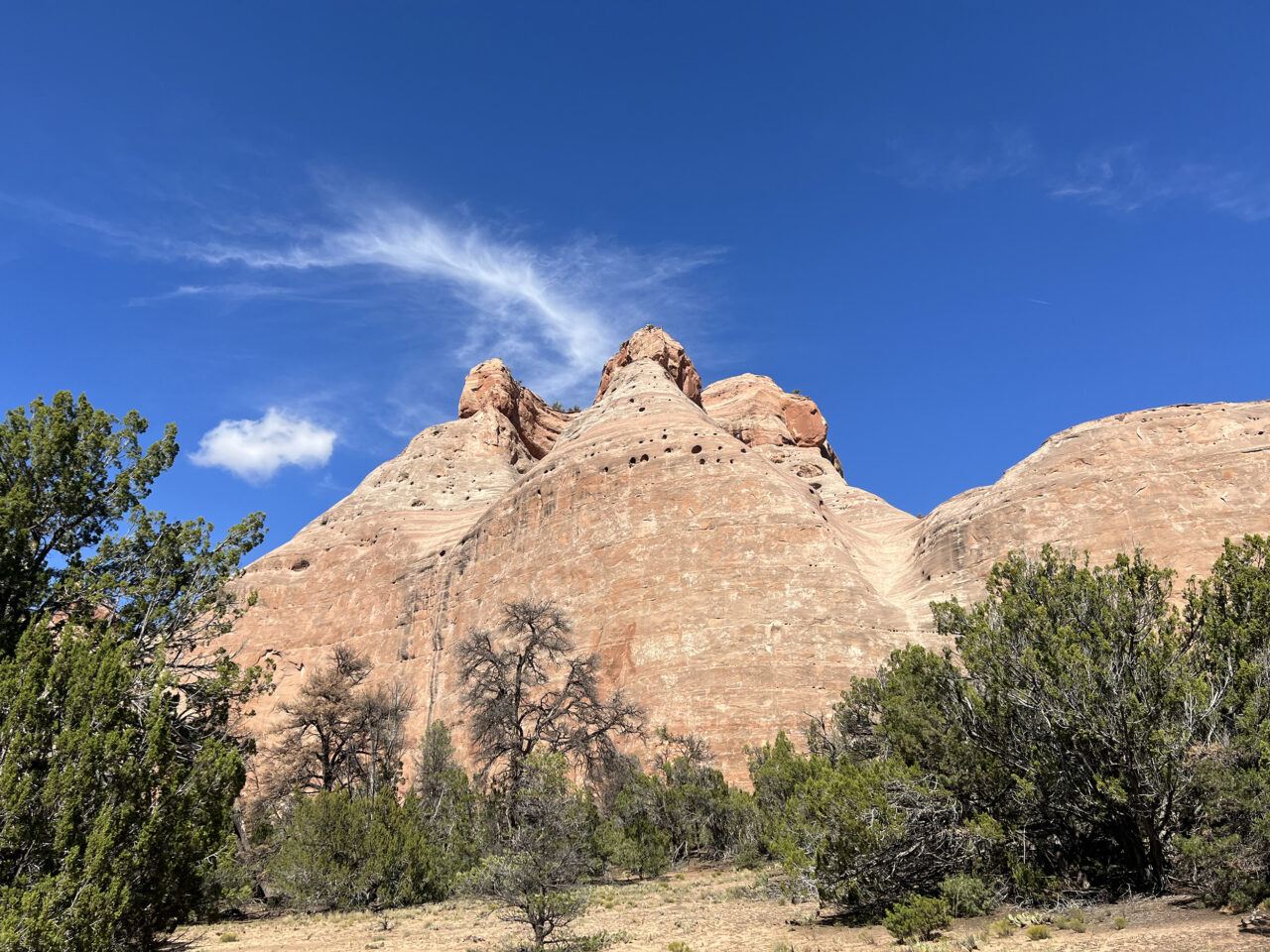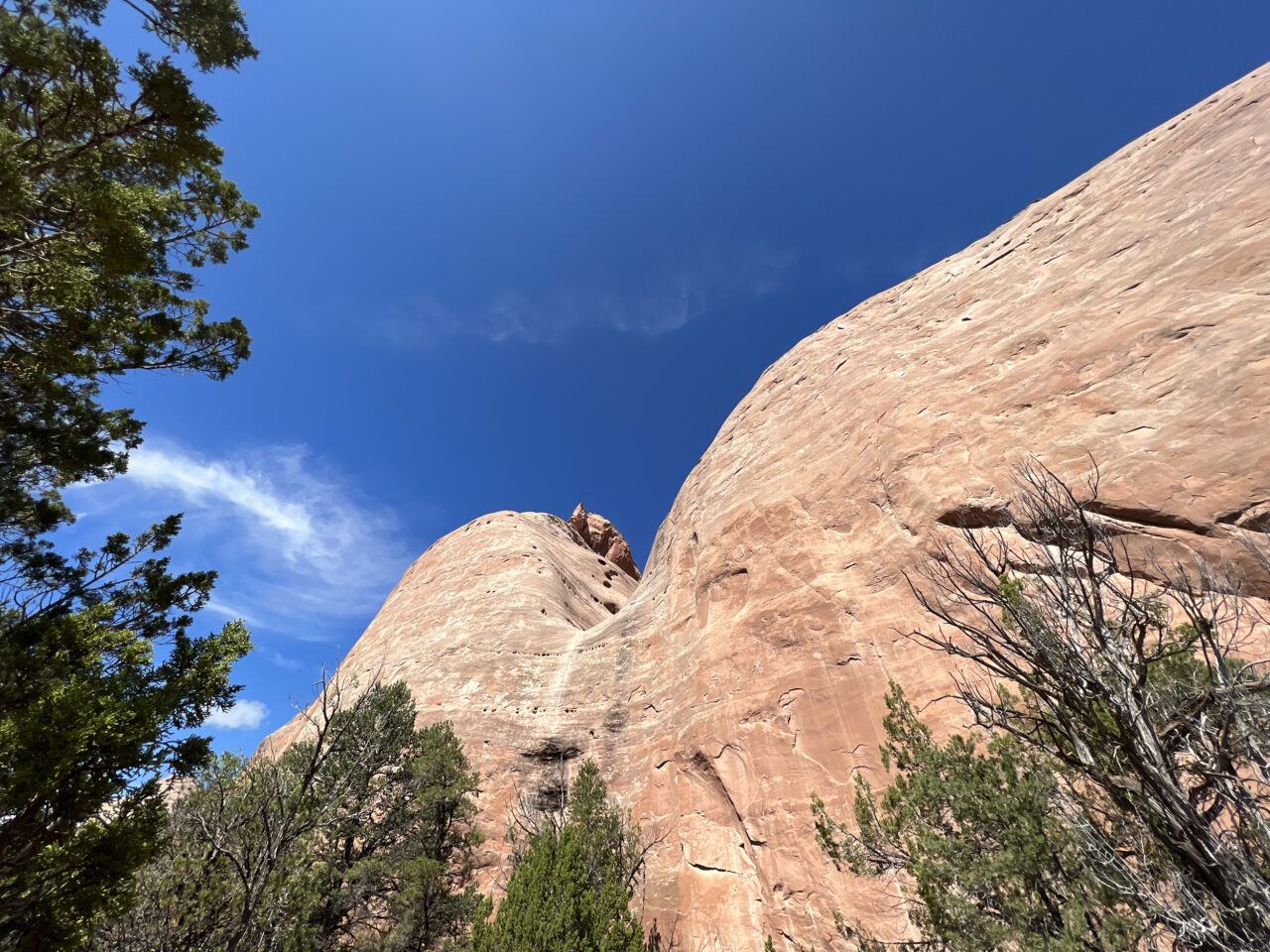Map
Through a collection of photographs and 360 panoramas, explore the varied topographies, vivid colors, and material resources woven from the natural world into the textiles featured throughout this exhibition.
Window Rock Navajo Tribal Park
Window Rock, ceremonially named Ni’alníi’gi (Earth’s Center) and referred to as Tségháhoodzání (Perforated Rock), is both a geological formation and the capital of the Navajo Nation. It sits within the boundaries of St. Michael’s Chapter, adjacent to the state line of Arizona and New Mexico. Sand-laden winds and water carved Window Rock’s porthole shape from the Jurassic–era sandstone cliff, forming a nearly sixty-foot arch that overlooks the seat of tribal government as well as the Navajo Nation Museum. A spring once existed near Window Rock, which was used by tribal leadership to offer prayer and ask for guidance.


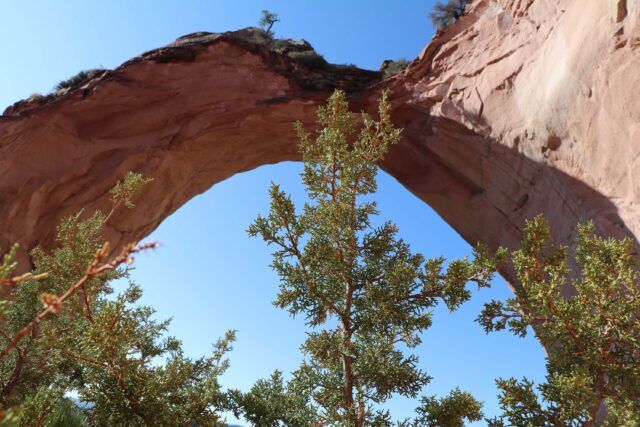
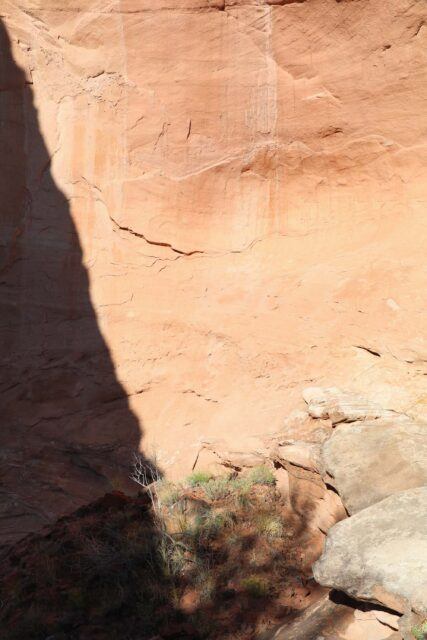
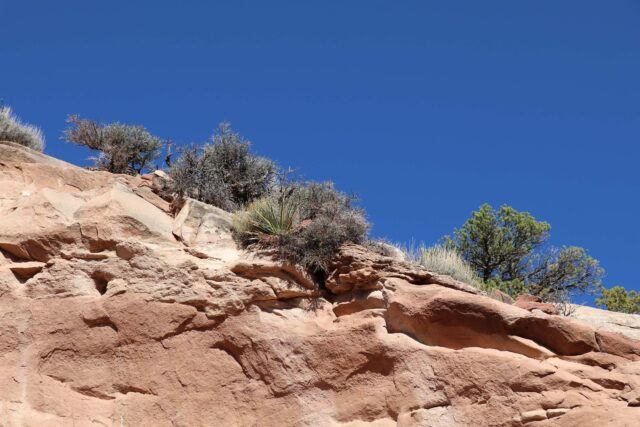
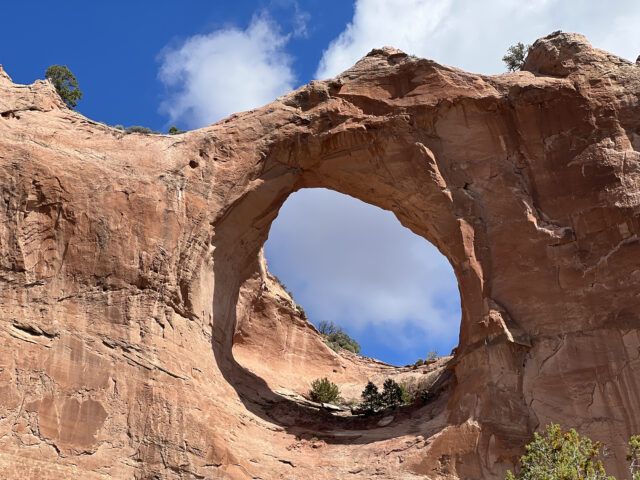
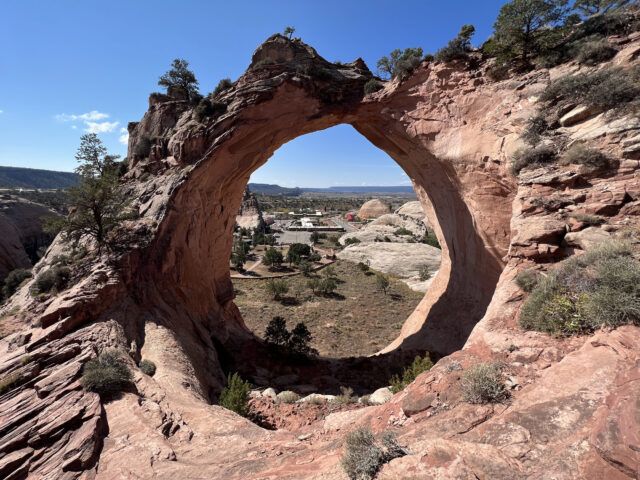
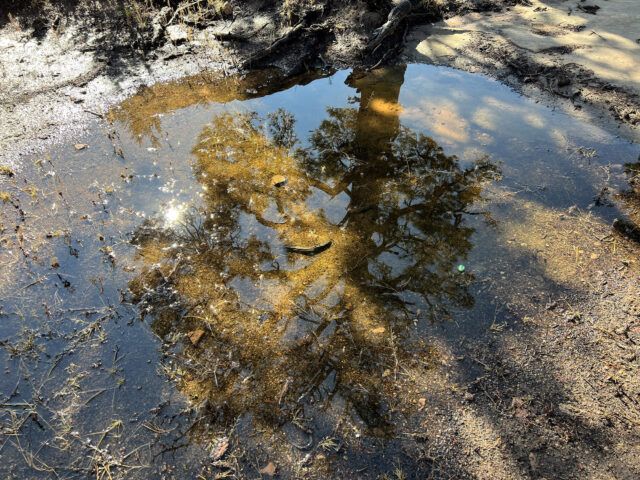


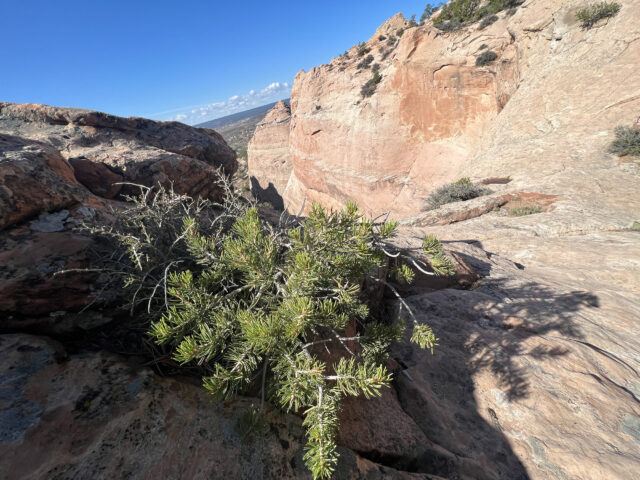
Spider Rock, Canyon de Chelly National Monument
Canyon de Chelly, named Tséyi’ (Inside the Rock), was designated as a national monument in 1931, under the jurisdiction of the National Park Service and held in trust by the Navajo Nation. Spider Rock, the sandstone monolith that rises from the canyon floor, is a culturally and historically significant site to the Diné (Navajo) people. As the setting for the creation story of Na’ashjéii Asdzáá (Spider Woman), it is central to the origins of Diné weaving and the cosmological relationships that continue to sustain it. It is believed that Spider Woman wove the universe and descended into the canyon to give the knowledge of weaving to the Diné people. Many weavers incorporate a Spider Woman cross into their textiles and basketry as a way to honor these teachings.
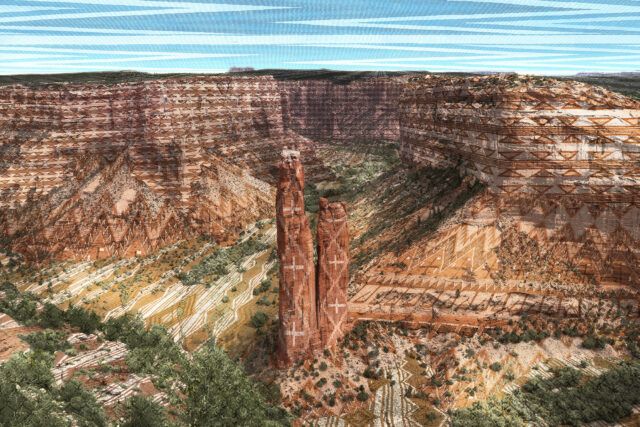
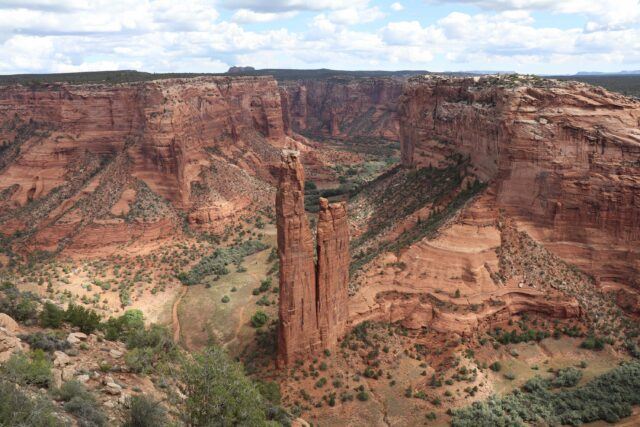


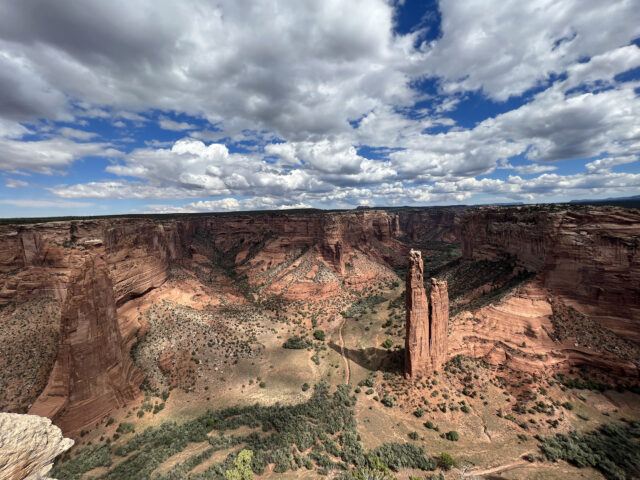
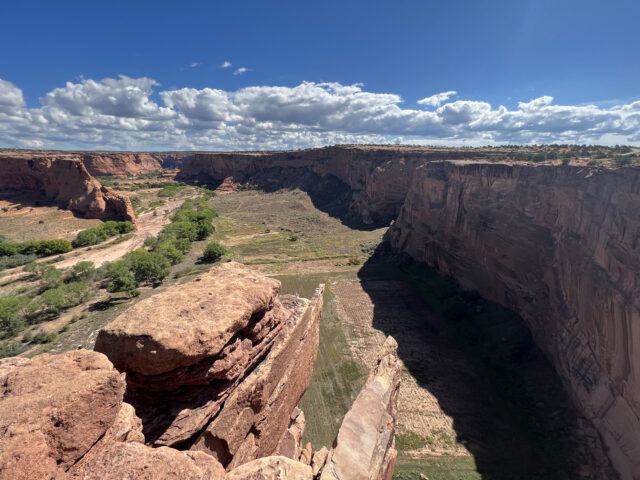
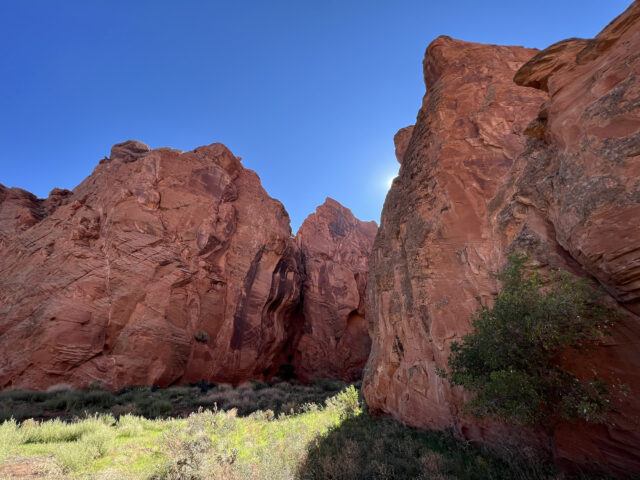
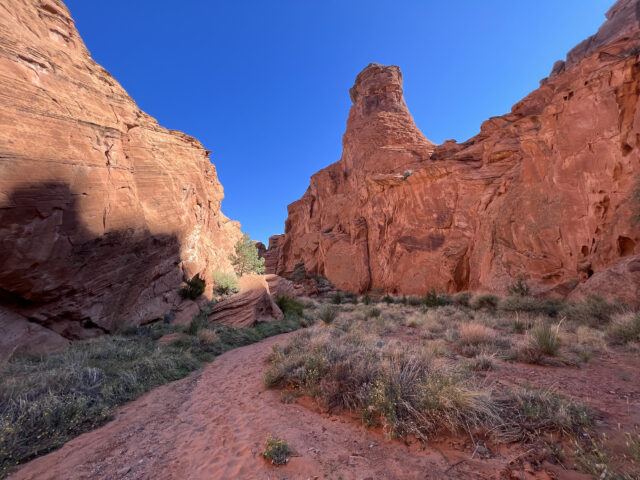
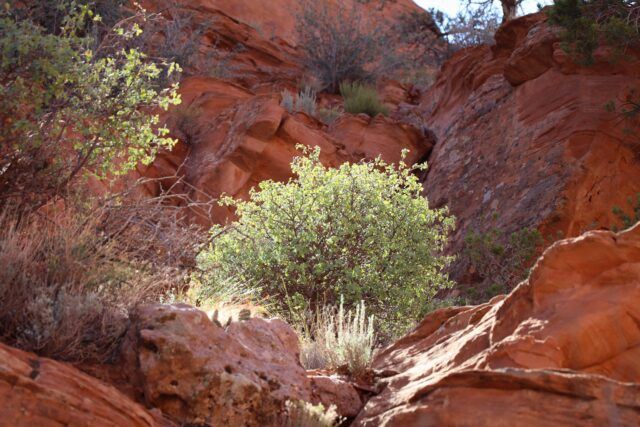
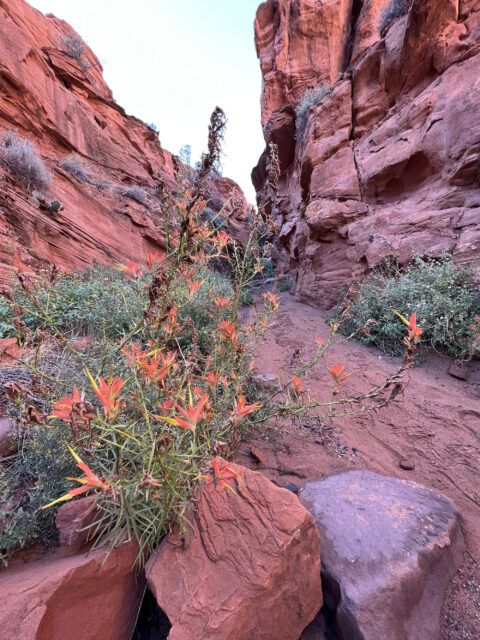
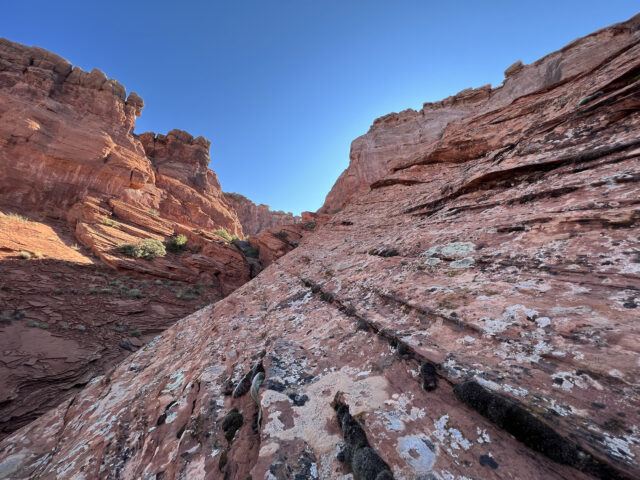
Monument Valley Navajo Tribal Park
Monument Valley (Tsé Bii’ Ndzisgaii), which stretches over 30,000 acres in northeast Arizona and southern Utah, was established as a Navajo Tribal Park in 1960. Scattered across the valley’s terrain are towering sandstone formations that rise 400 to 1,000 feet from what was once a lowland basin. Frequently named for their distinctive shapes—such as the Three Sisters, Elephant Butte, and West and East Mitten Buttes—these natural features are the remnants of deposited layers of sediment eroded by wind and water over the course of fifty million years.

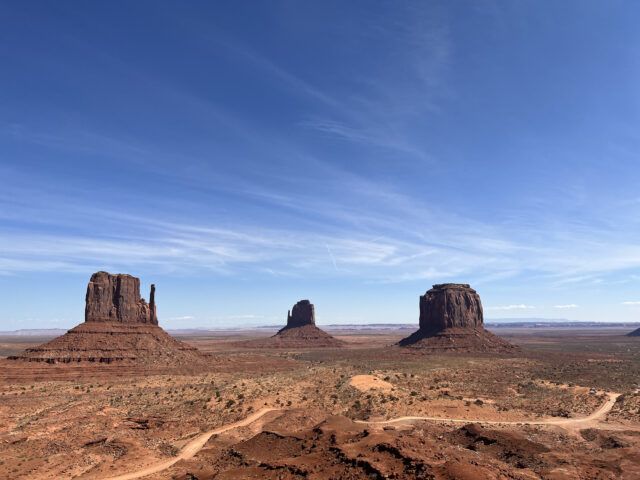
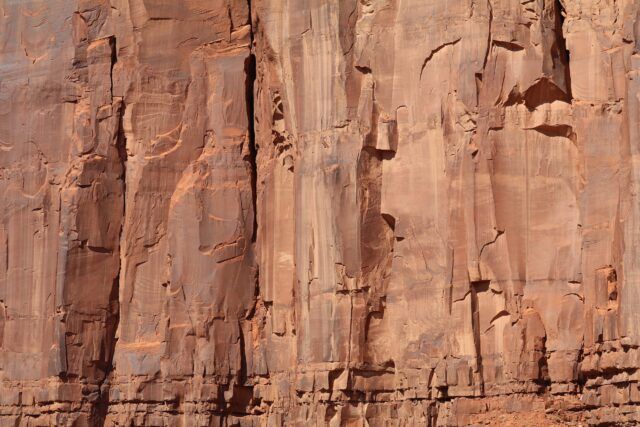

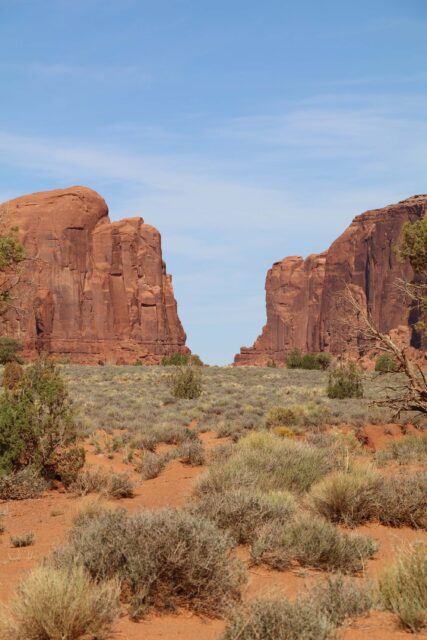
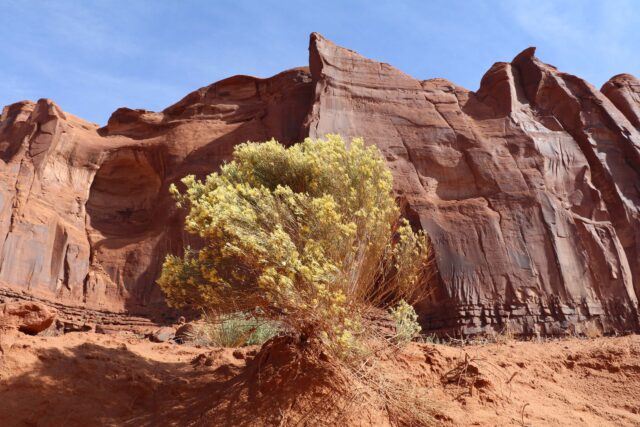
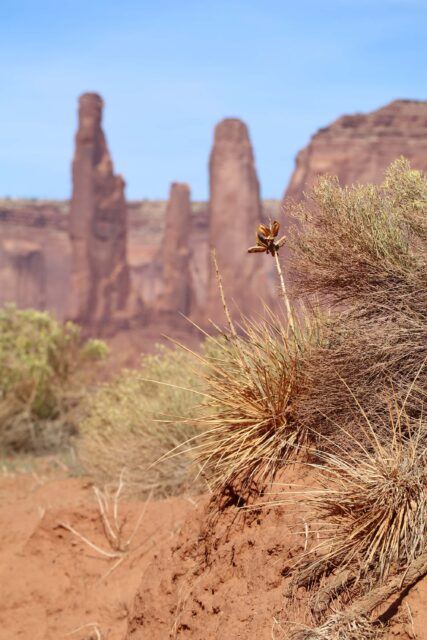
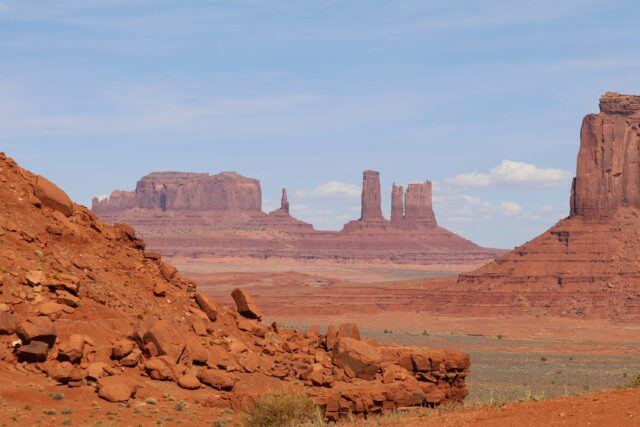
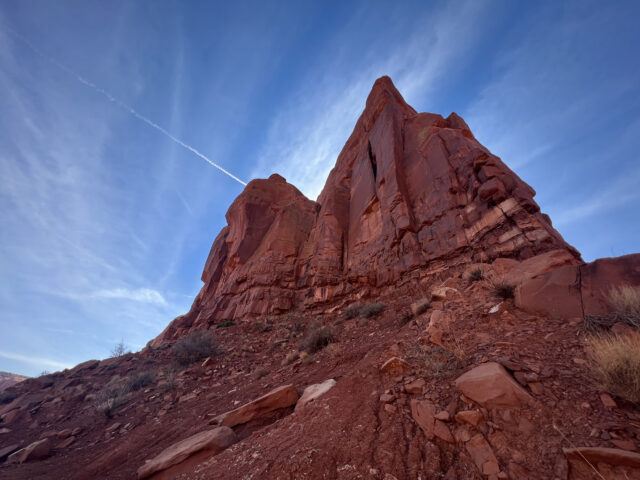
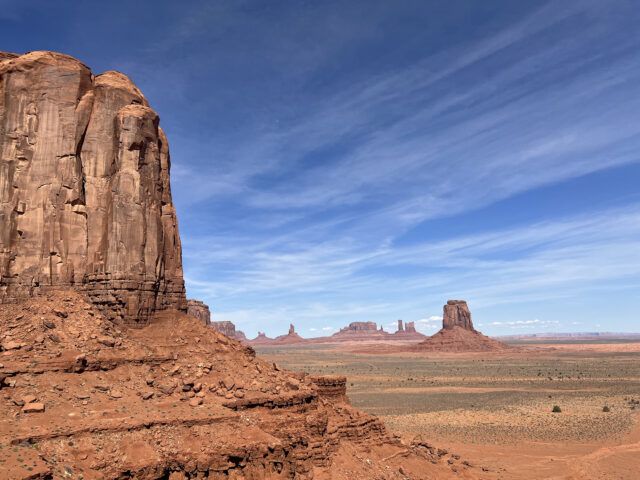
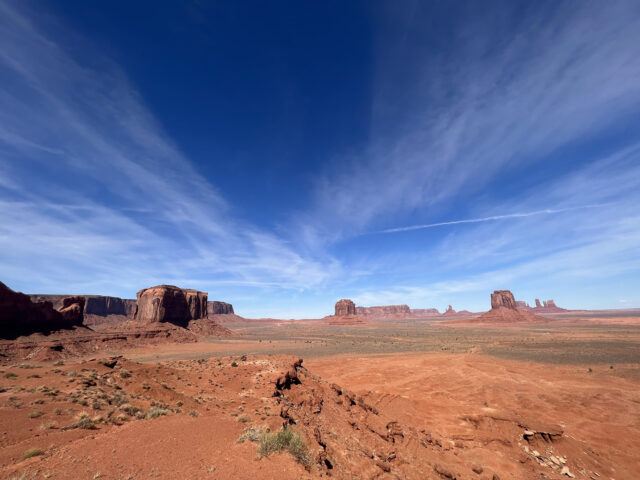
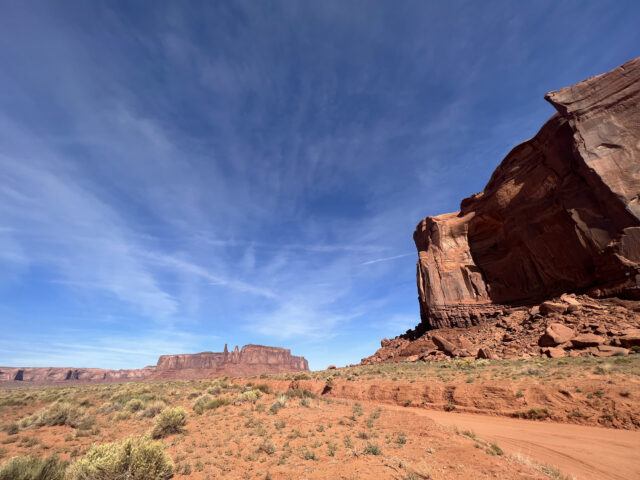
Shiprock Pinnacle
Shiprock Pinnacle (Tsé Bitʼaʼí, which translates as “rock with wings” or “winged rock”), is a geological formation located in San Juan County, New Mexico, near the Diné (Navajo) settlement of Shiprock. Exposed by erosion over millions of years, this volcanic neck is the hardened remains of lava once contained within a larger volcanic land structure. Rising 1,583 feet above the surrounding high-desert plain, the distinctive landmark also features two walls of volcanic rock, which radiate out from the pinnacle to form its distinctive “wings.” In Diné stories, the site was the scene of an epic battle between Nayenezgani (Slayer of the Enemy Gods) and the Tse’nahale (a pair of creatures resembling gigantic eagles), which lived atop the pinnacle and terrorized the local population. The material remnants of this story are made visible in the geological features of this site, suggesting its Diné place name.

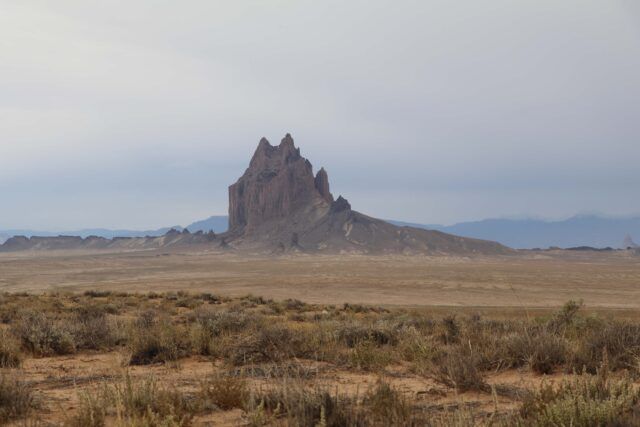
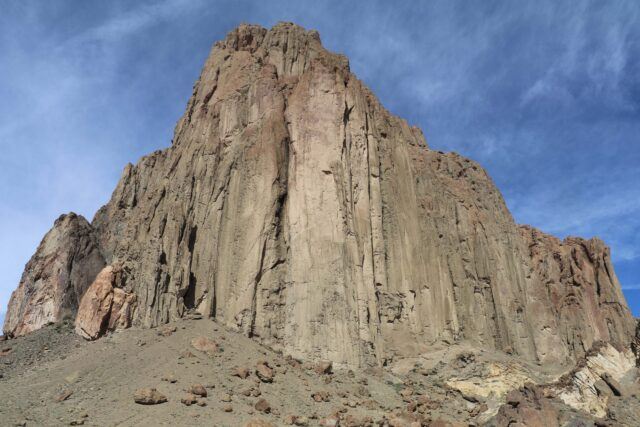

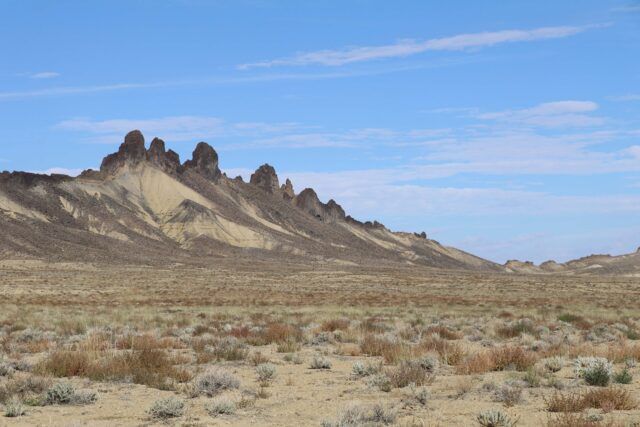
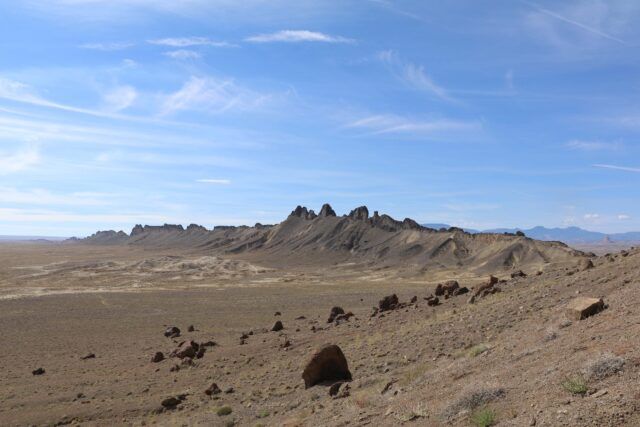
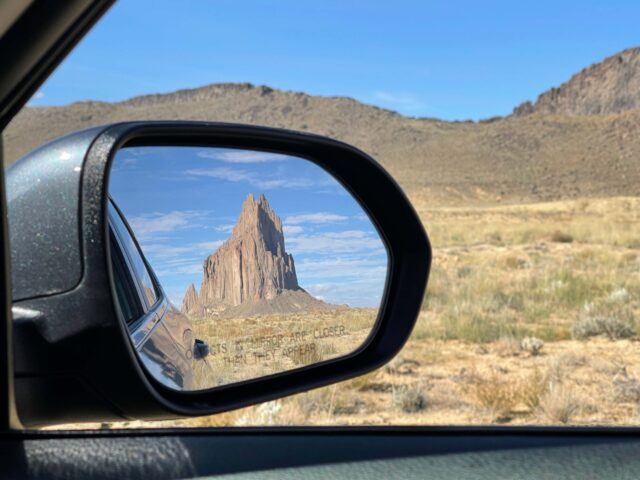

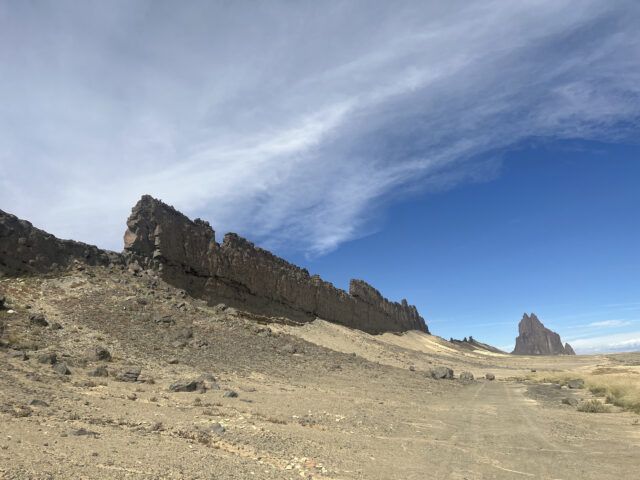
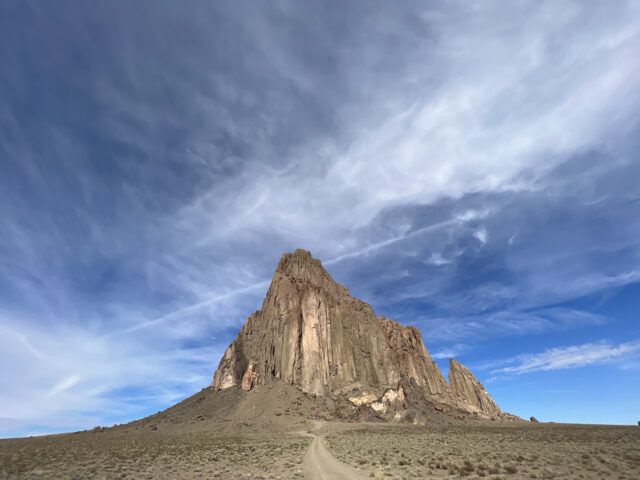
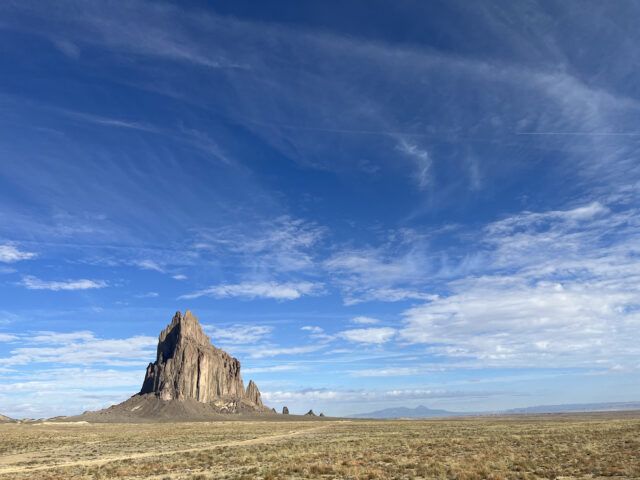
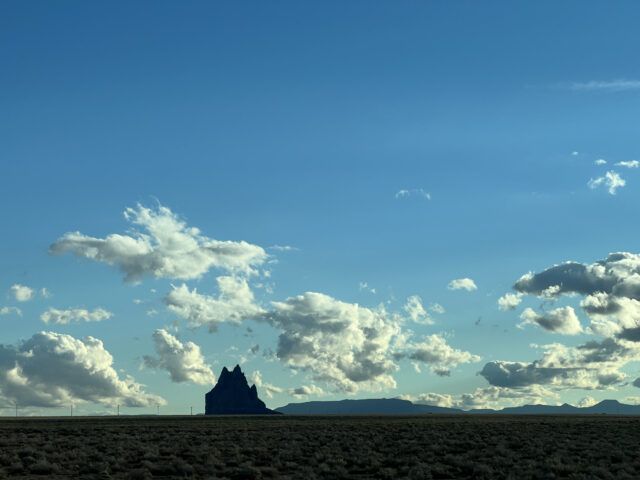
Teec Nos Pos Trading Post, Arizona
Teec Nos Pos (T’iis nazbas, “circle of cottonwoods”) Trading Post was founded by Hambleton B. Noel in 1905 near the Four Corners area where Colorado, Arizona, New Mexico, and Utah converge. As a hub for supplies and raw materials, Teec Nos Pos was an essential intermediary between the crafts market and local Diné (Navajo) weavers, emerging as an important distribution center and a driver of design innovations in the 1930s and 1940s. Its regionally distinctive and highly prized “jewel pattern” features unusual geometric motifs with black borders and brightly colored outlines set against a solid-gray-hued background. Rebuilt in 1959 after the original site burned down, the trading post remains an important marketplace for local artists, featuring a “rug room” dedicated to textiles and other crafts. It also continues to serve as a vital stop for provisions, offering fuel, groceries, and supplies for local residents.
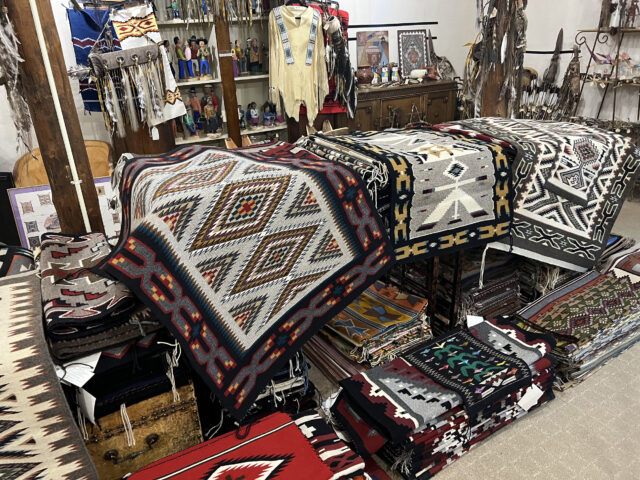
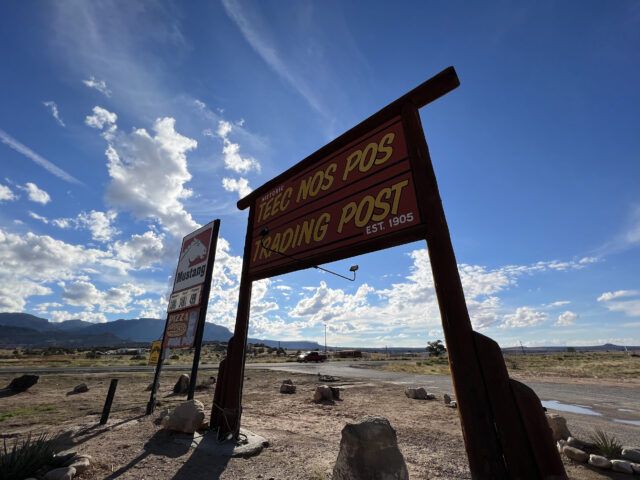
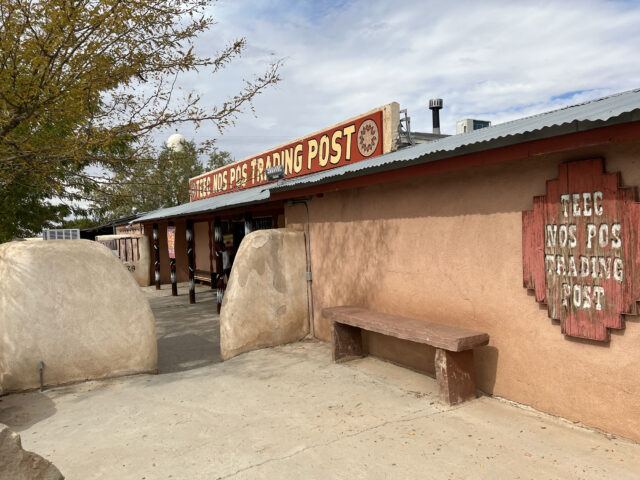
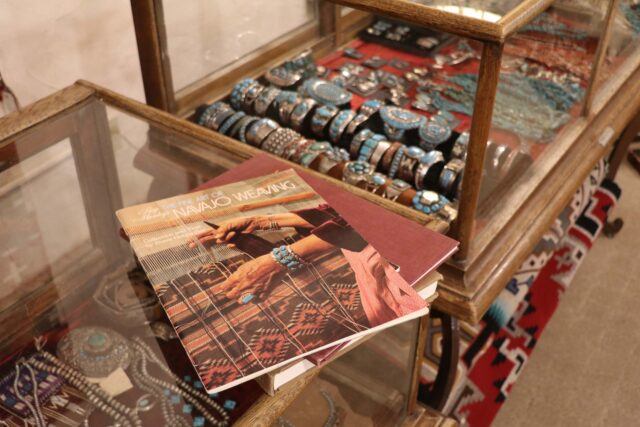


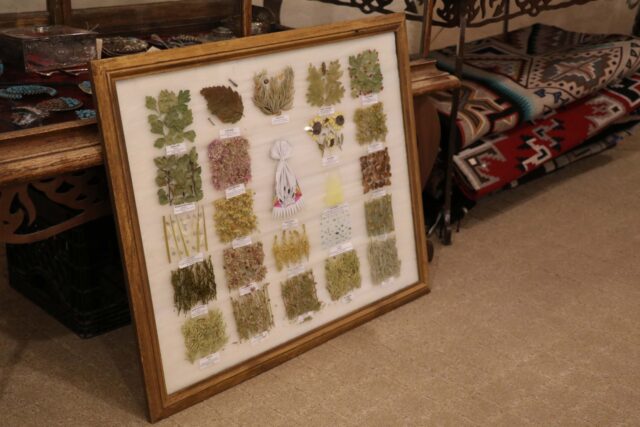
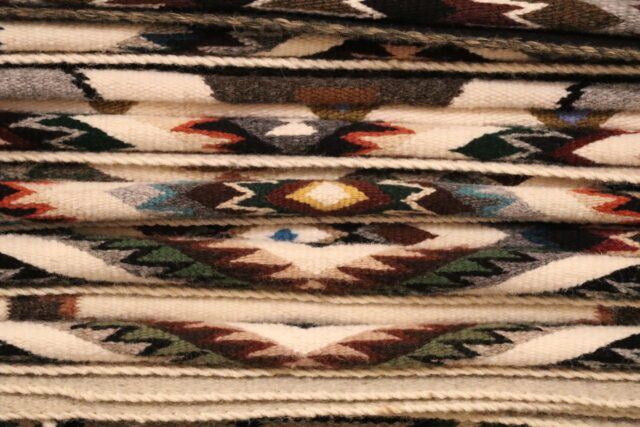
Muley Point, Valley of the Gods, Mexican Hat, Utah
Located in southeastern Utah near Mexican Hat, Muley Point is perched atop a plateau overlooking the Valley of the Gods. Facing south, the Cedar Mesa sandstone formations and Monument Valley are visible in the distance. Once the shore of an ancient sea, the rock formations in the valley are deposits from the Permian age, over 250 million years old. For many Diné (Navajo), it is believed that these formations are ancient warriors, frozen in time, who can provide protection.
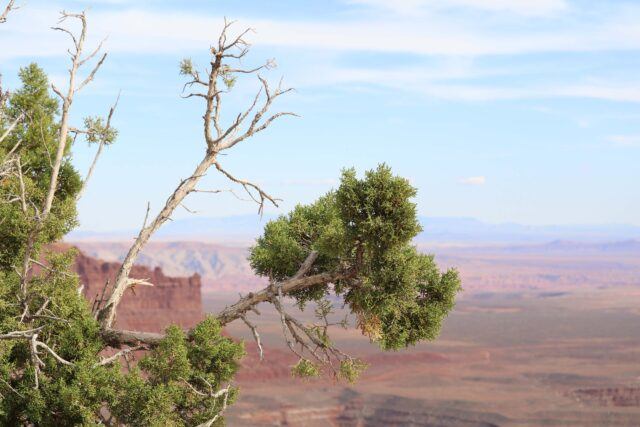

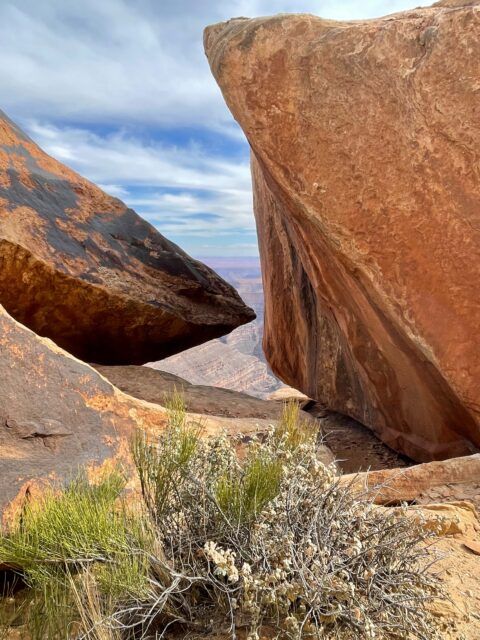
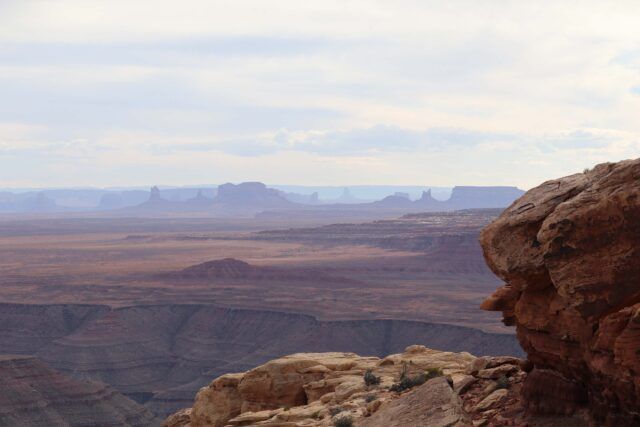
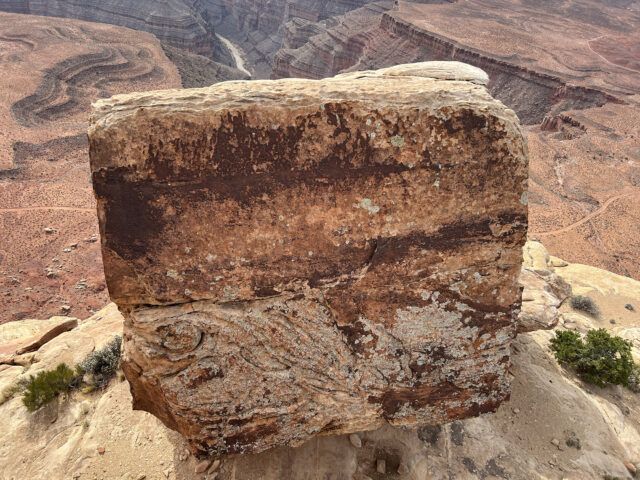
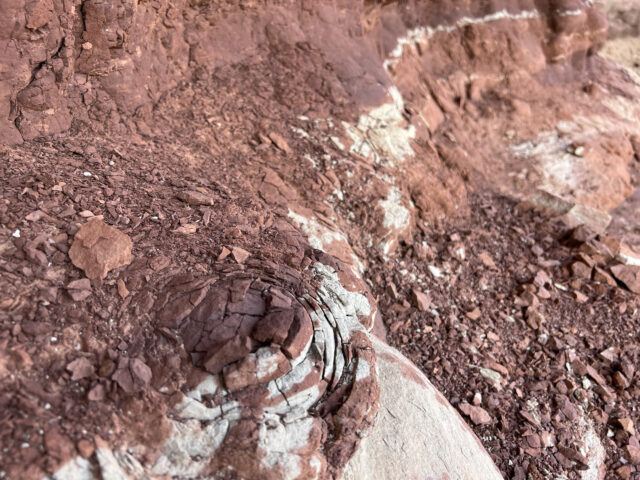

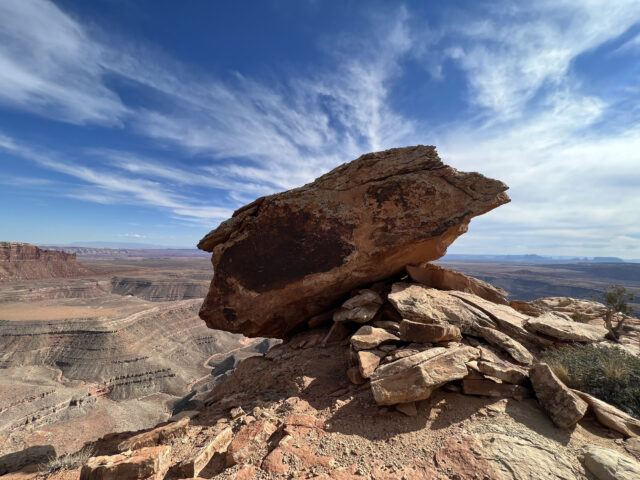
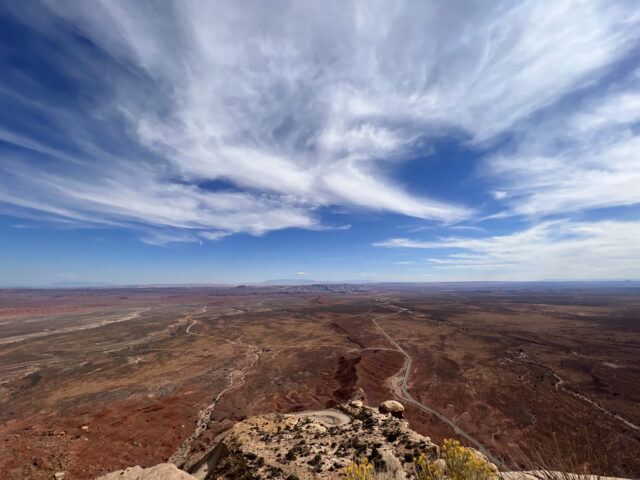
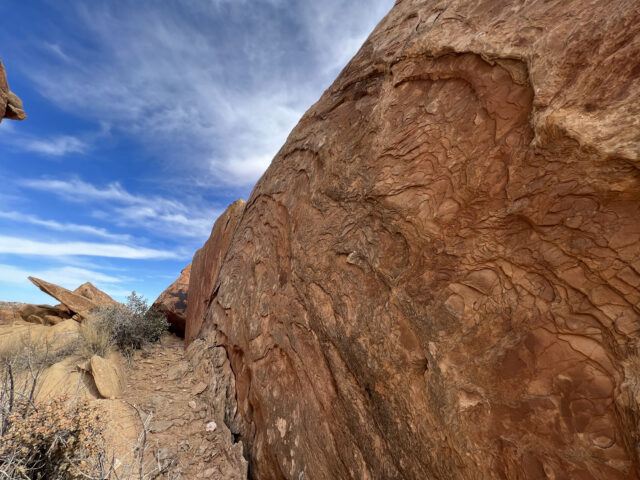

Raplee Ridge, Mexican Hat, Utah
Located in southeastern Utah, Raplee Ridge monocline is a step-like fold in rock strata that features a distinctive zigzag pattern created by the erosion of overlapping layers of light-brown sandstone, reddish-brown siltstone and sandstone, and multicolored siltstone, shale, and limestone. With the waters of the San Juan River below, its unique topography evokes the geometric shapes and earth-toned colors found in some Diné (Navajo) weavings. Nearby, the Mexican Hat rock formation, named for its likeness to a sombrero, features a sandstone caprock balanced atop a cone of red shale and siltstone. Although the region is not frequently cited in Diné historical sources, it is known for its connection to Big Snake, a mythological creature of protection.
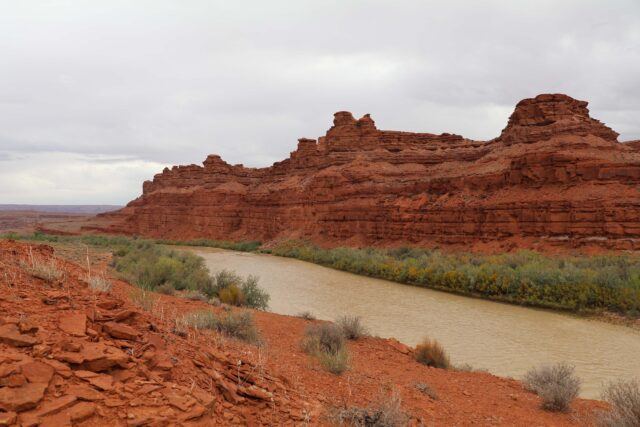
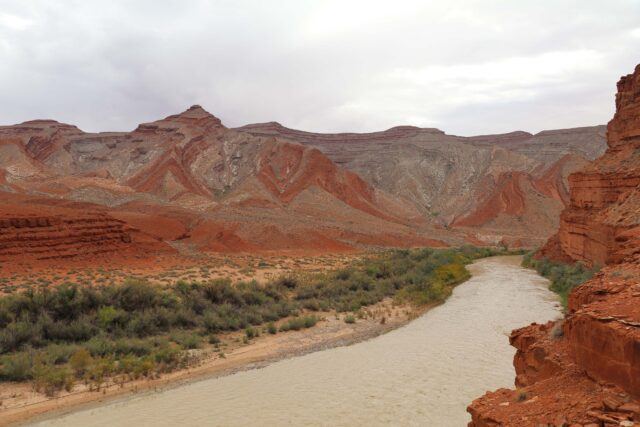
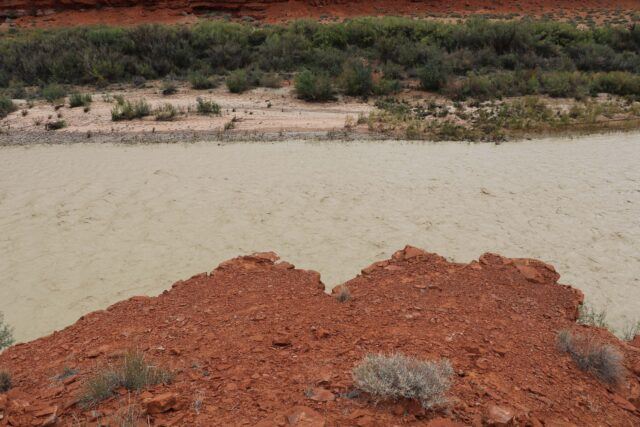
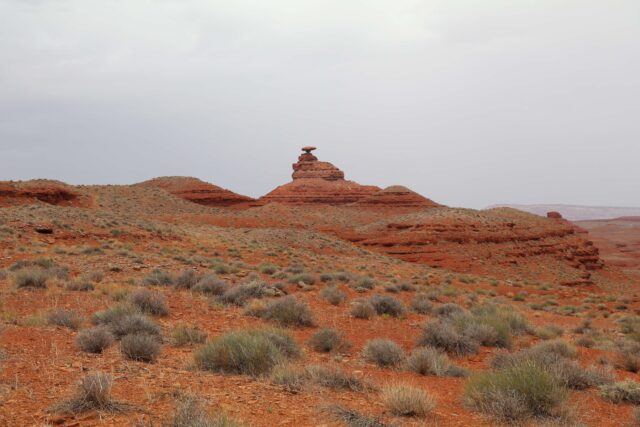


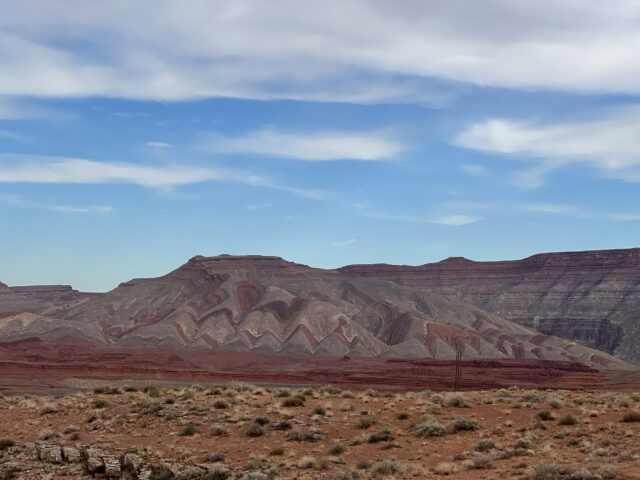
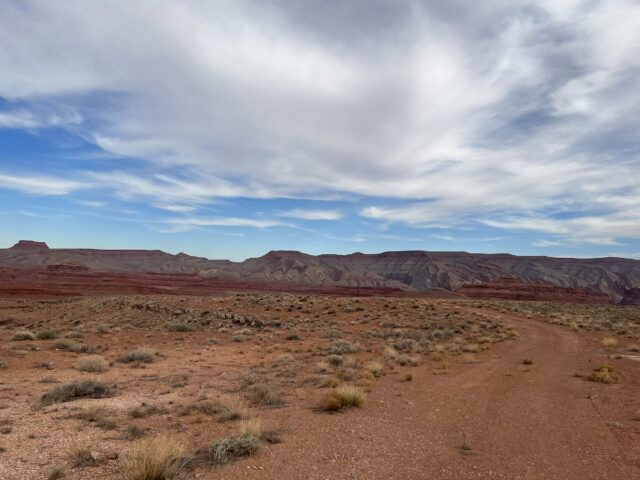

Hunters Point and Oak Springs, Arizona
The communities of Hunters Point and Oak Springs (Teelch’init’i’i, “Cattails in a Row”), are located in Apache County, Arizona. Hunters Point is nine miles southwest of Window Rock and is home to the Hunters Point Trading Post, once frequented by Diné traders. Nearby lies the small chapter community of Oak Springs, which shares its name with the surrounding natural spring where it was founded. As the name implies, the area is rich in timber as well as the plants that Diné weavers use for natural dyes (almost 300 dye-yielding plant species are available in the area).
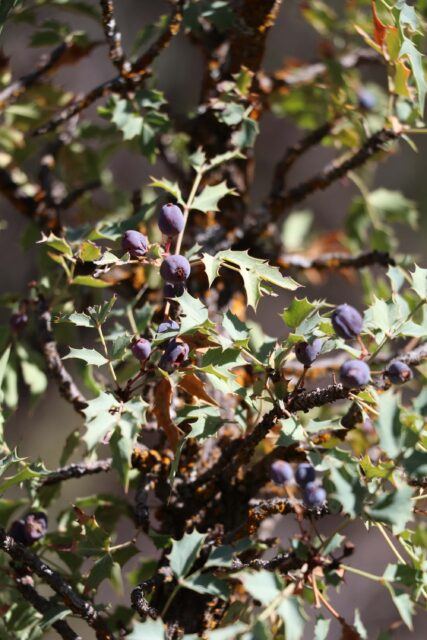

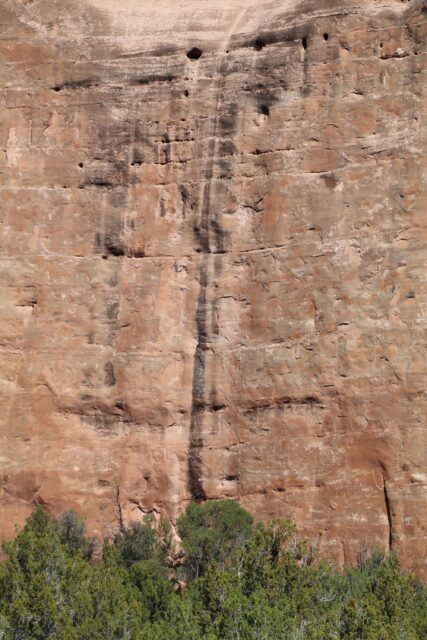

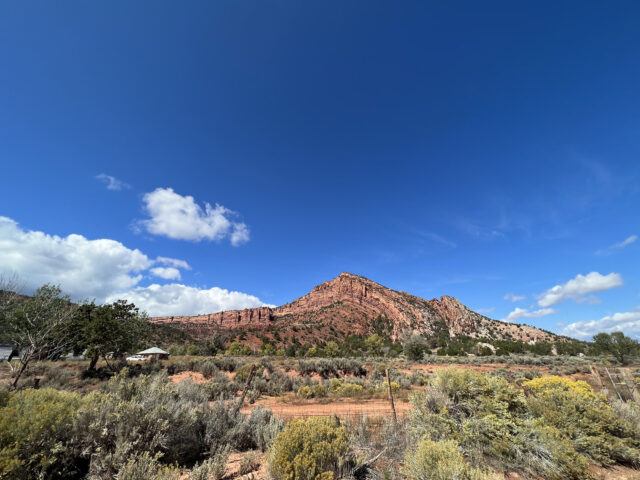
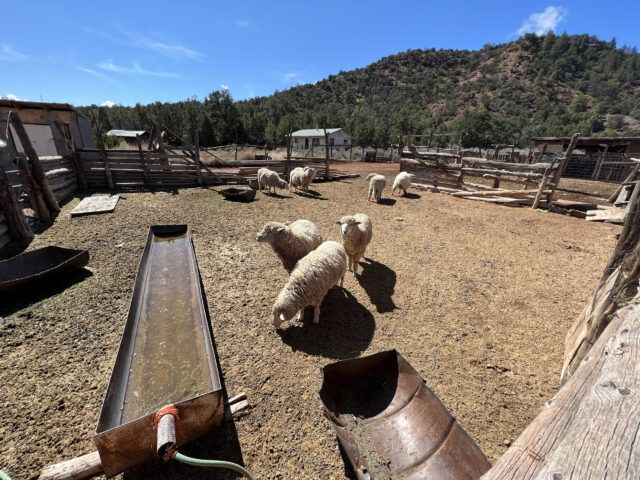
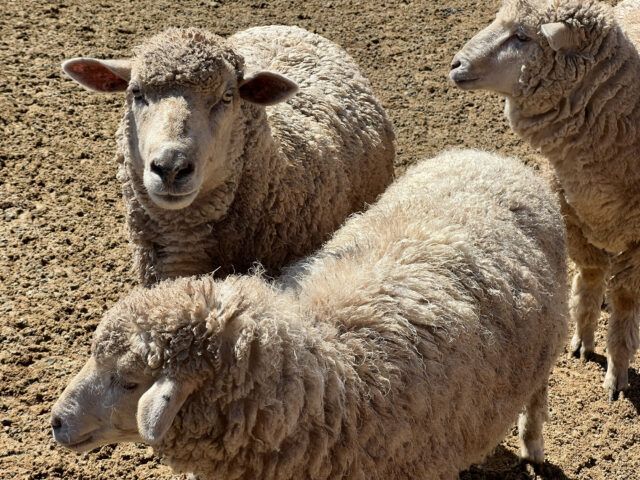

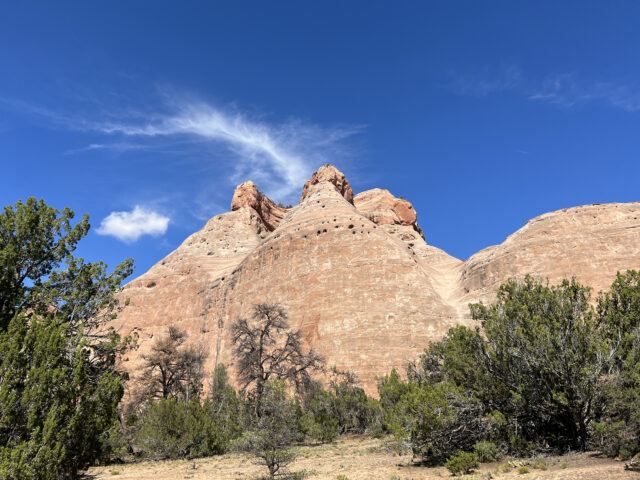
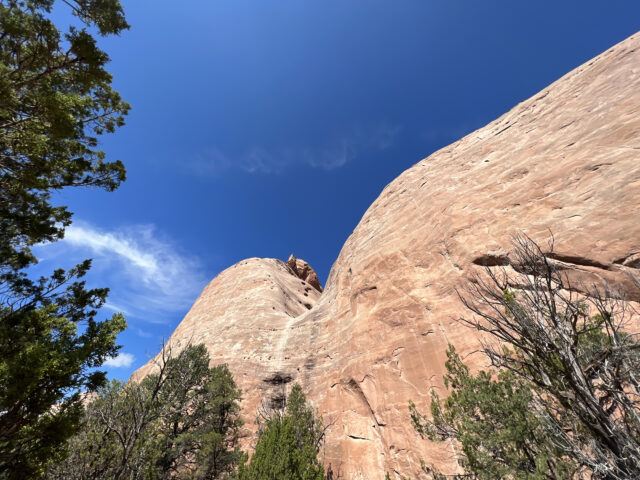
Experiencing the Navajo Nation
Early in our collaboration on this exhibition, the team involved with this map project discussed the possibility of visiting and documenting a selection of locations in the Navajo Nation. Our intention was to provide an immersive entry point to Dinétah, as well as to make visible the connection between homeland and Diné (Navajo) textiles, creativity, thought, and being. As a photographer, visiting these locations has always been a way to activate my attention to the details of a landscape, helping to draw my gaze to the many layers, shapes, surfaces, and textures around me. It is an active learning experience that transforms physical spaces into sites of curiosity, inquiry, and wonder.
I hope that through our accumulated field recordings, stills, and videos you will also be able to appreciate these sites in this way and develop a more holistic understanding of Diné space and time. We invite you to stand among the rabbitbrush and observe the land, the vegetation growing on cliffsides between rock slabs, the sheep in their corral, the sky and scattered clouds above. We encourage you to contemplate the connection and relationship between each of these elements and the makers and textiles featured throughout the project. And finally, we offer this project to the Diné community as a way to position themselves in their surroundings and in the world. It is a way to acknowledge the importance of our homeland as a source of pride, hope, and identity, as well as our connection and responsibility to one another.
—Rapheal Begay (Diné)
The following soundscape is an original composition by Diné pianist and composer Connor Chee, created to accompany the 360 imagery included in the exhibition. It layers audio field recordings made at the locations featured in this interactive with a dreamlike medley of original works, including “Weaving,” “Sheep,” and “Female Rain” (all from Chee’s 2020 release, Scenes of Dinétah), and a Navajo traditional, “Girl’s Dance Song.”
Connor Chee (Diné, b. 1987), Landscapes, 2023. Original composition with samples of field recordings by Hadley Welch Jensen and Jesse Merandy, 10 min., 50 sec., no narration. Courtesy the artist.
Support for this project provided by NYU Gallatin’s WetLab.
Film and photography permit approved by Navajo Nation TV & Film, Window Rock, Arizona.


